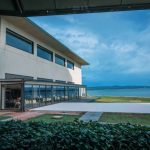Friends, the second stop of our “Finding Leisure in Yunnan” journey is here, and this time we’re talking about Weishan.
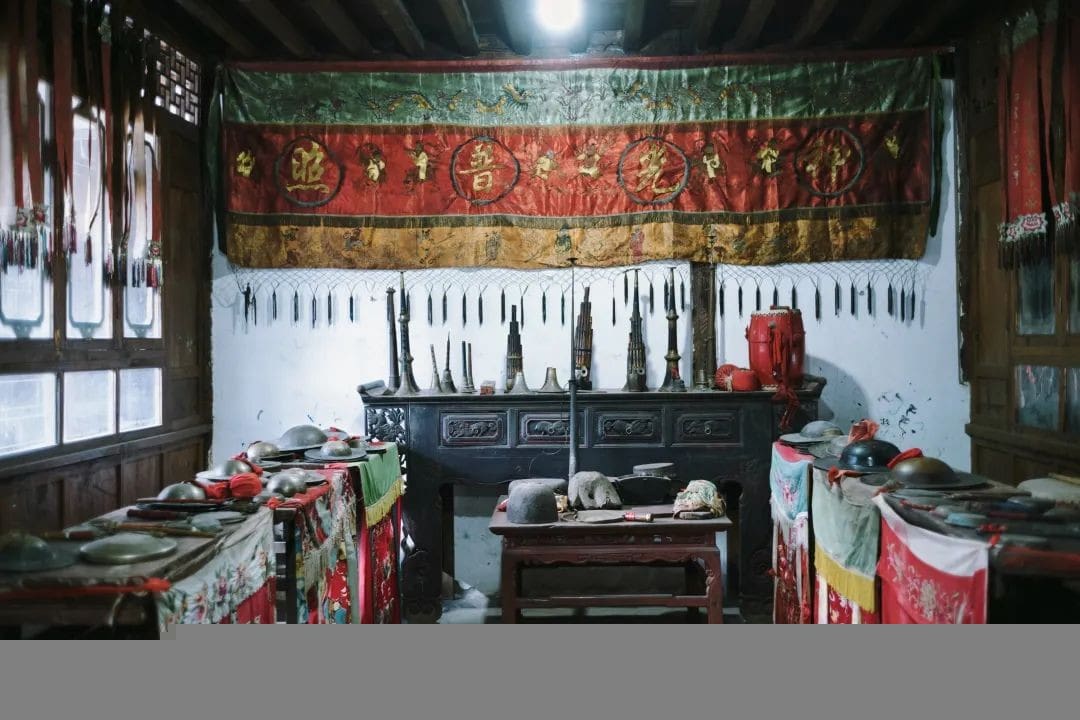
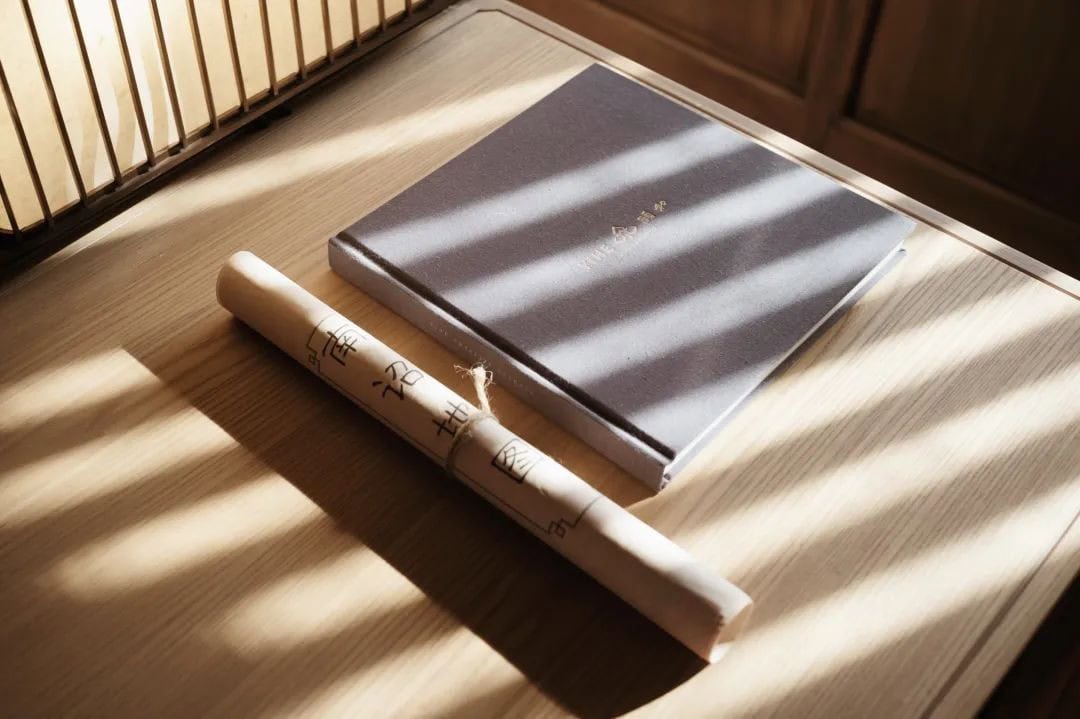
Our readers should not be too unfamiliar with this place, as Cai Cai previously recommended the Yihuo Yunxi Jinshi Hotel in Weishan and also provided some background information.
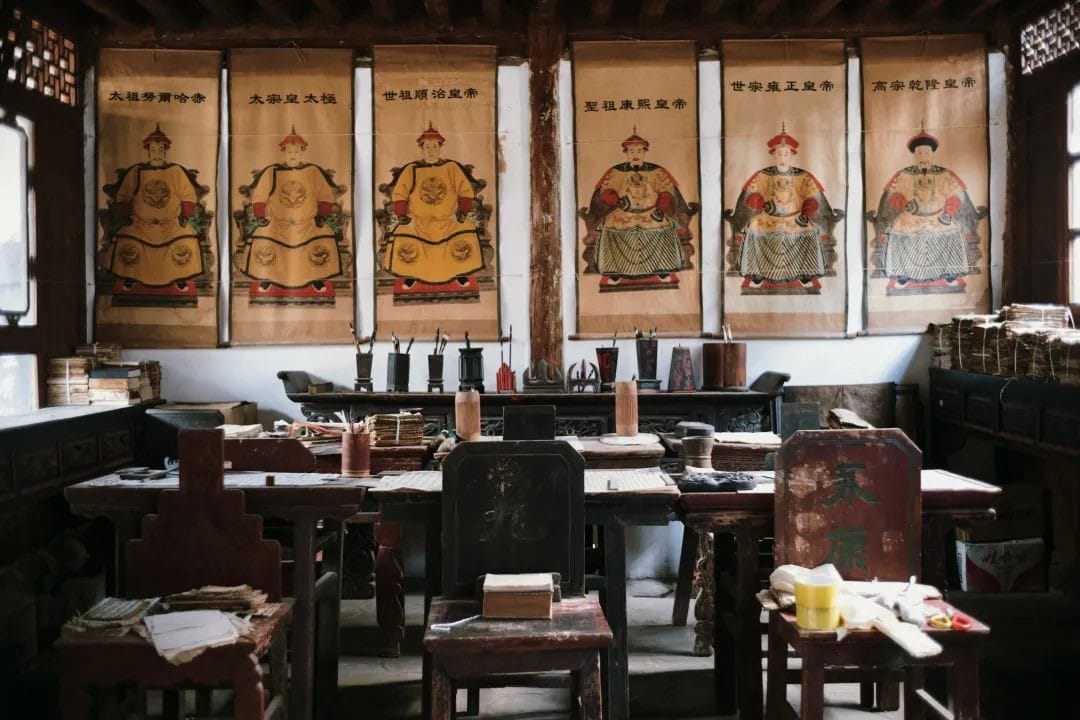
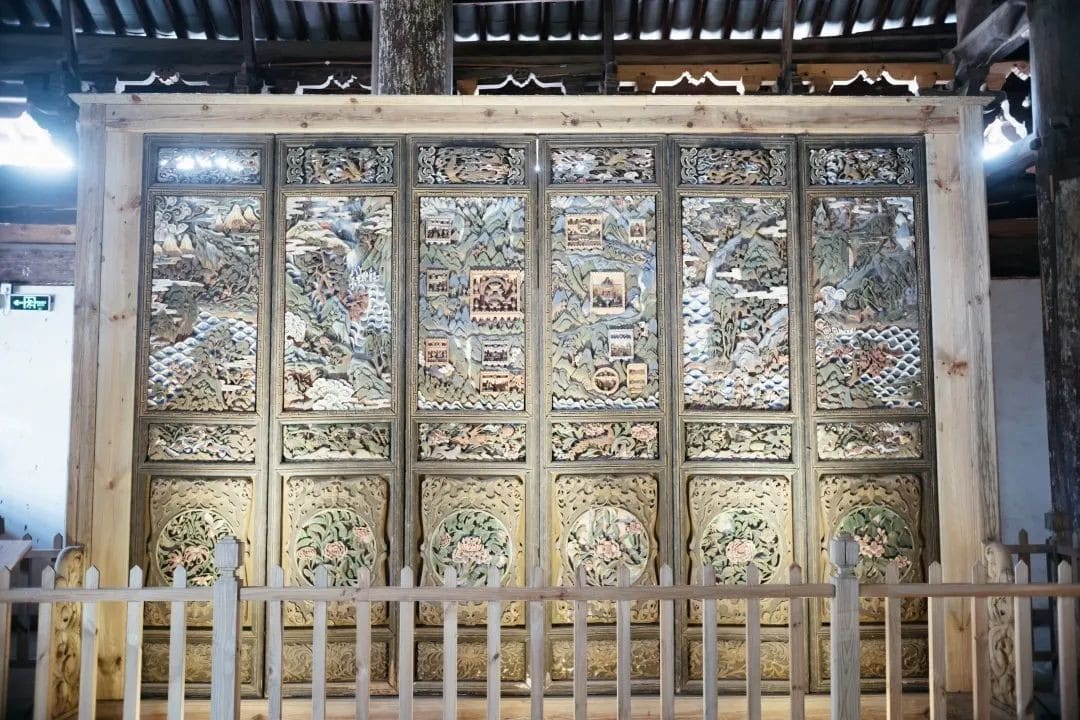
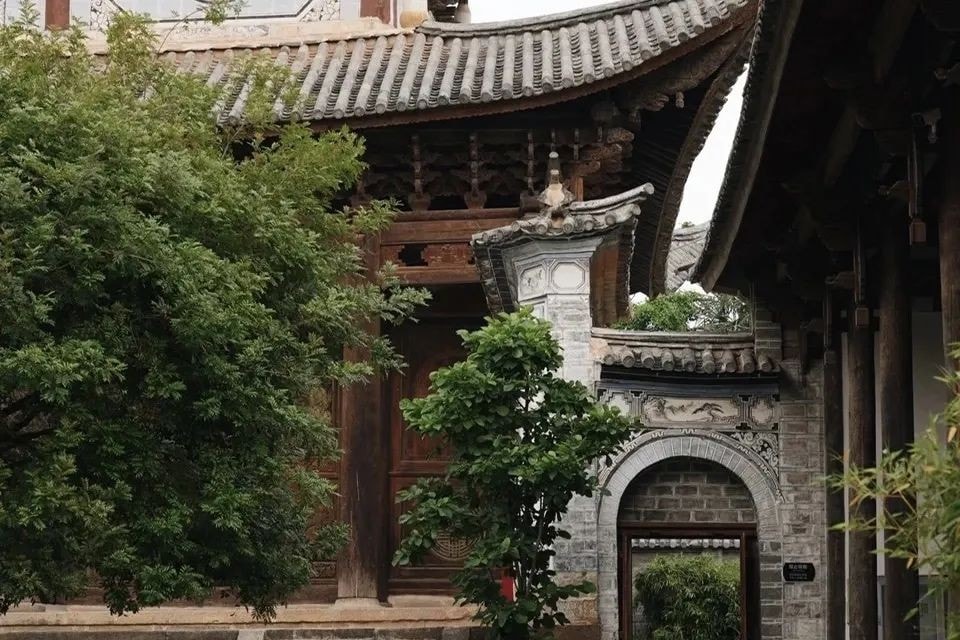
Weishan was once the capital of the Nanzhao Kingdom, a true ancient city in Yunnan, with a history even older than Dali. It boasts the best-preserved Ming and Qing dynasty ancient buildings in China.
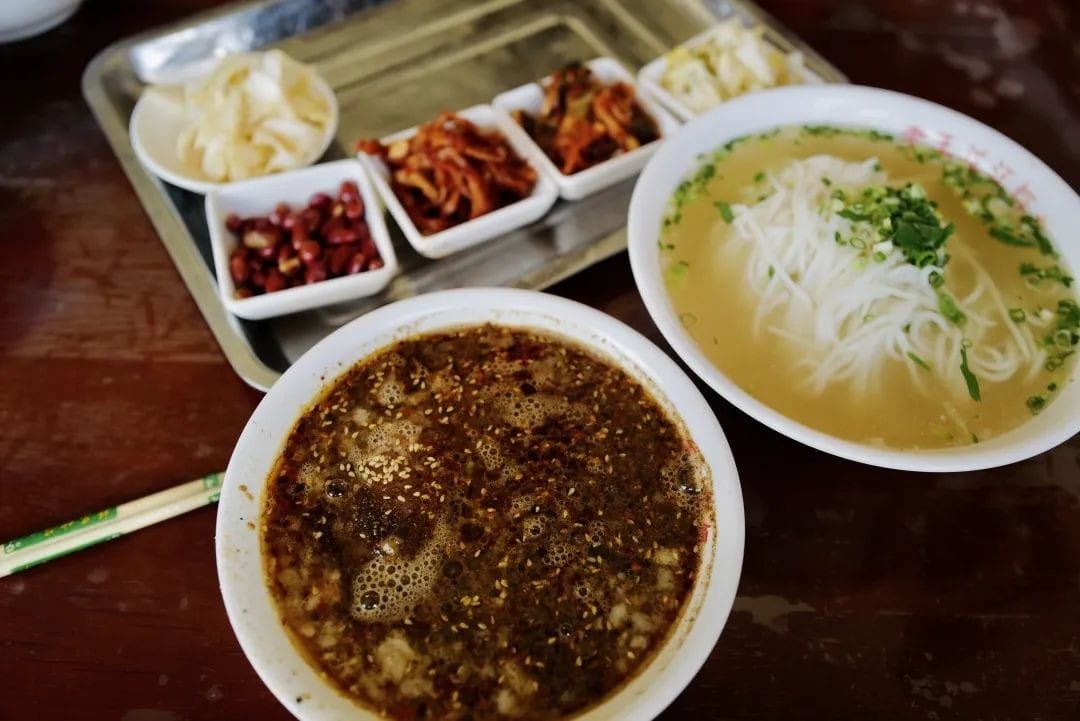
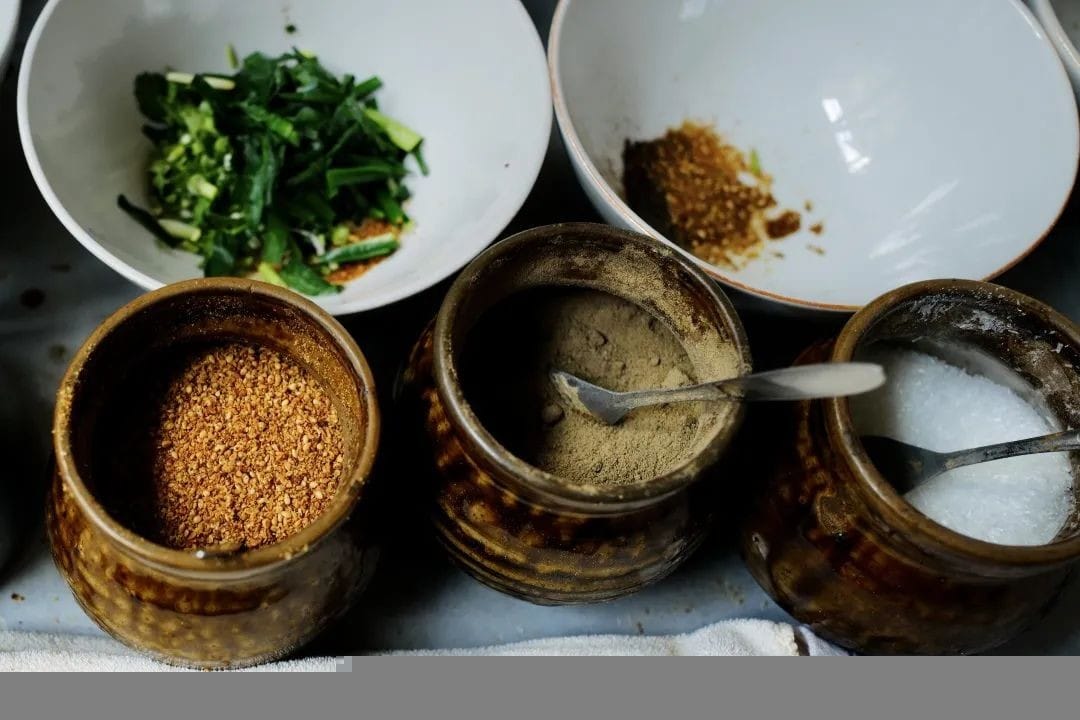
In terms of cuisine, Weishan is also an outstanding contender, offering much tastier food than Dali. Many street food stalls in Dali, such as the famous Pa Rou Er Si, actually originated in Weishan.
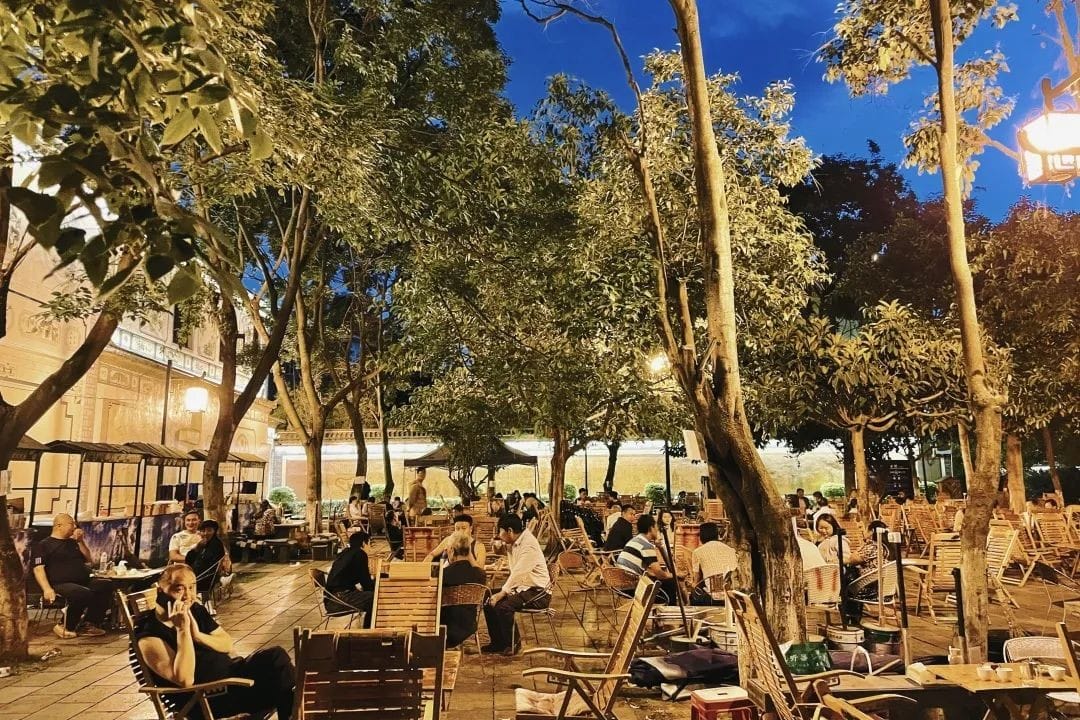
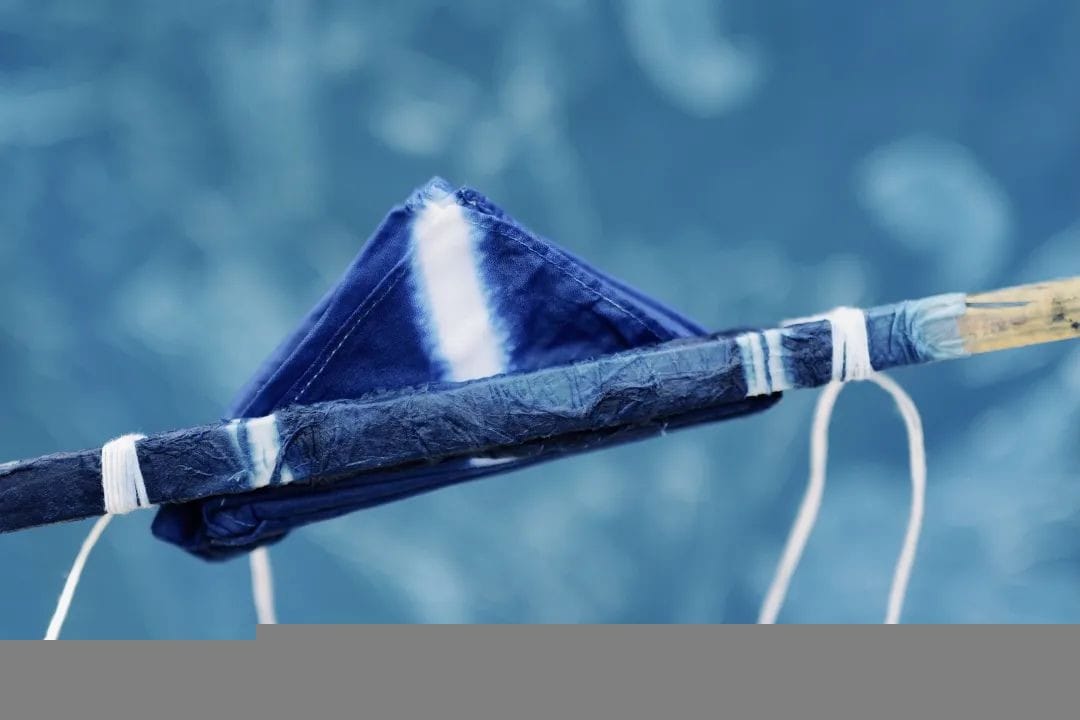
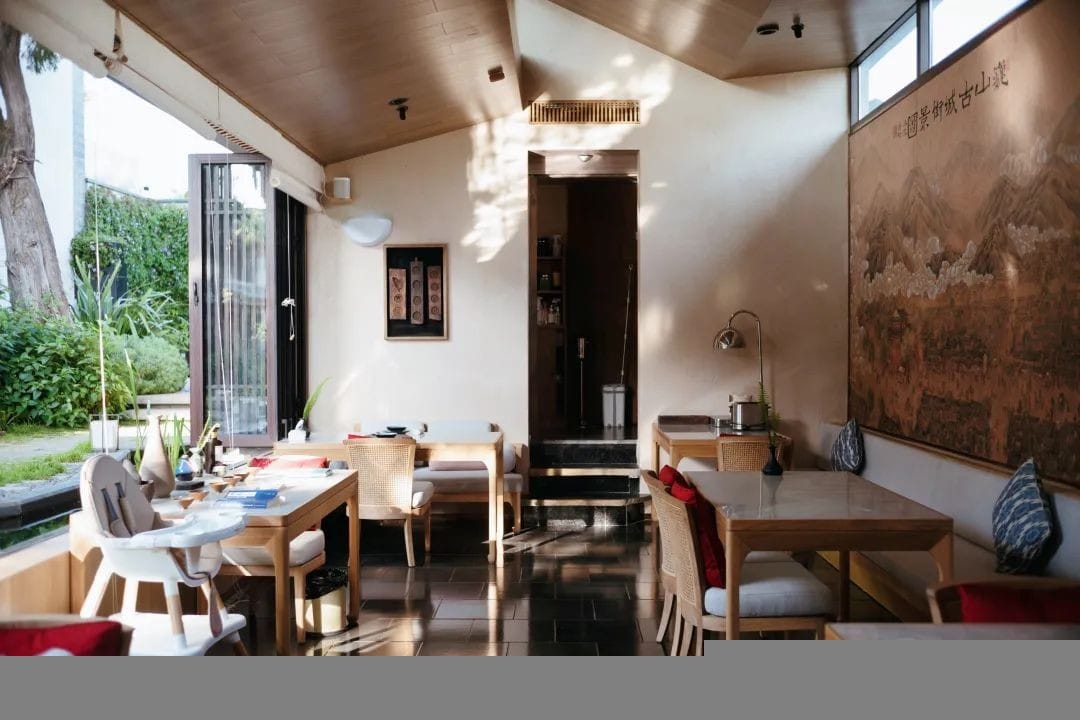
It is an Yi and Hui Autonomous County, where although the minority groups have different customs, they live together in great harmony.
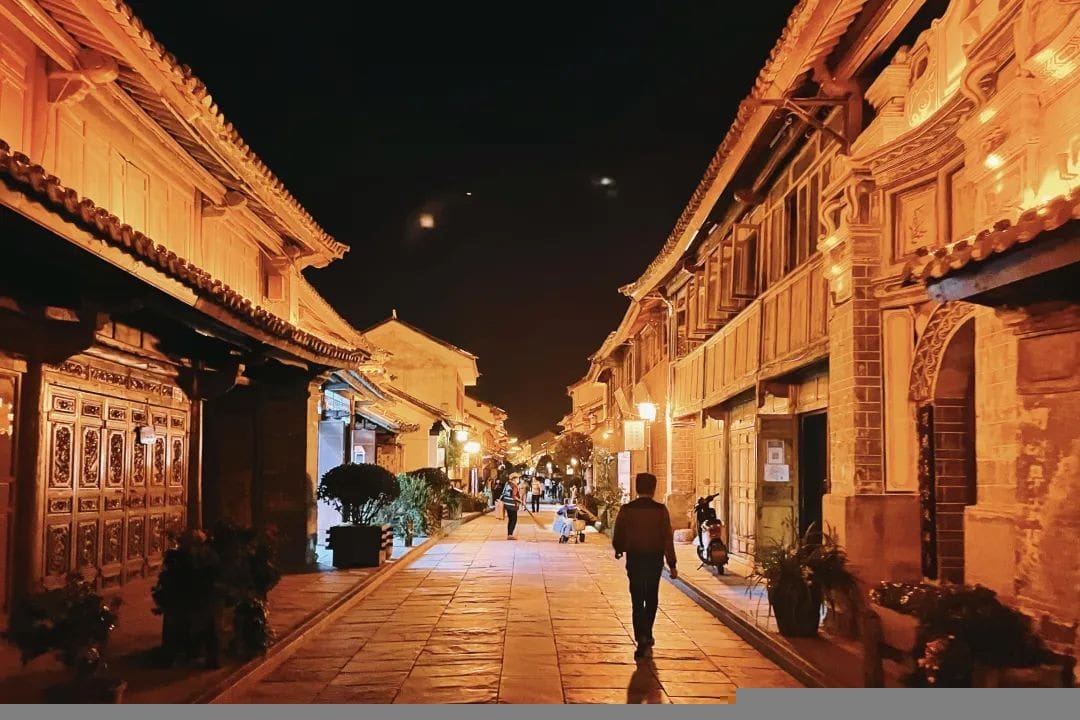
Spring brings the millennia-old Yi sacrificial ceremony, summer is filled with the passionate Torch Festival, and autumn is marked by the romantic Yi dance. Unlike the increasingly perfunctory city festivals, the minority communities have a strong sense of ritual when it comes to celebrating, and the New Year’s atmosphere is very strong.
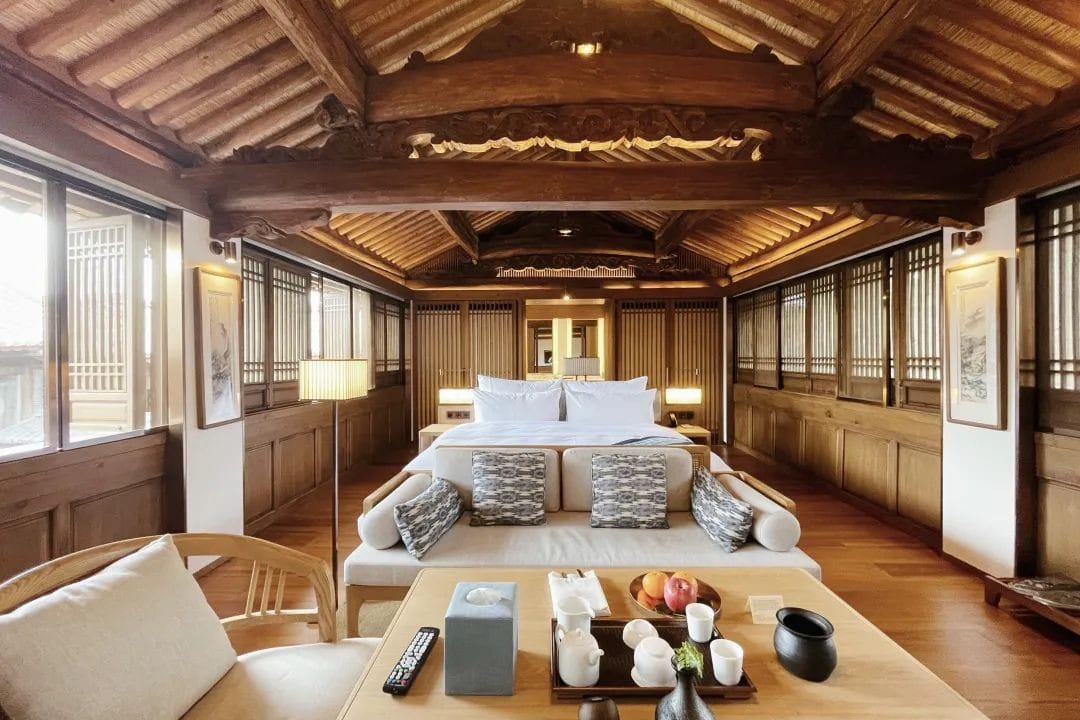
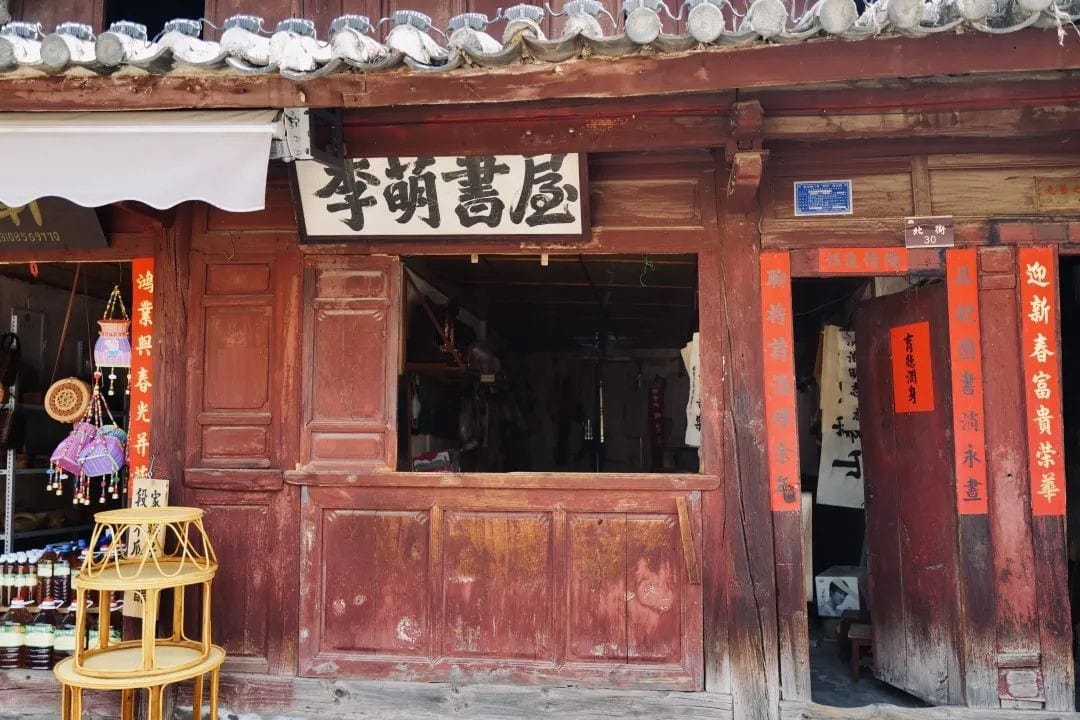
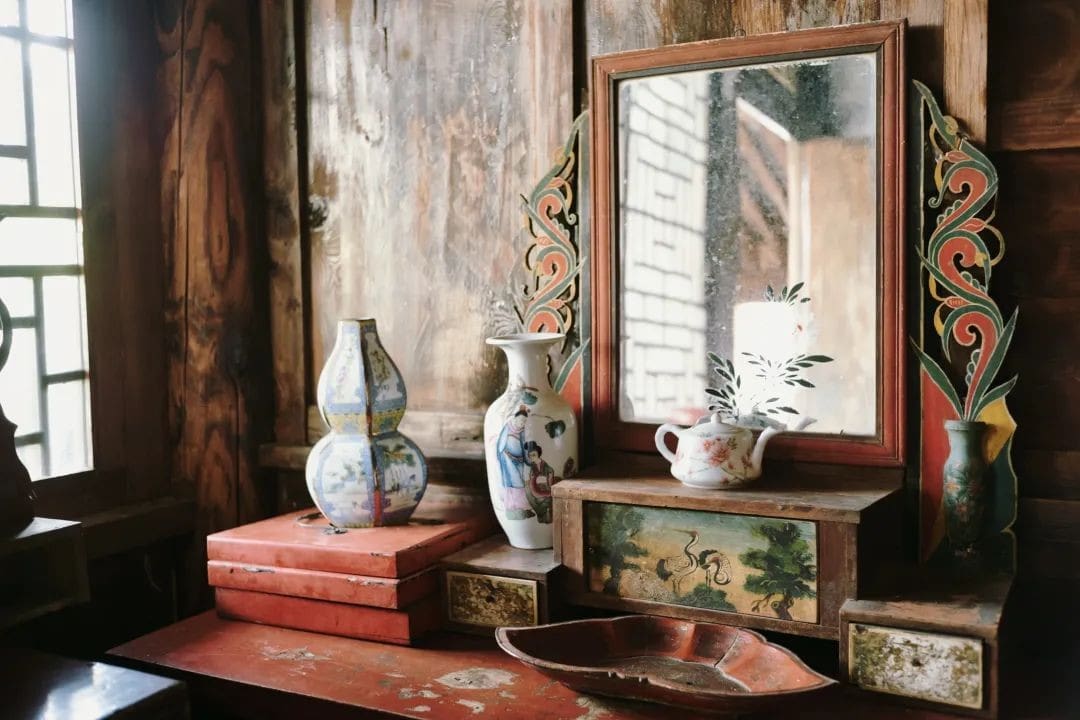
Weishan Ancient City is probably the one with the highest concentration of indigenous residents among all the ancient cities in Dali. Walking through the streets of the ancient city, it feels as if the pandemic never happened here, and the lives of the residents have remained unchanged for decades.
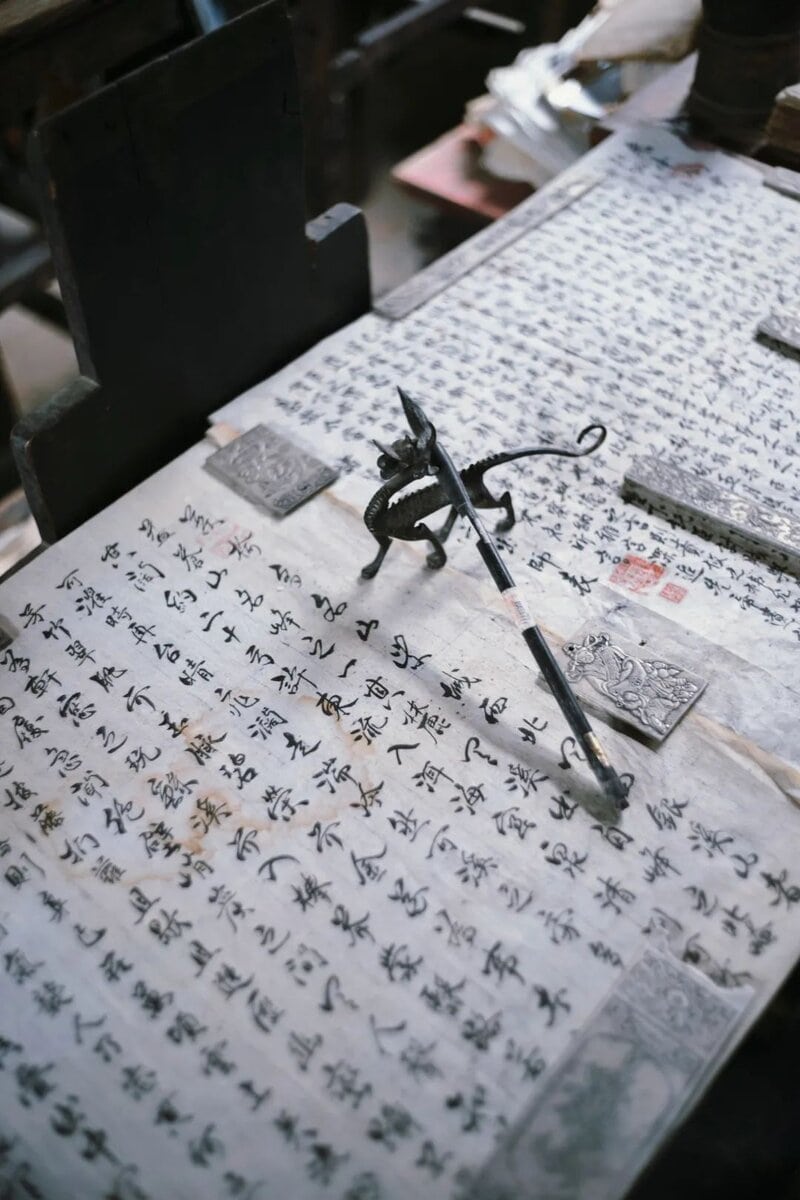
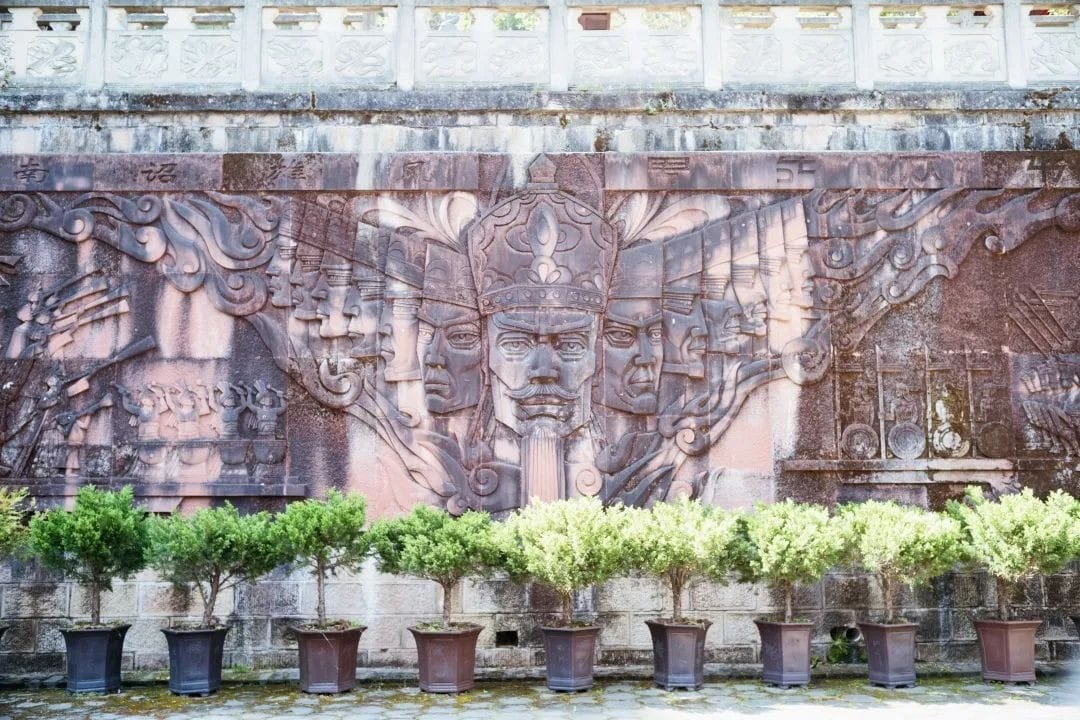
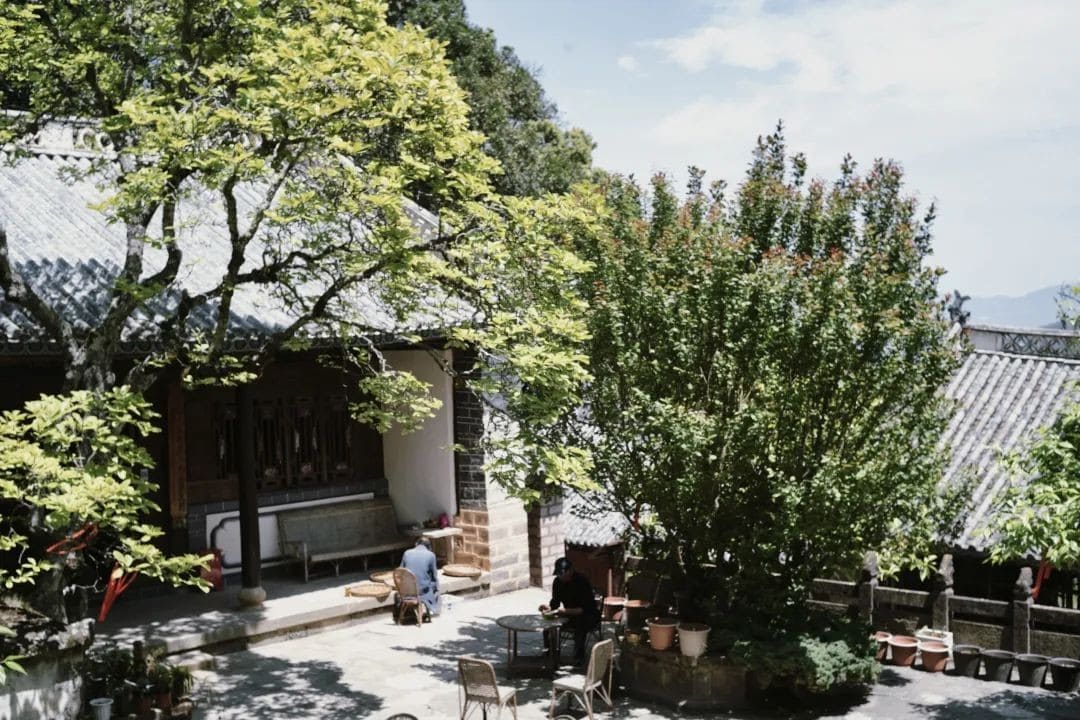
Those who have visited Dali once or twice certainly won’t consider this place. But for those who have visited Dali multiple times, Weishan is truly worth exploring. It is slow-paced, tranquil, and has good hotels, making it an excellent choice for a vacation.
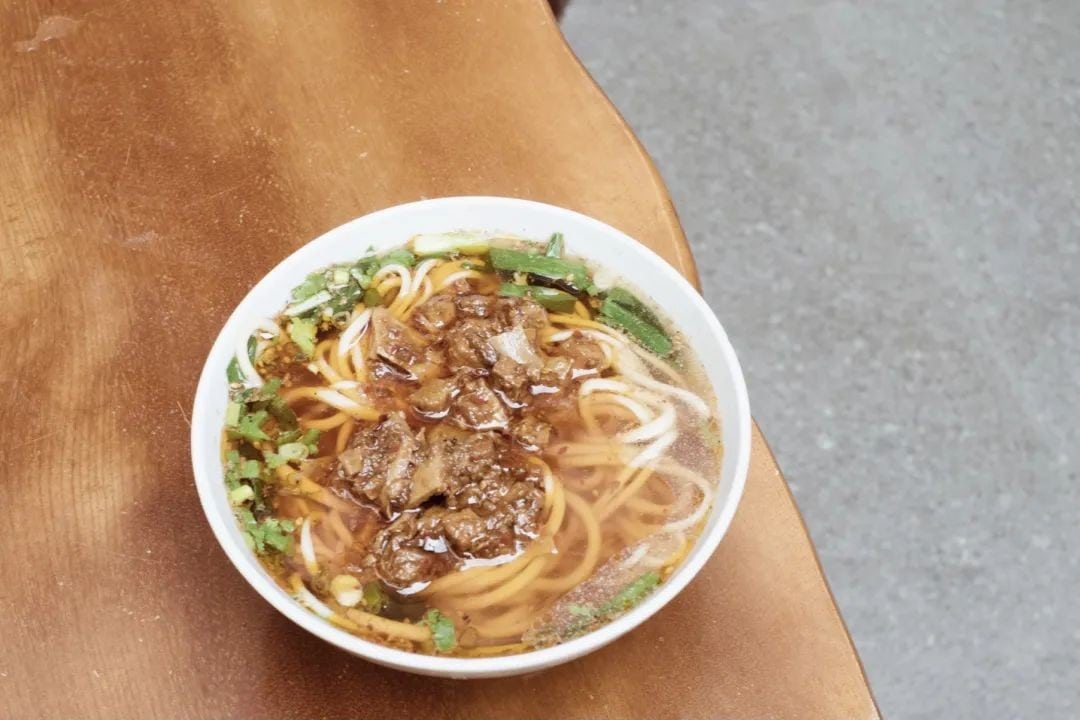
Moreover, now that the high-speed rail is open, it only takes 22 minutes to travel from Weishan to Dali.
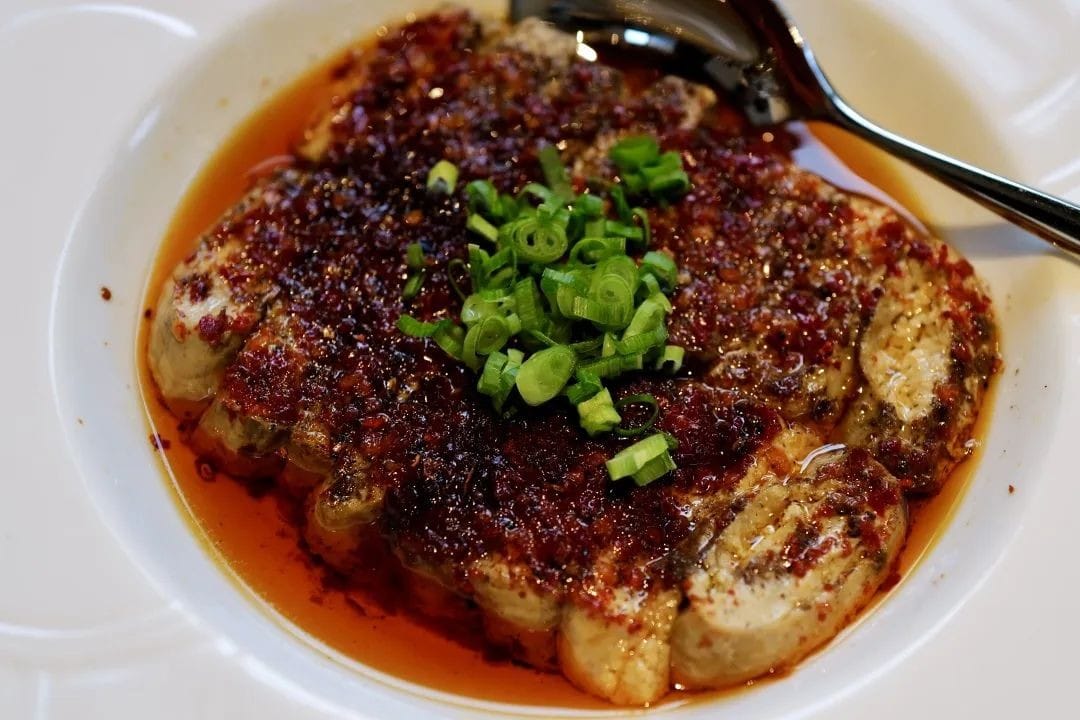
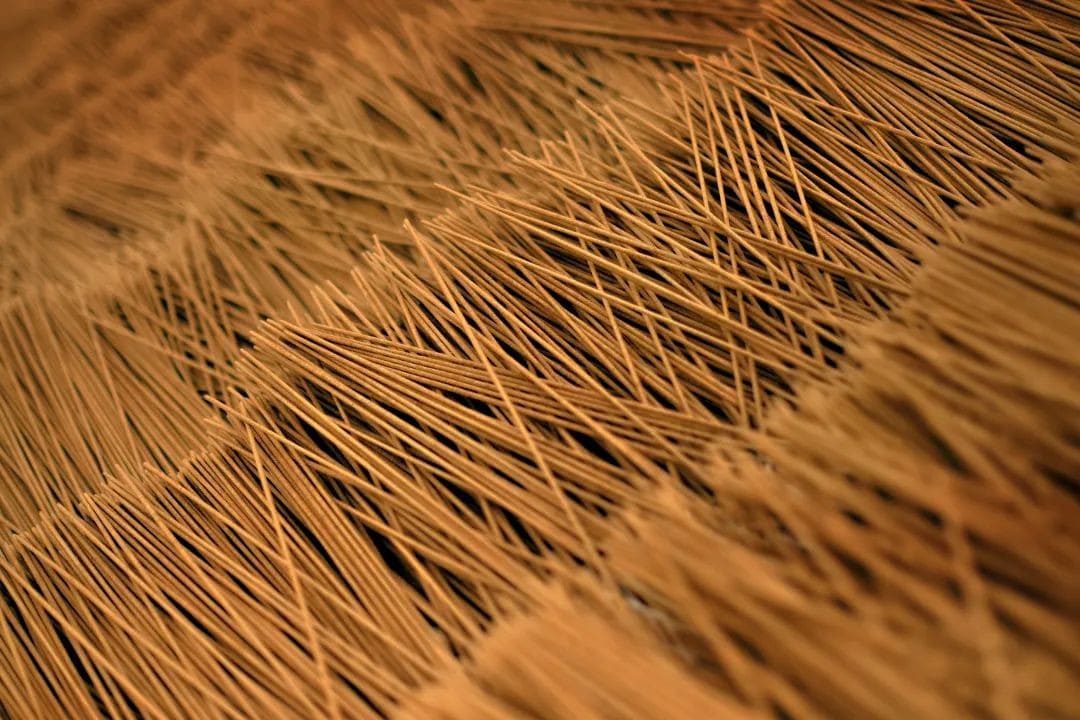
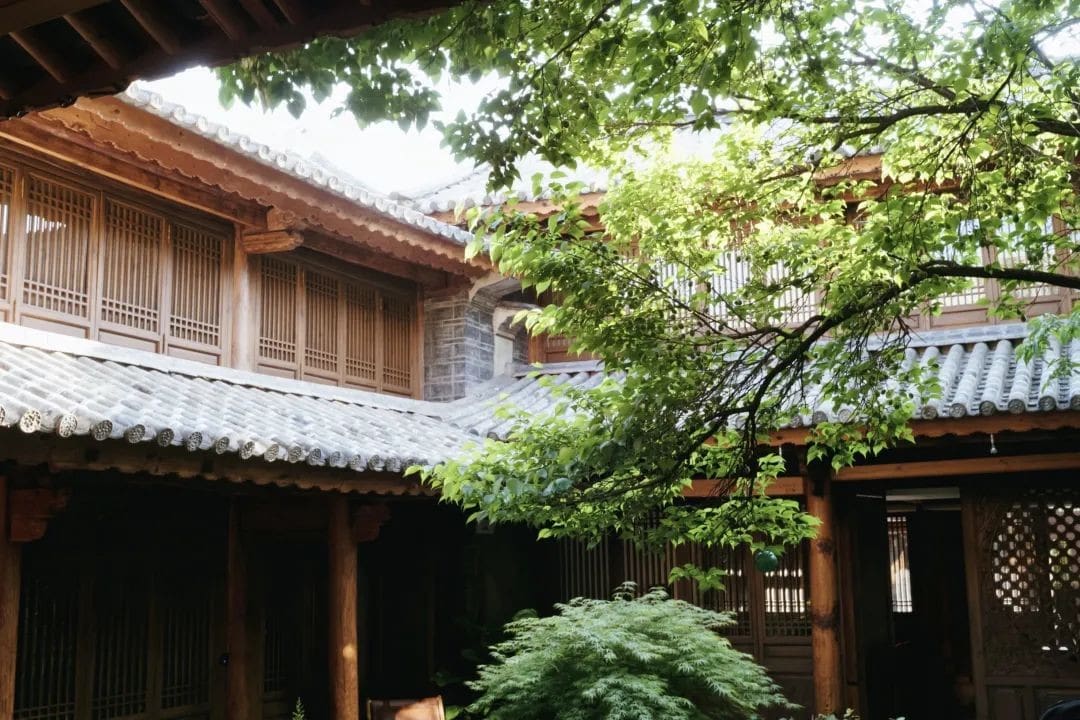
This time, I was able to use Cai Cai’s previous Yihuo Yunxi Jinshi Hotel package, which was truly delightful. In addition to the hotel room, it included meals, tours, intangible cultural heritage experiences, and some local famous snacks.
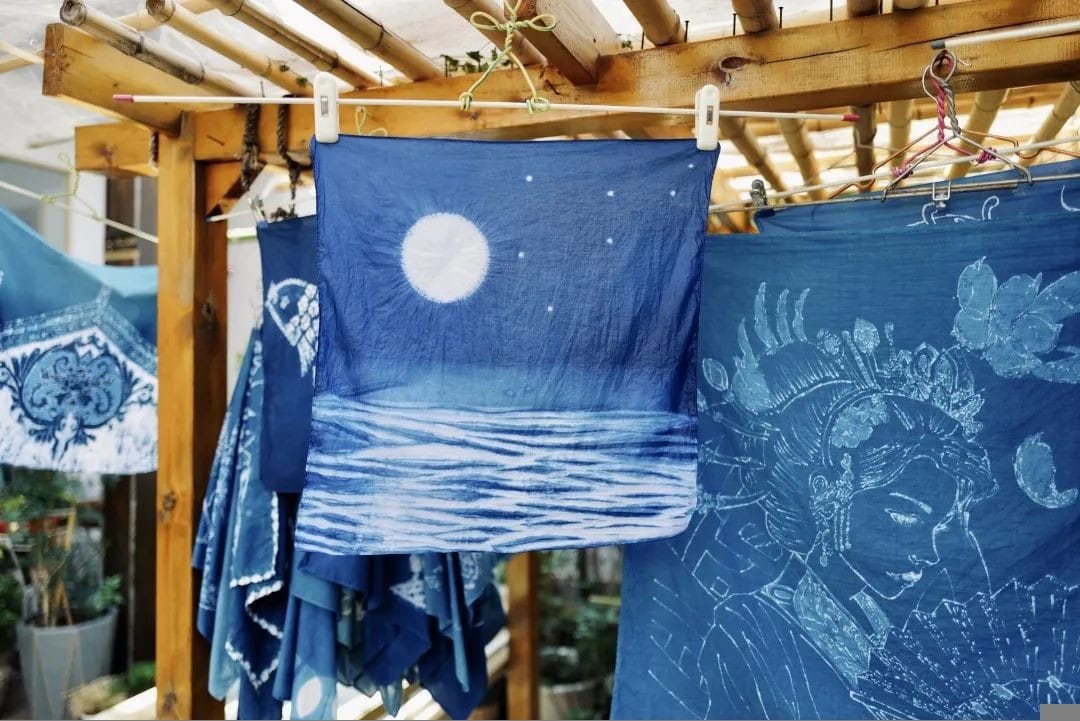
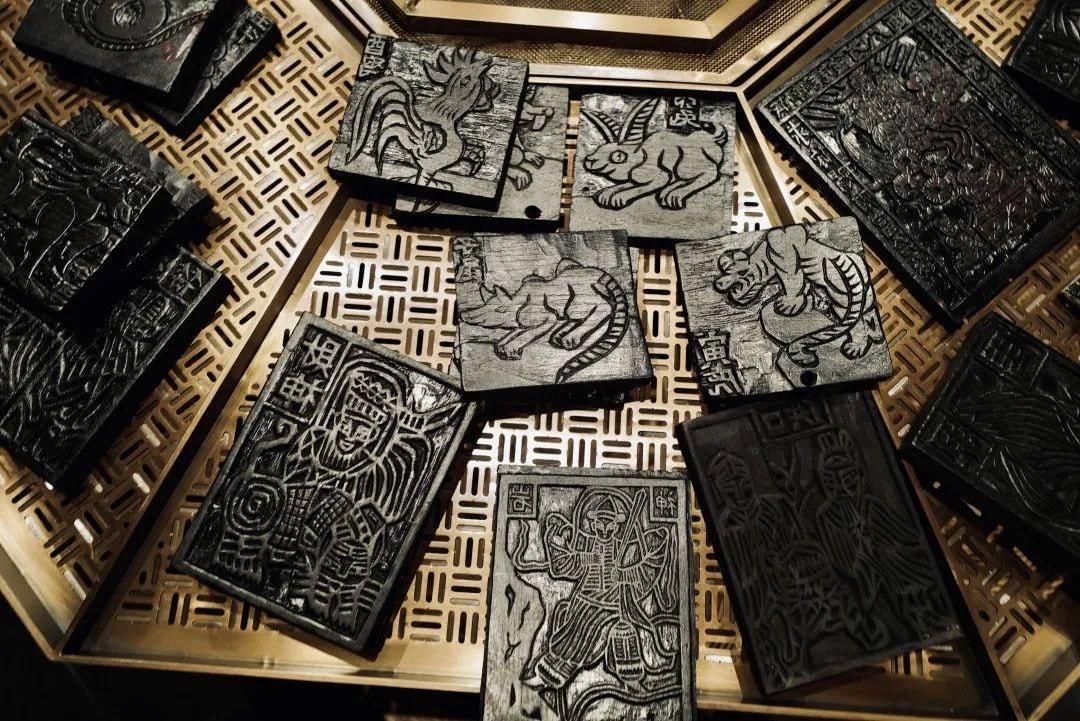
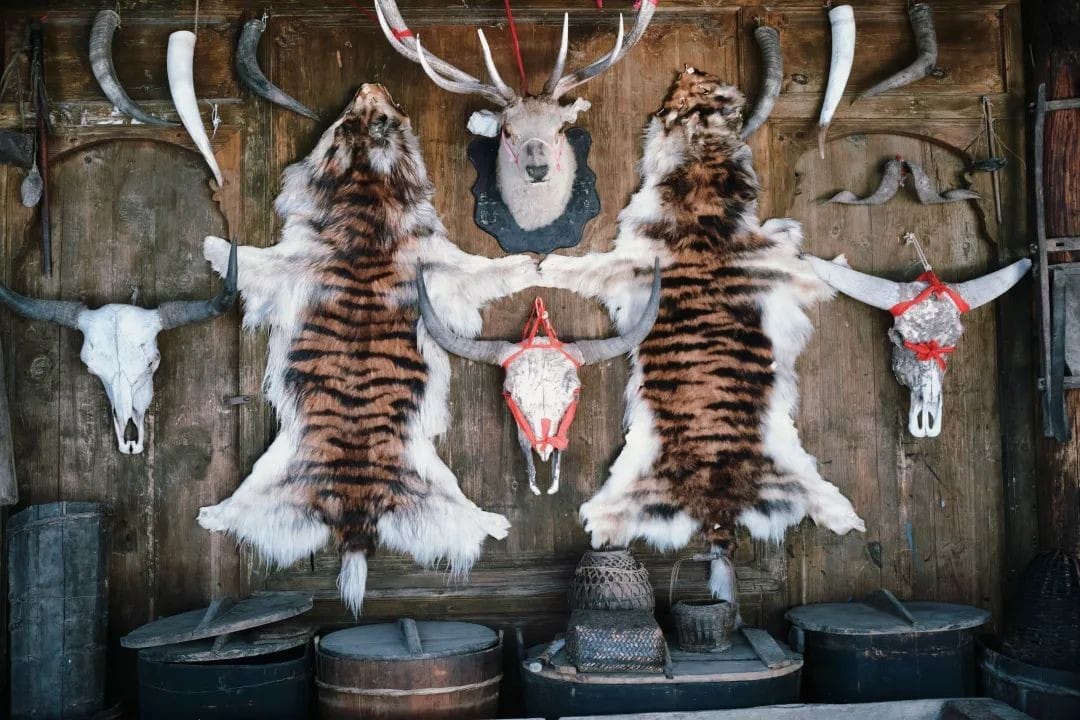
Traveling to such a historically rich niche destination, having someone guide you and exploring on your own are two completely different experiences. Exploring on your own might feel a bit aimless and slightly dull. But if someone provides you with historical and behind-the-scenes stories, these ancient buildings suddenly come to life.
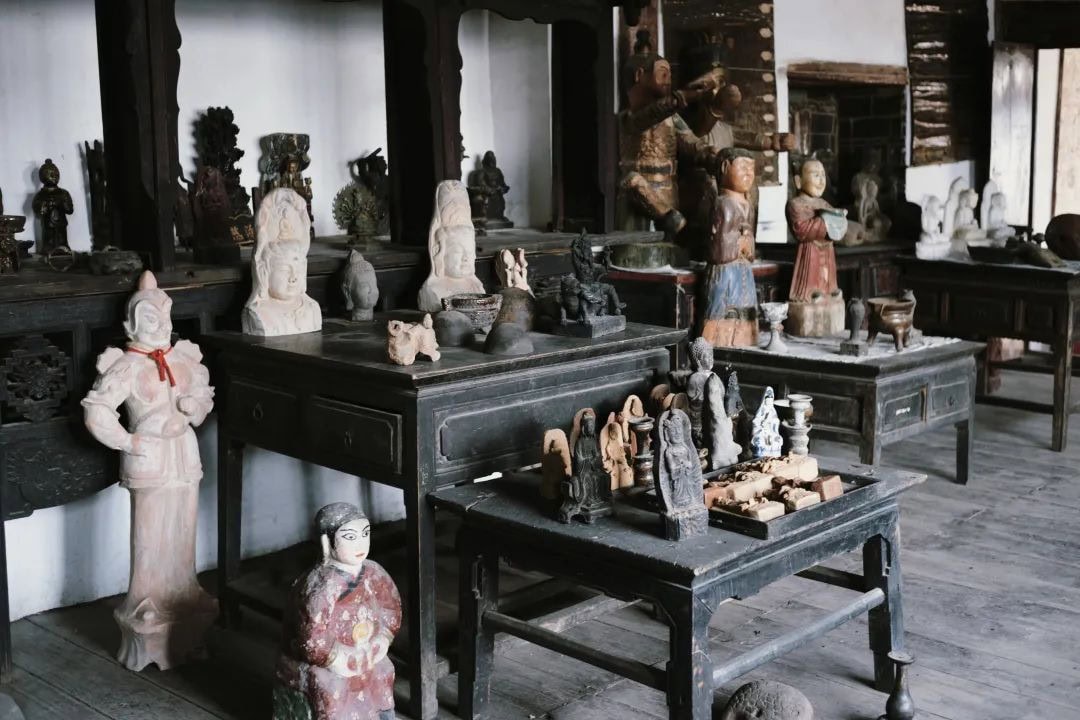
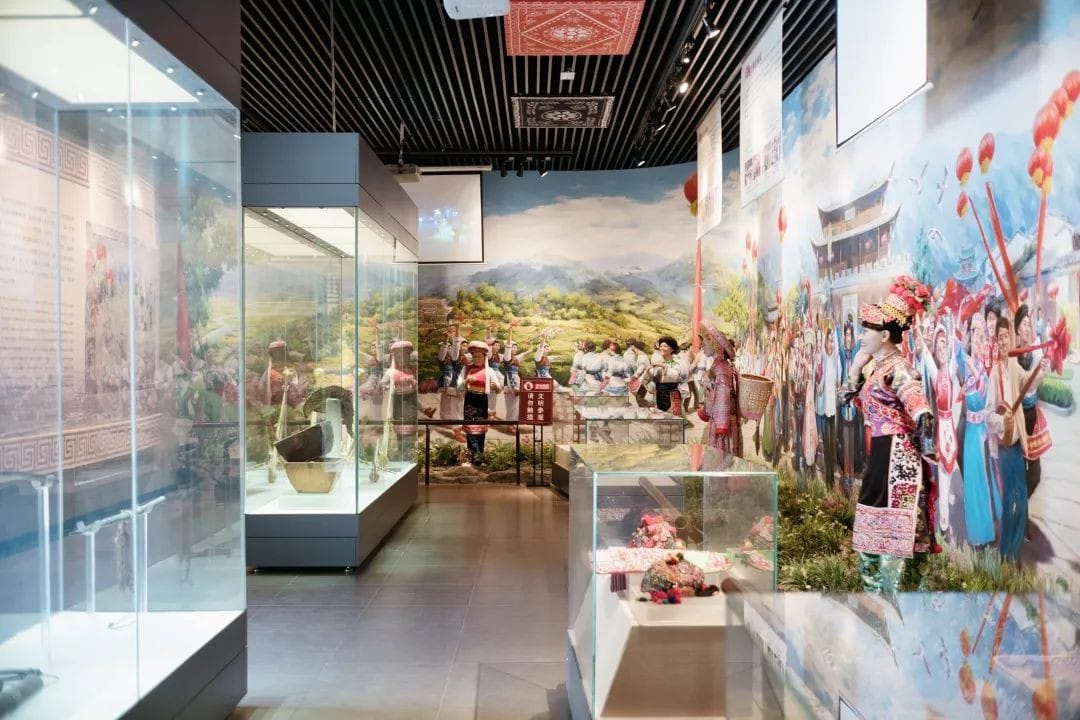
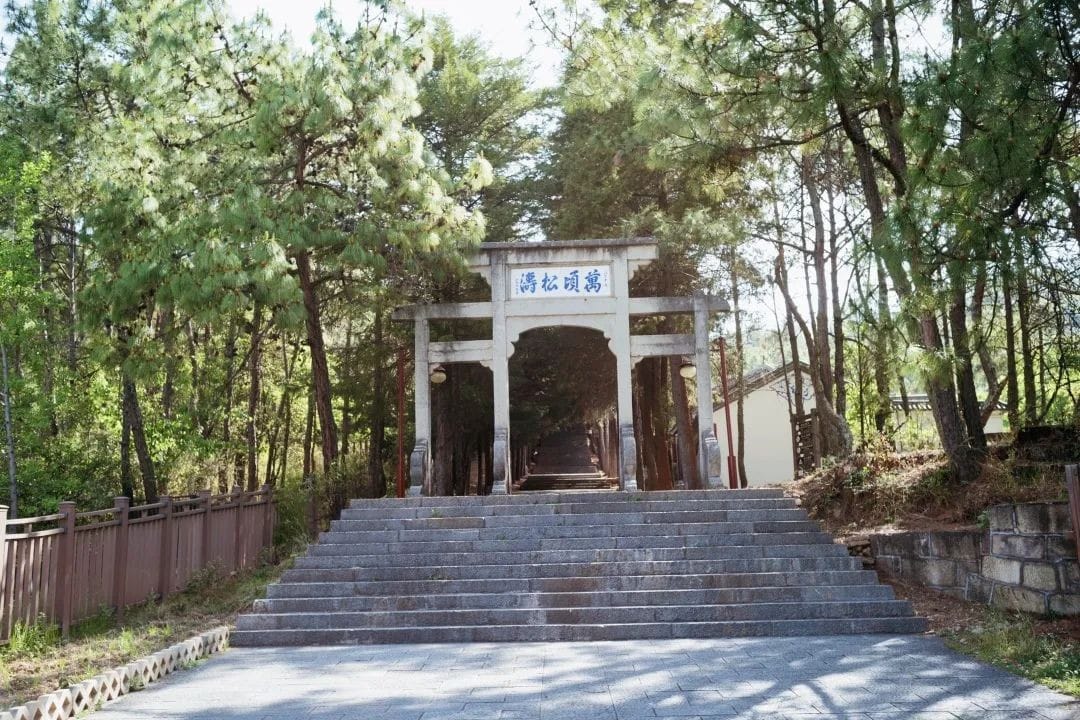
The hotel also arranged the rhythm of eating, playing, and experiencing perfectly, without feeling rushed. The leisurely pace seamlessly integrated into the local lifestyle. Three days and two nights were not enough.
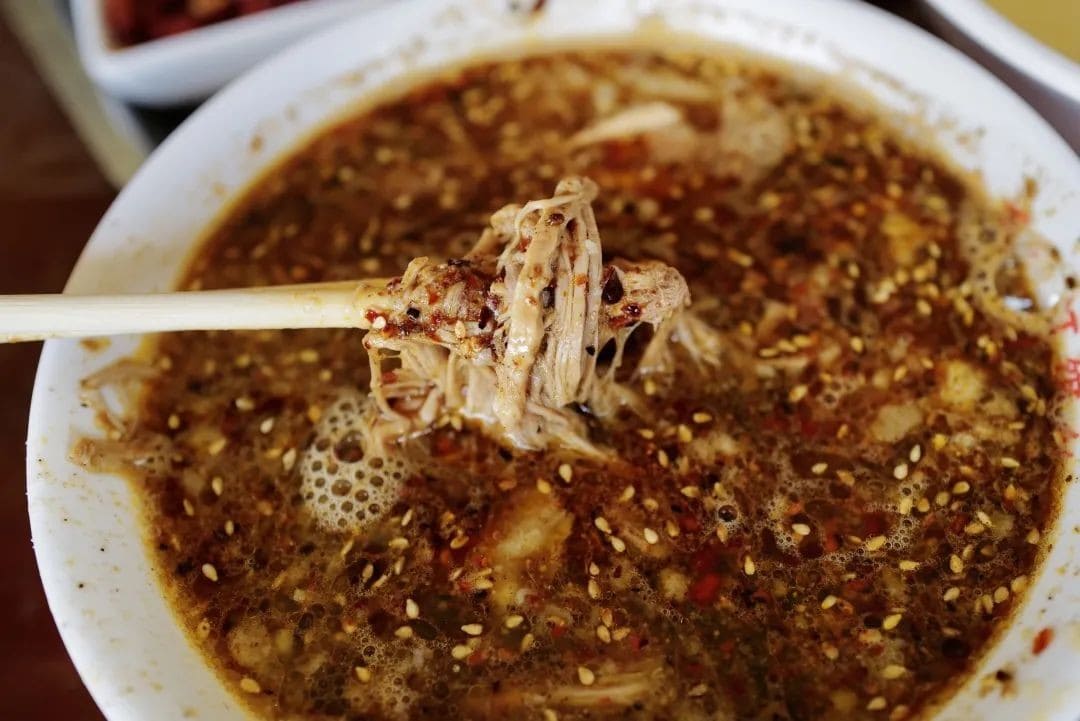
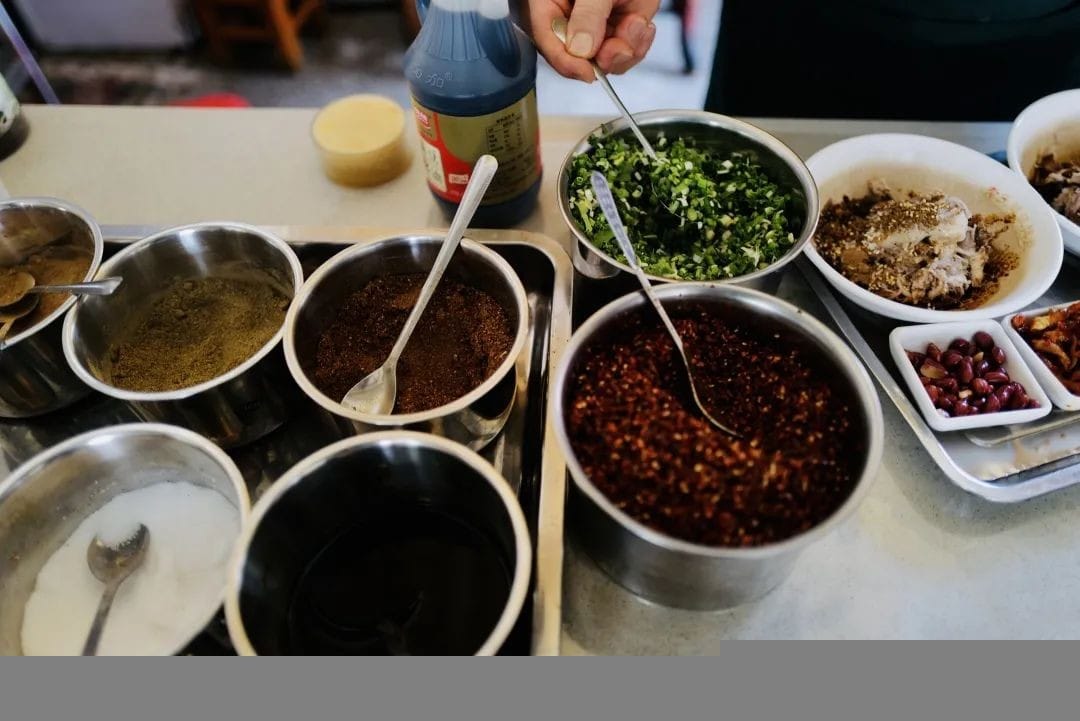
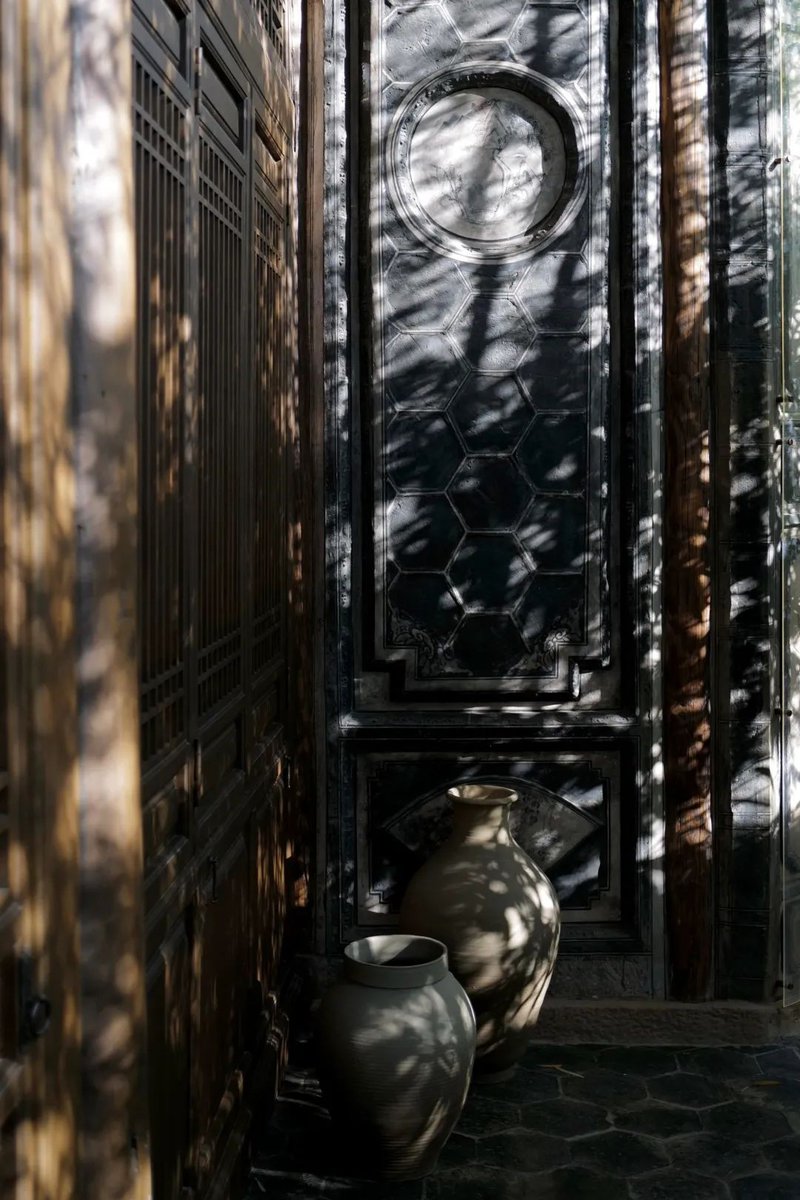
I’ve compiled the following Weishan comprehensive guide (which is also a review of the hotel package), so please take it with you, friends!
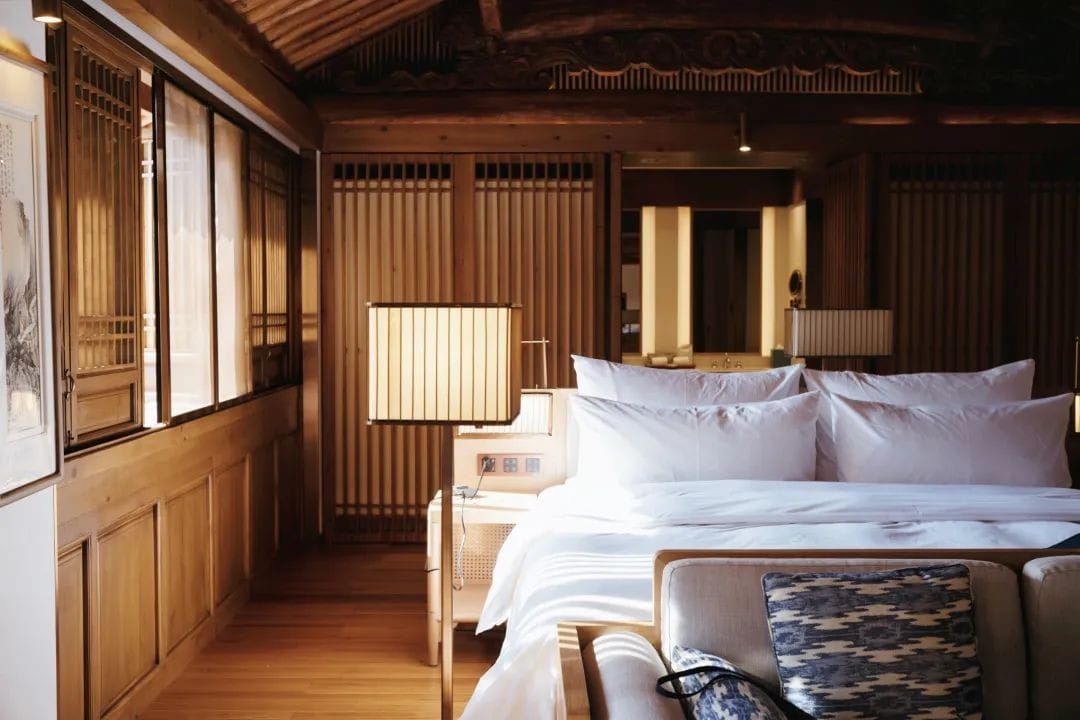
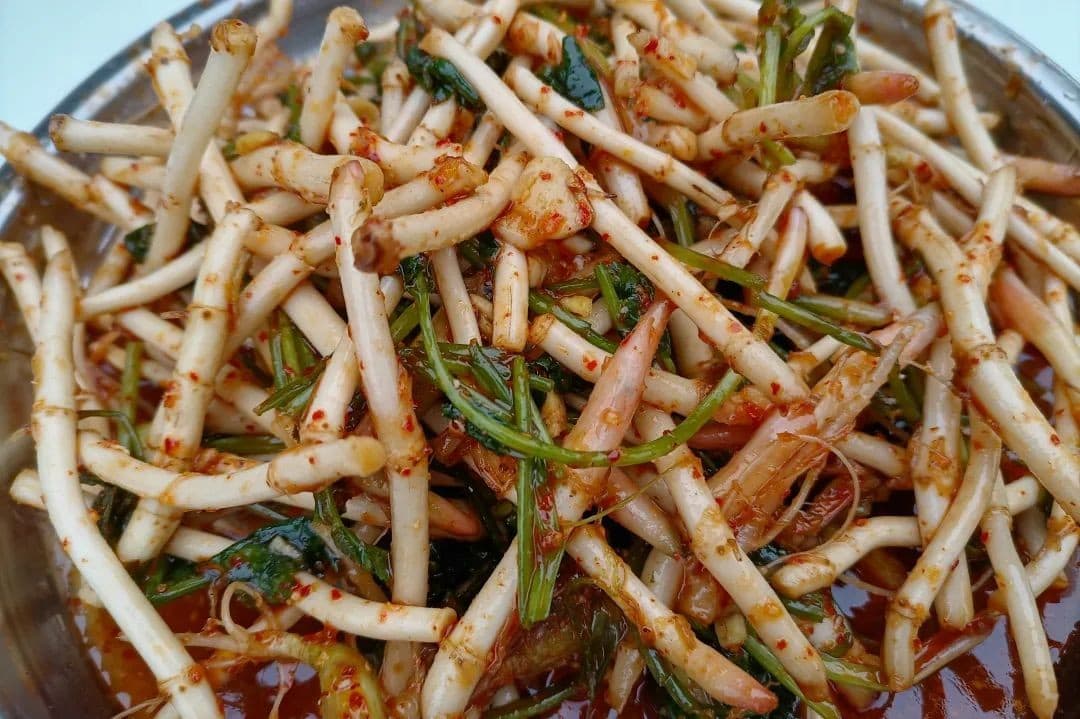
Exploring Weishan
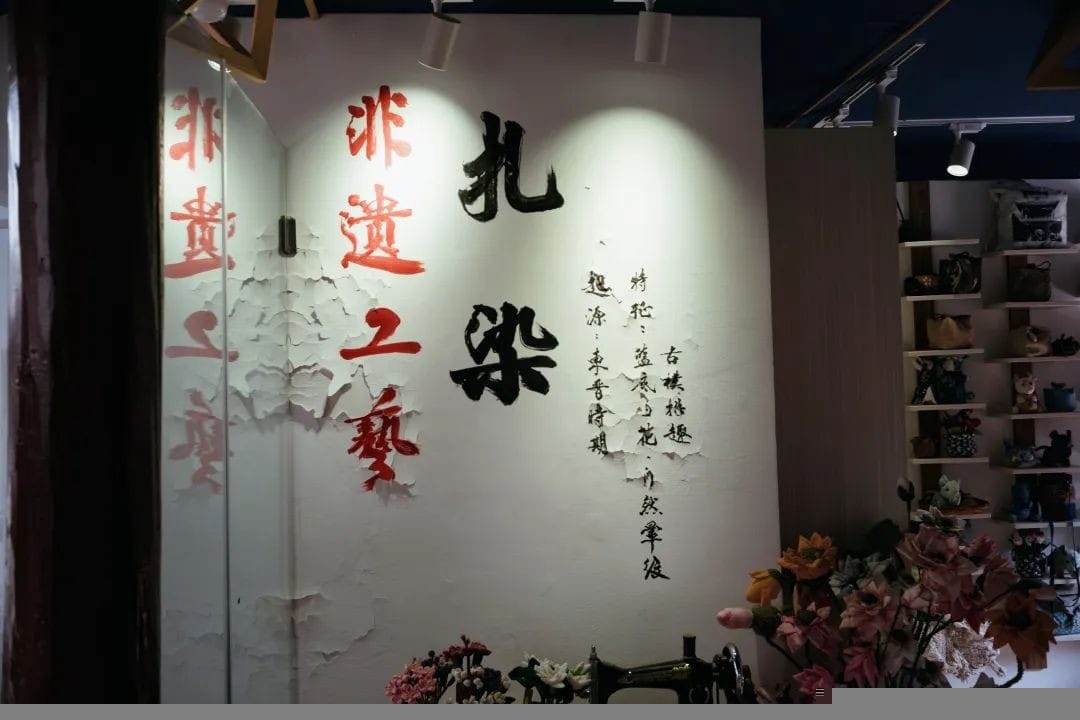
Weishan Ancient City
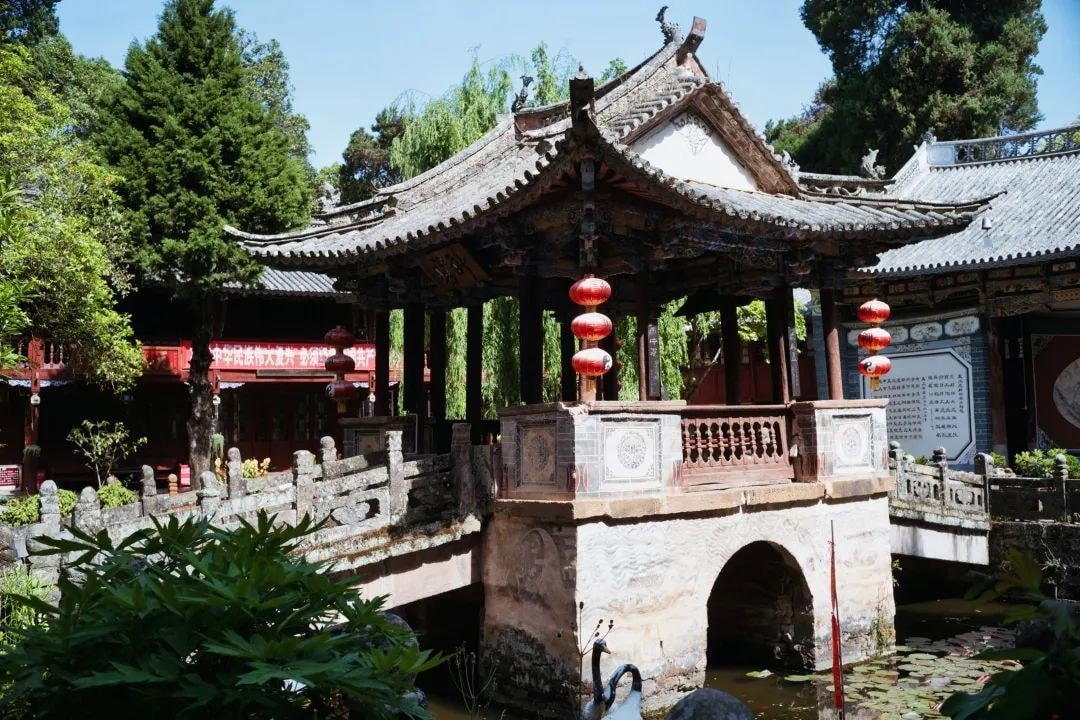
From a bird’s-eye view, Weishan Ancient City is a square-shaped city, with most of the houses still retaining their original wooden architectural structures, and there are more locals than tourists on the streets.
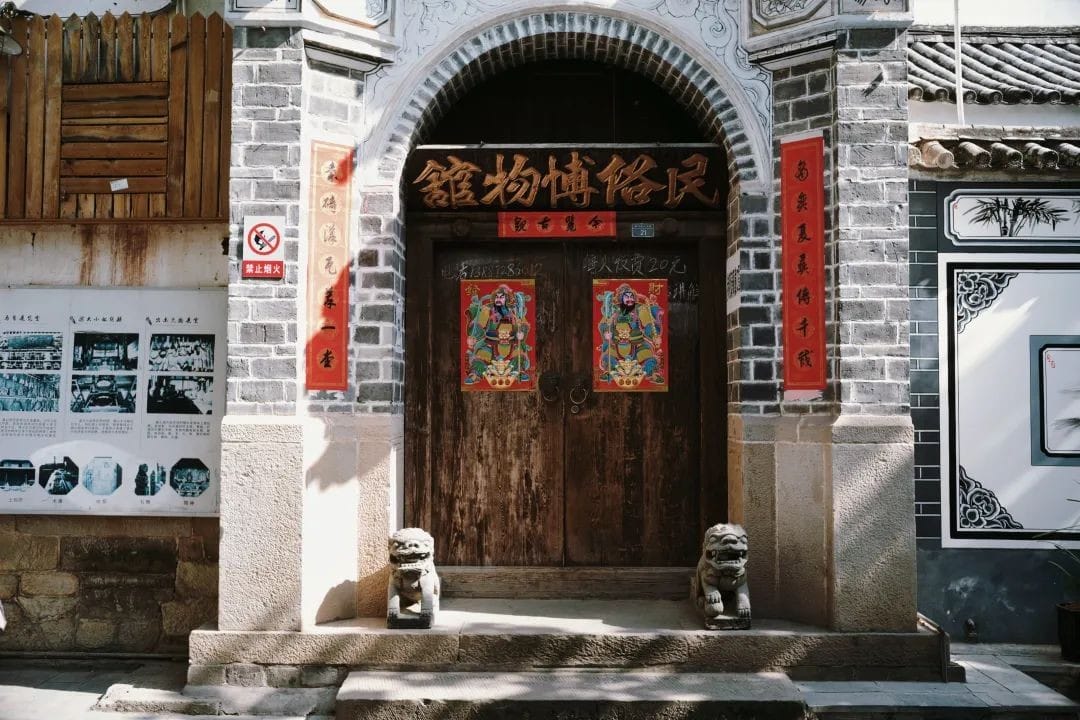
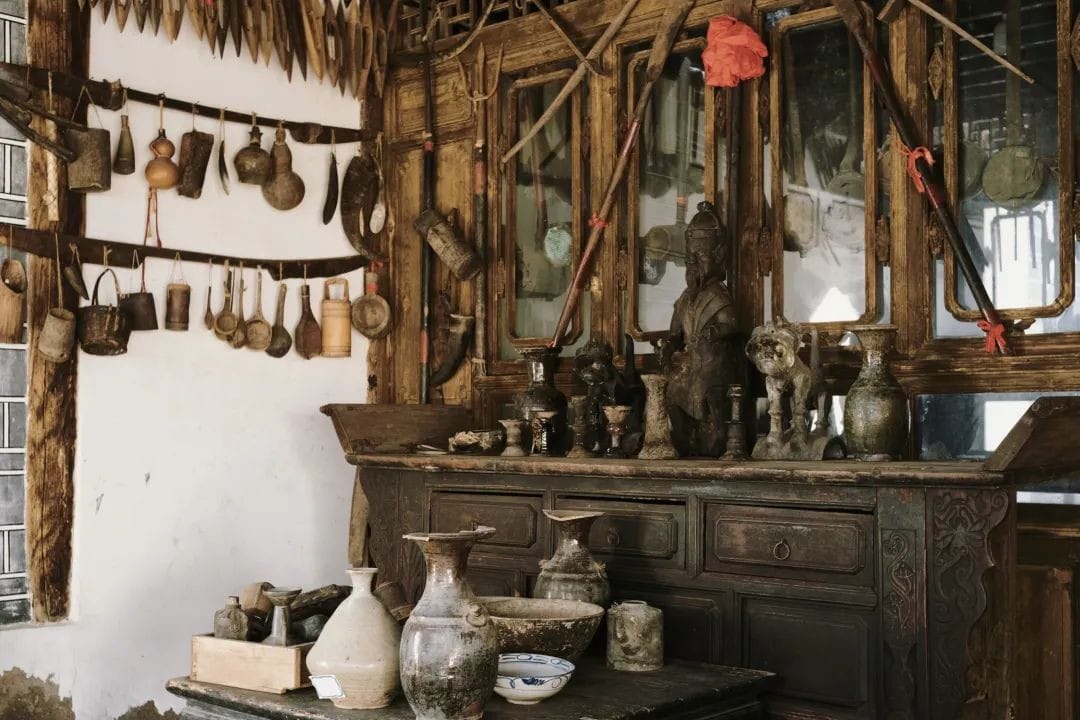

Weishan Ancient City has only one straight north-south main street, Risheng Street, with the Gongchen Tower at the southern end, the Xinggong Tower in the center, and the Nan Shan Gate at the northern end. Extending from the main street to the east and west are 24 smaller streets and 18 alleys.
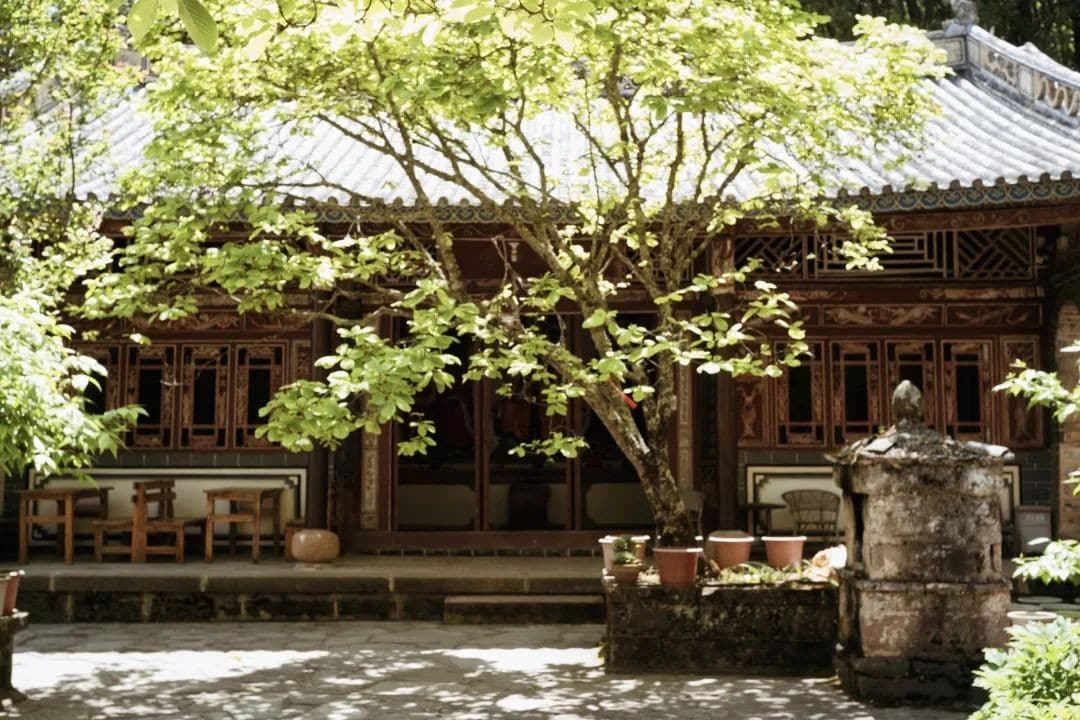
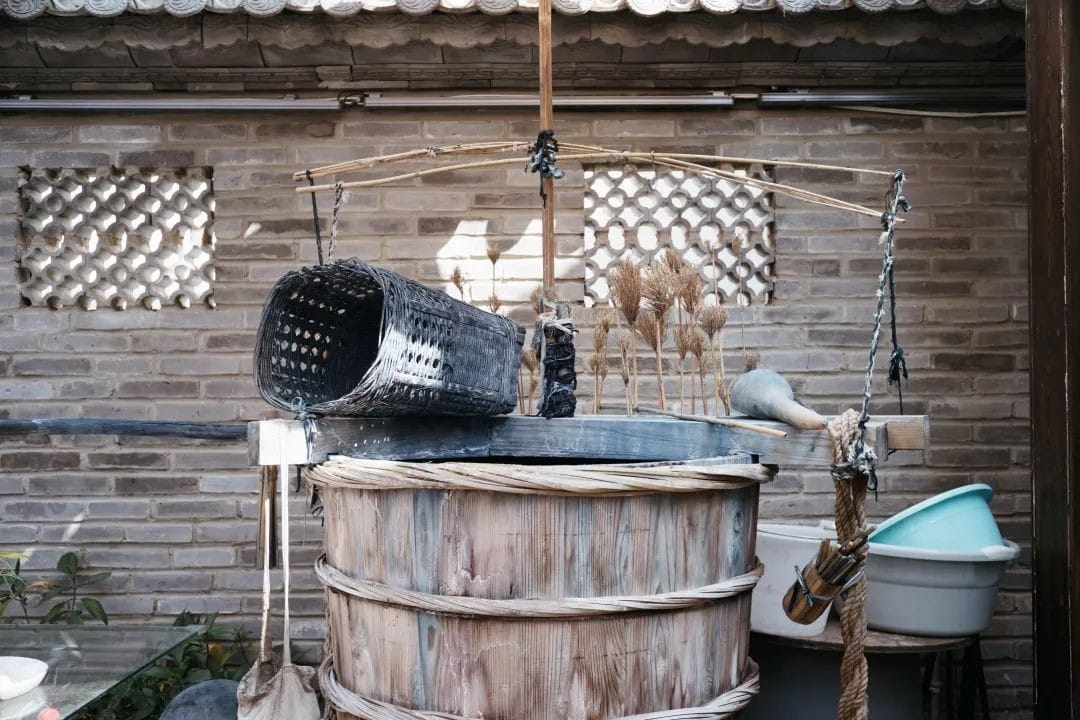
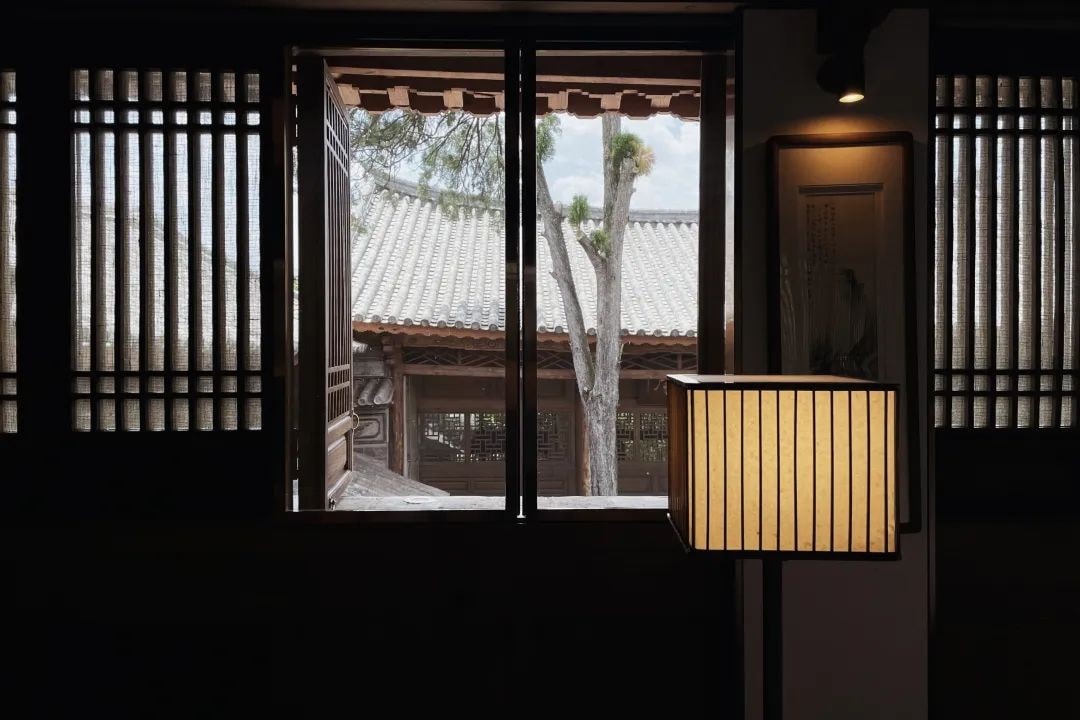
The Yihuo Yunxi Jinshi Hotel also offers a night tour of the ancient city, where the atmosphere of the city during the day and at night is quite different. At night, the city has a stronger sense of liveliness, with locals taking evening strolls.
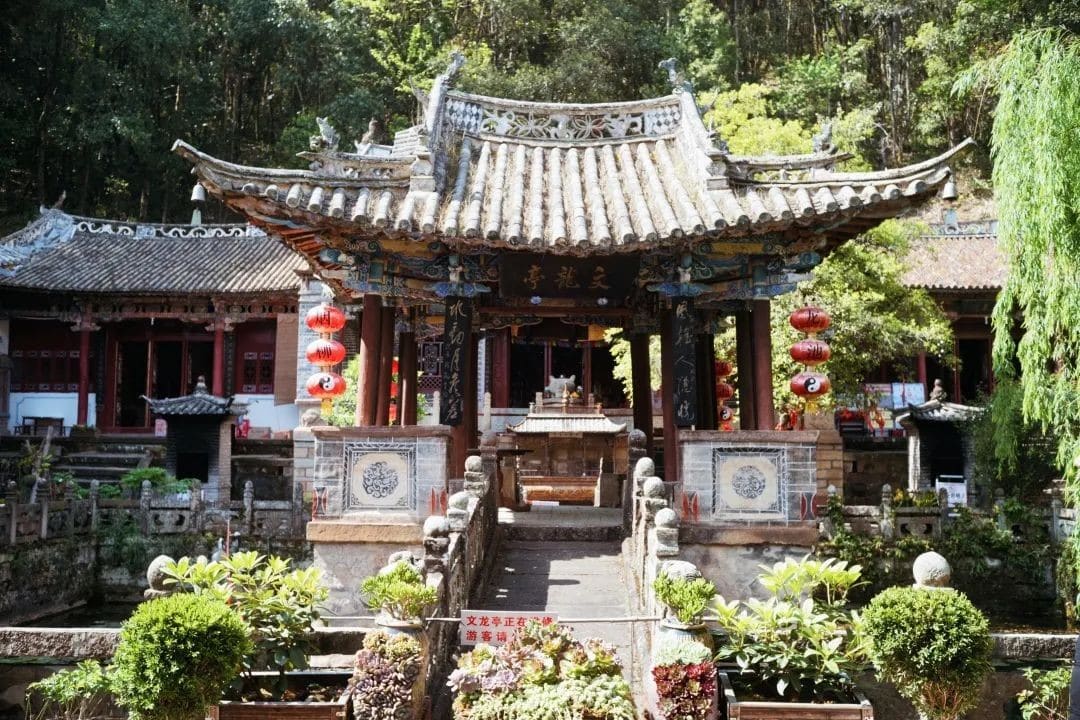
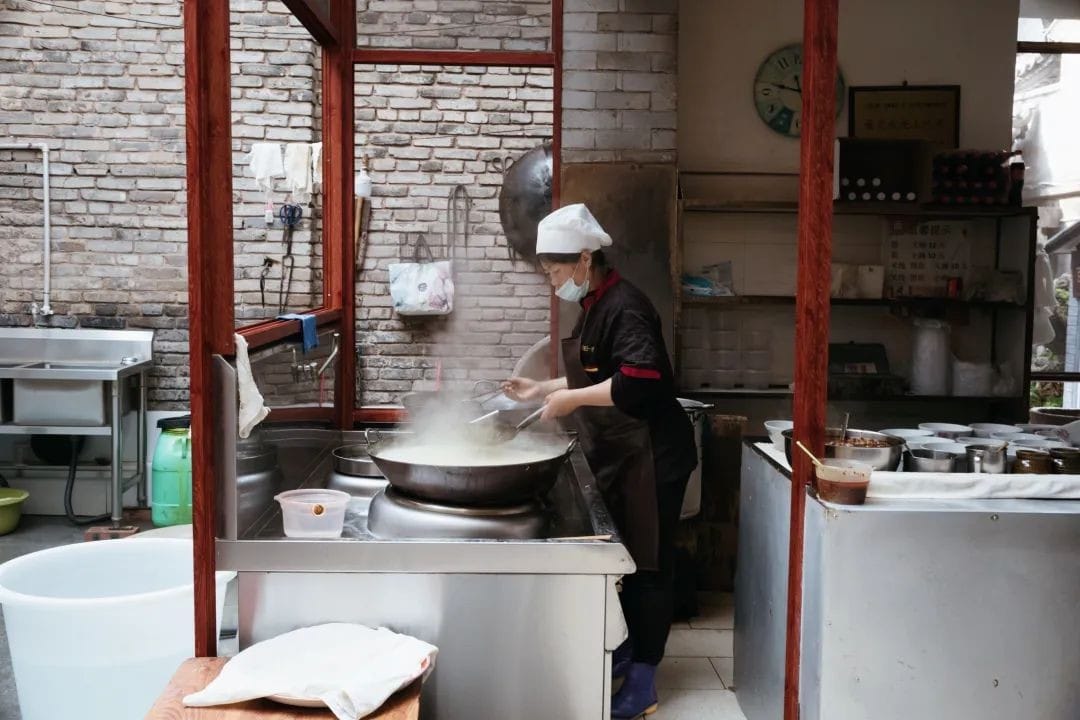
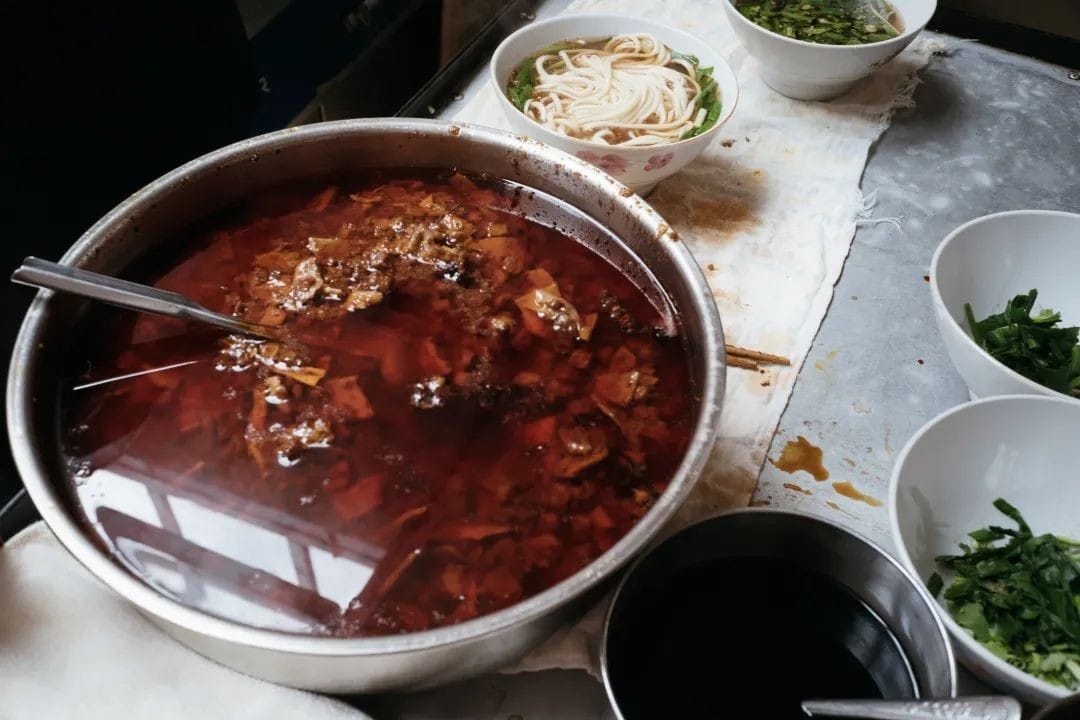
These ancient buildings in Weishan Ancient City are worth wandering around.
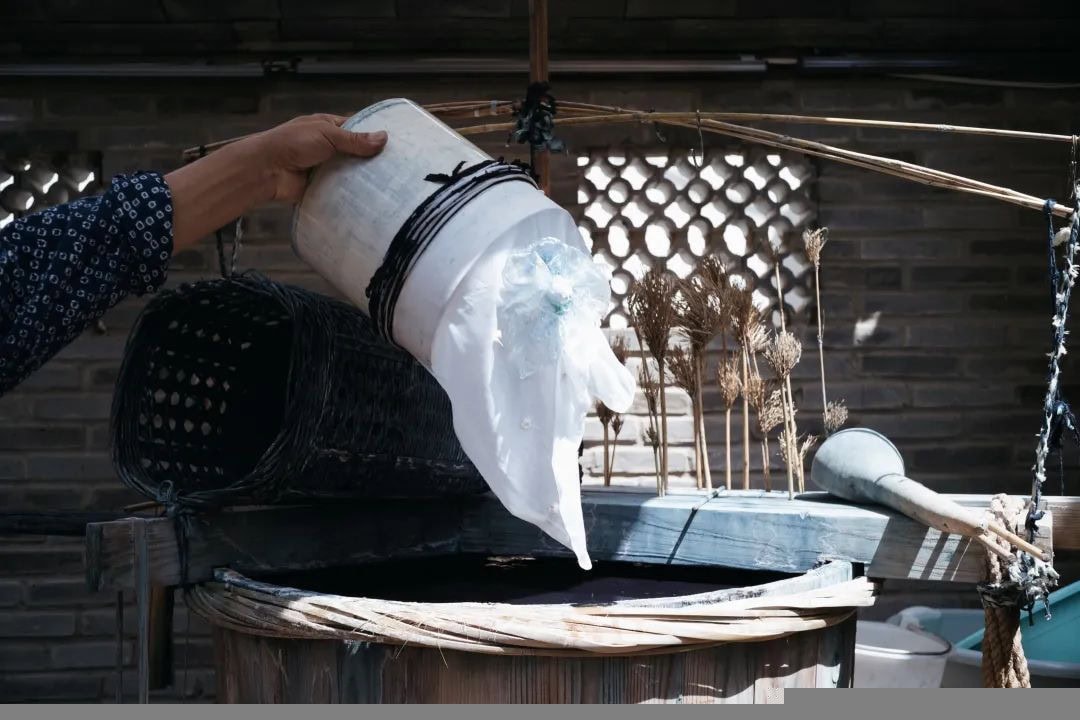
Folk Custom Museum (Liang’s Mansion)
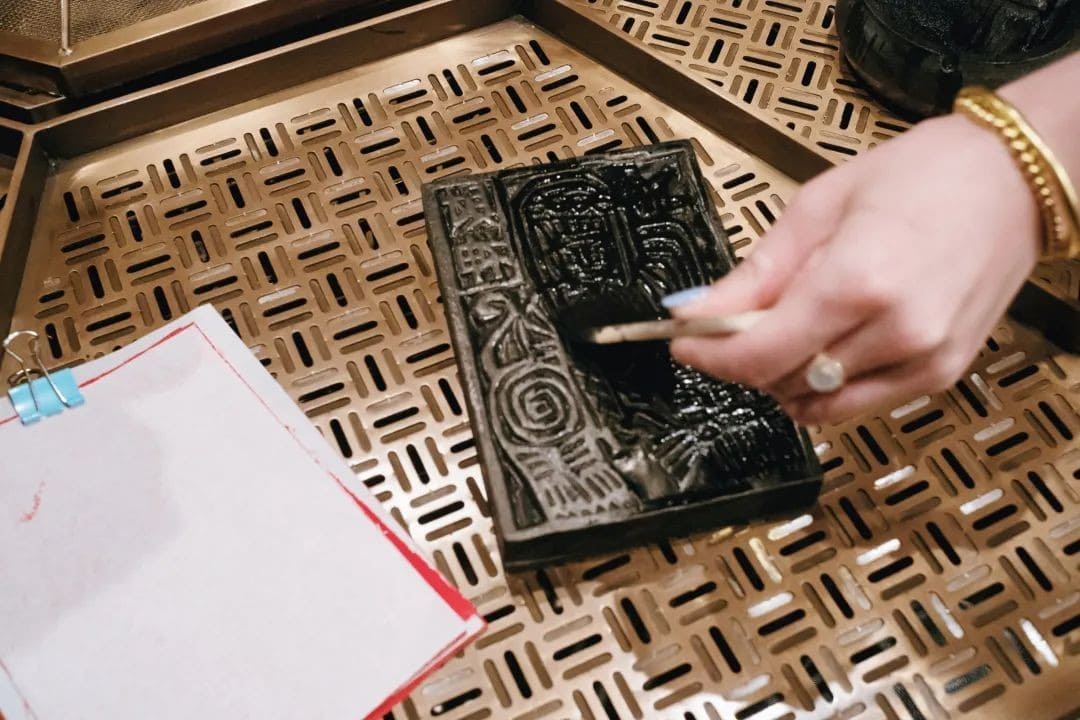
In a county like Weishan, which is an autonomous agricultural region, the existence of a private museum seems somewhat extraordinary.
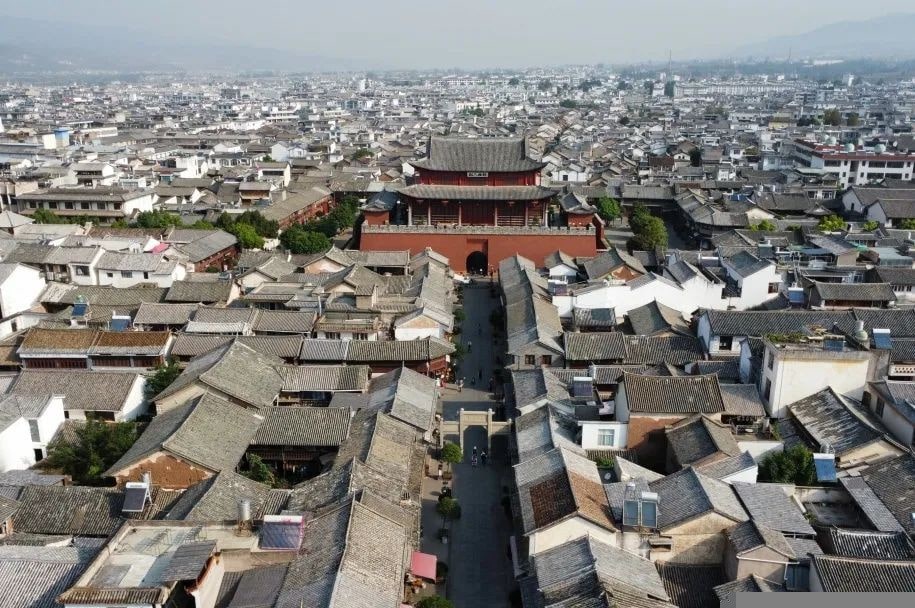
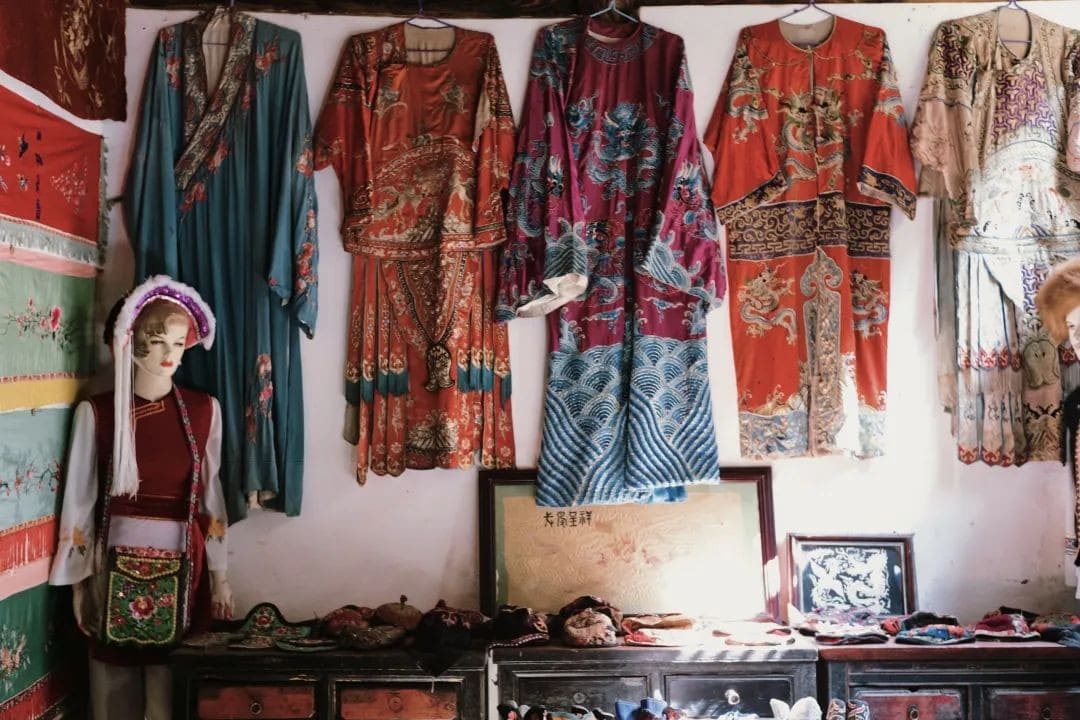
After all, private museums like Guanfu and Zhendan are usually located in first-tier cities, and their owners are well-known figures.
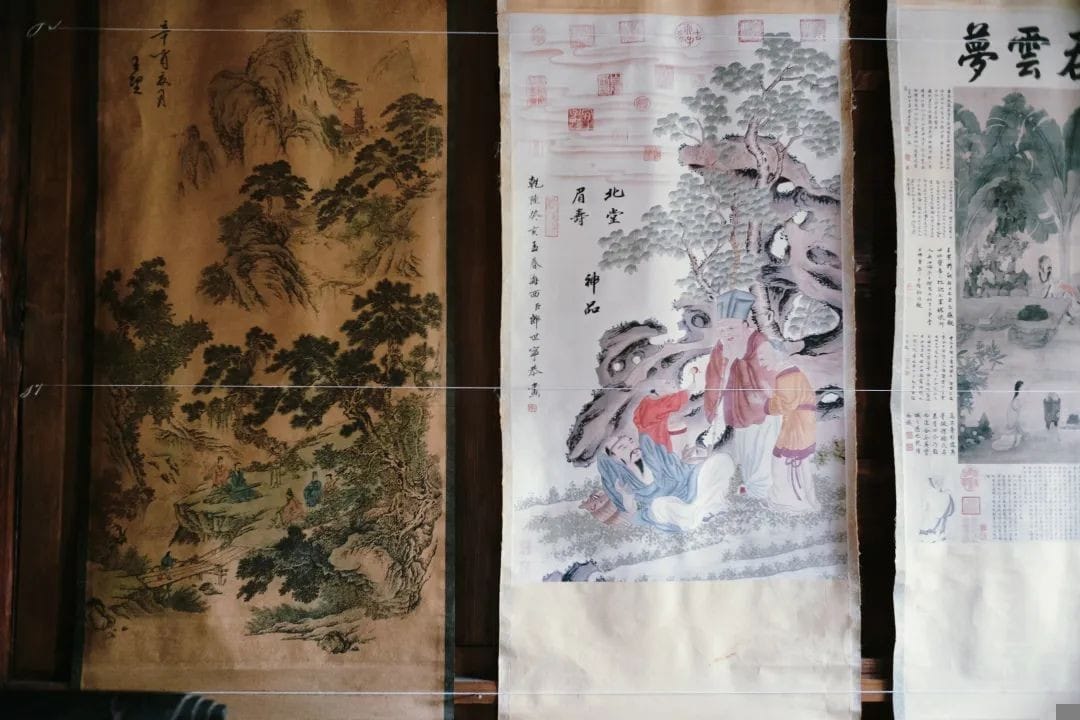
The owner of the Folk Custom Museum, however, only has a junior high school education. Yet, when she explains the exhibits, she does so with clarity and precision, leaving no room for ambiguity.
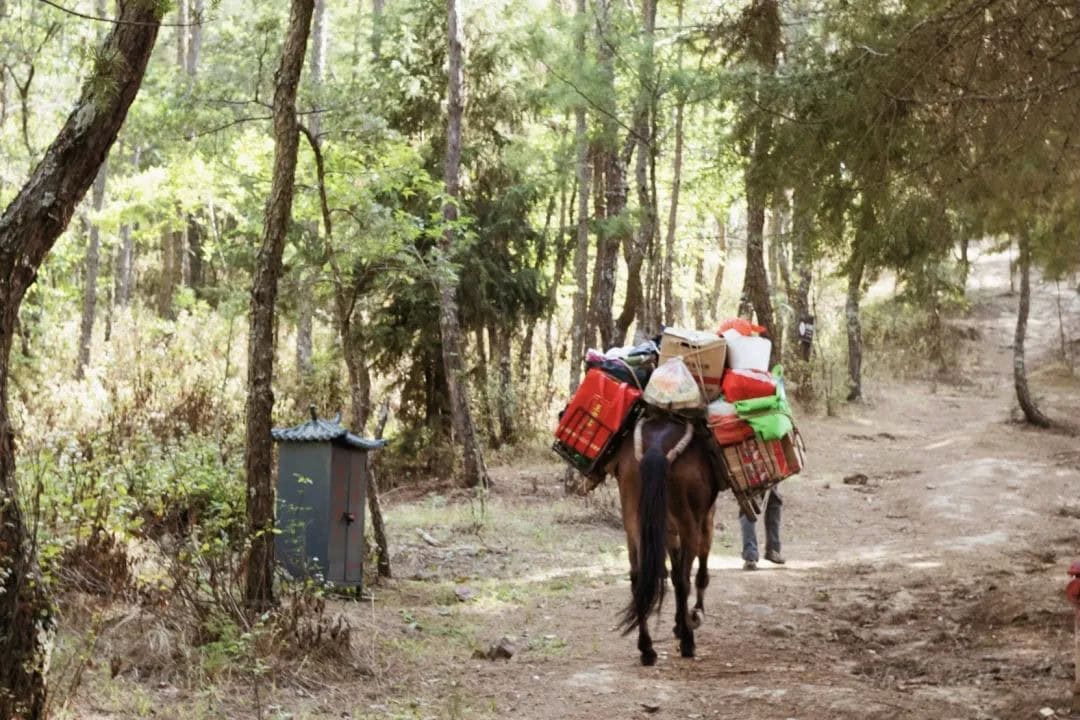
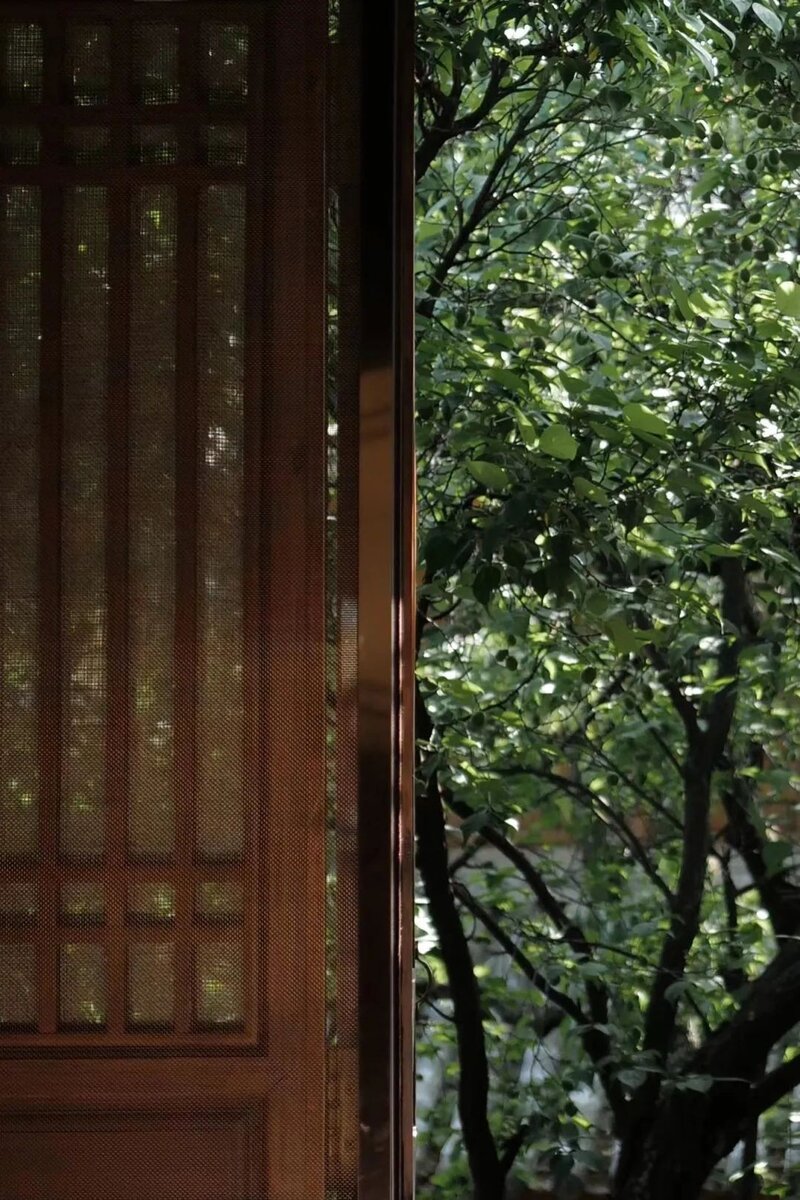
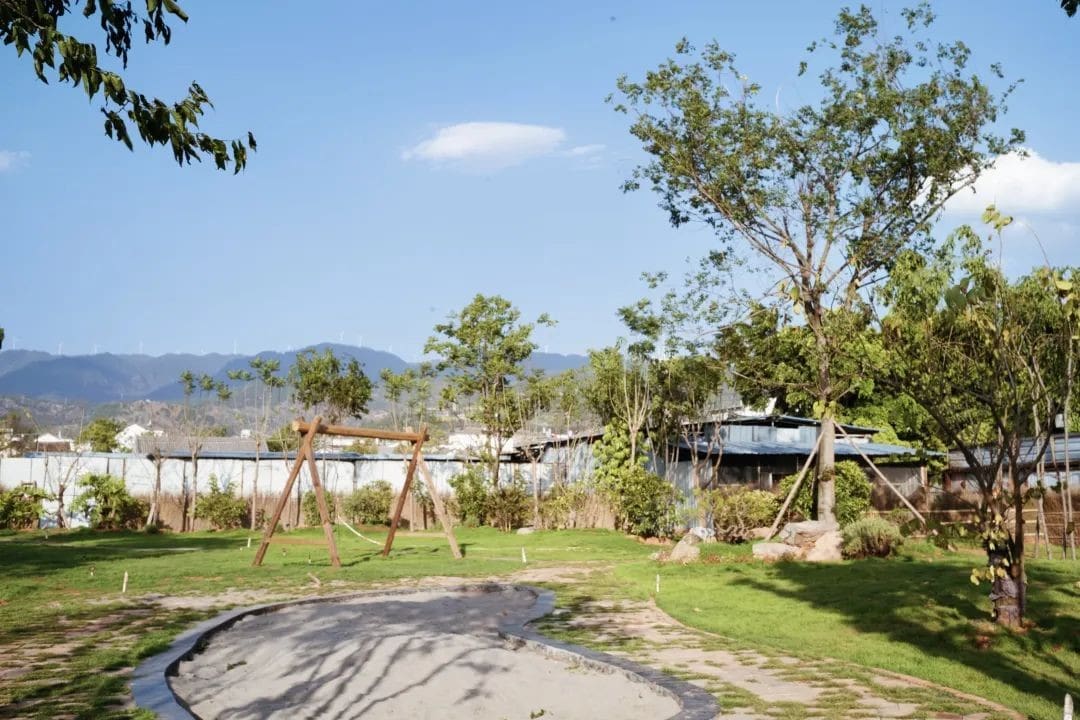
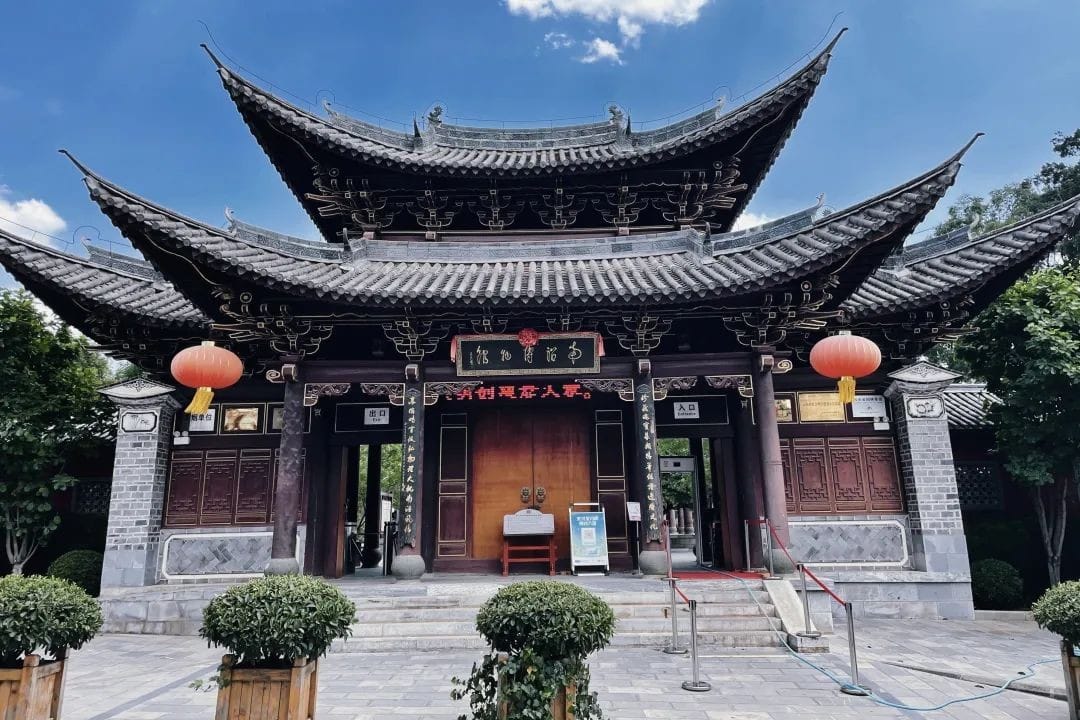
I have visited many prestigious museums, but the Folk Custom Museum left the deepest impression on me.
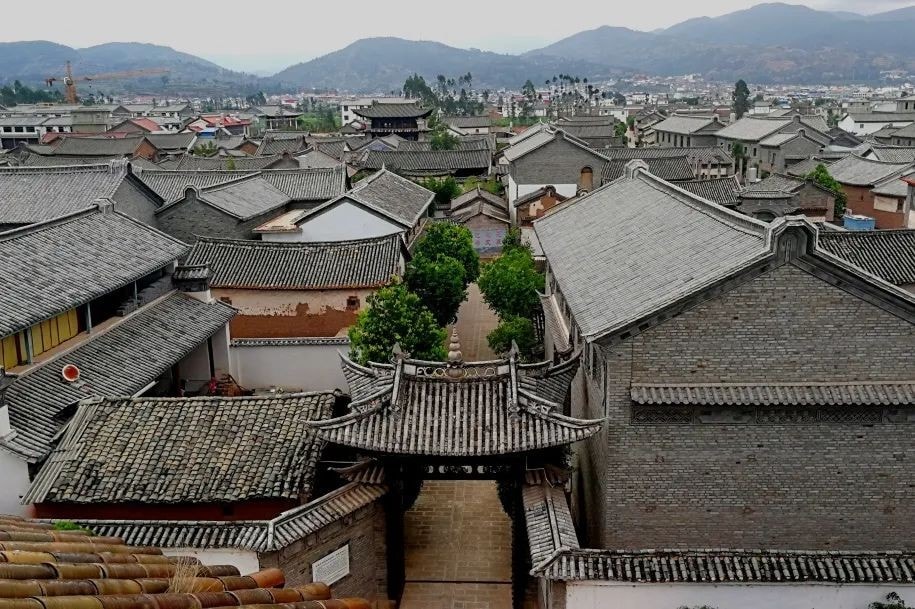
The museum houses countless collections, treasures accumulated by two generations of the owner. Each new room is filled to the brim with exhibits, almost overwhelming.
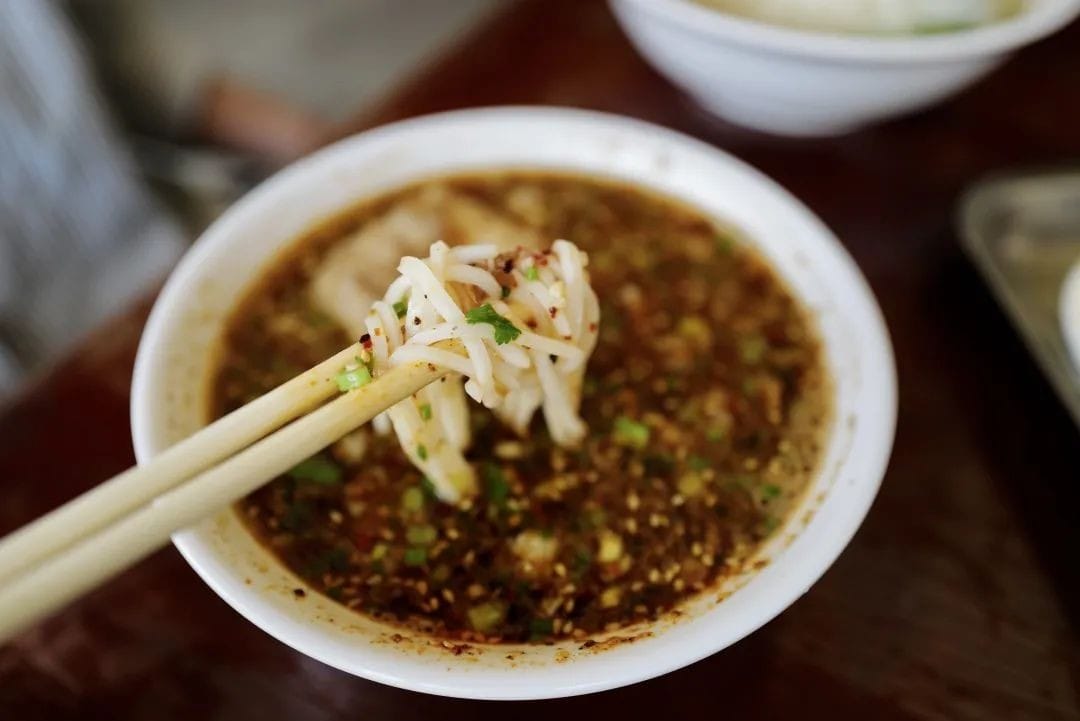
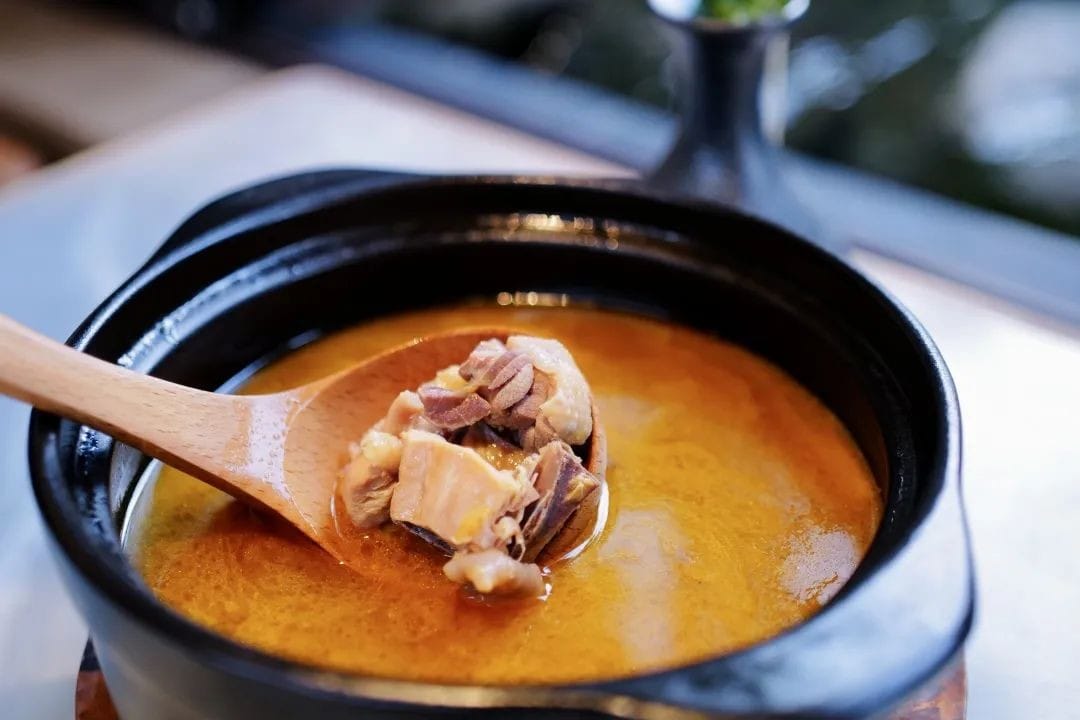
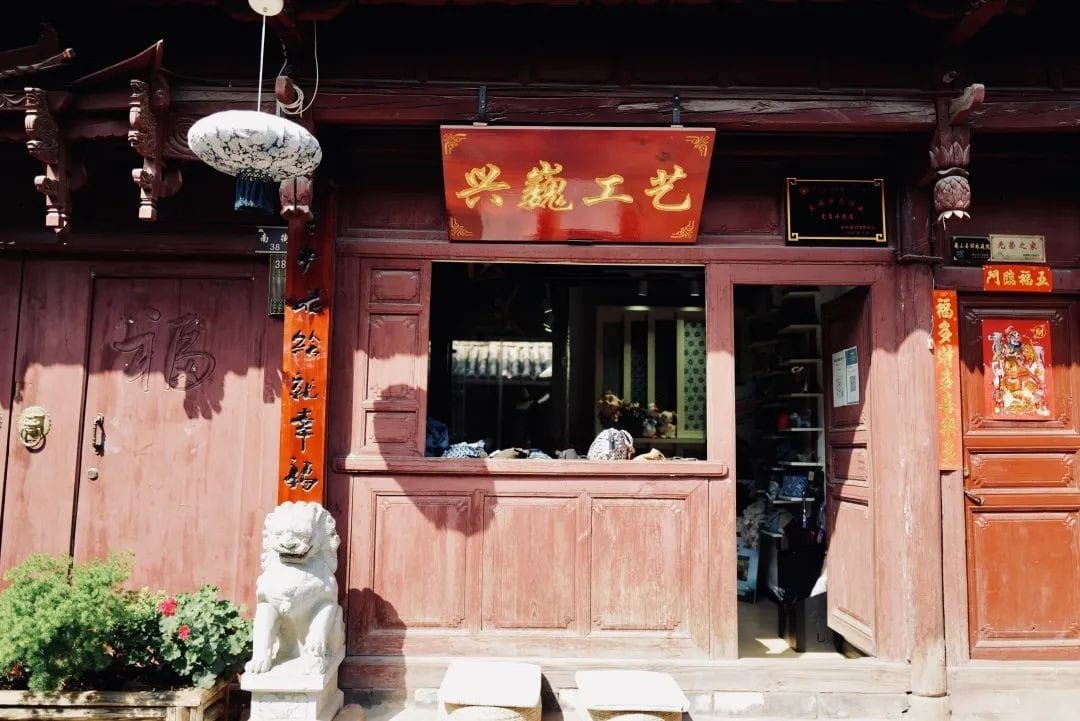
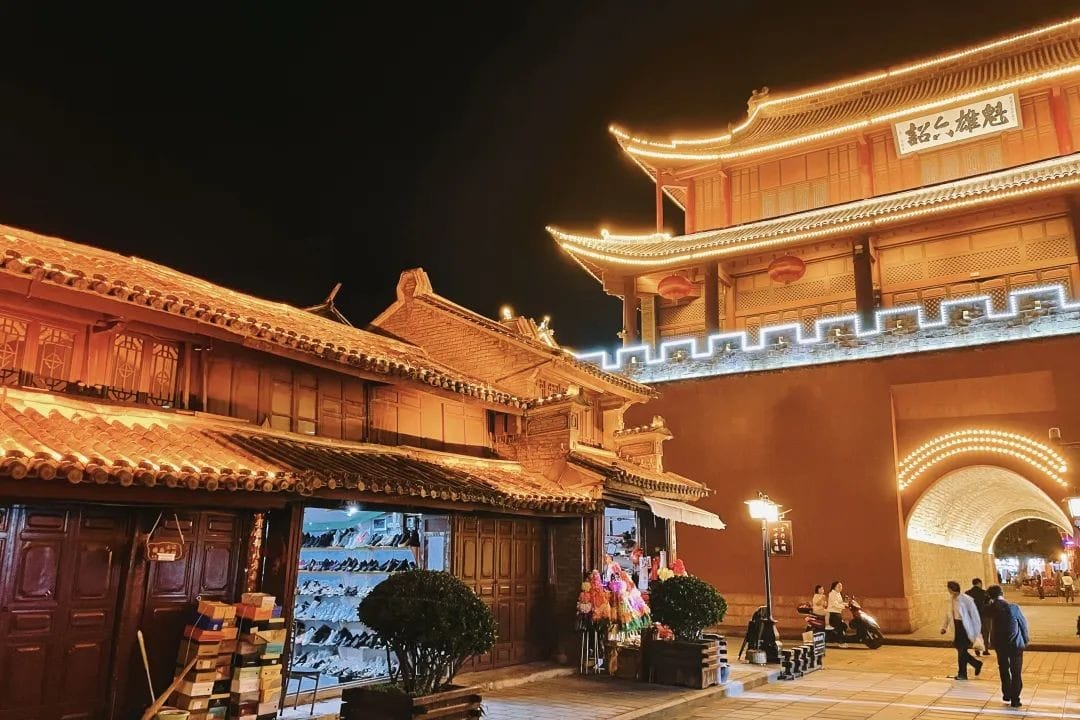
Unlike conventional museums where exhibits are protected behind glass, the Folk Custom Museum displays its treasures directly in front of visitors. With the owner’s permission, you can even touch them.
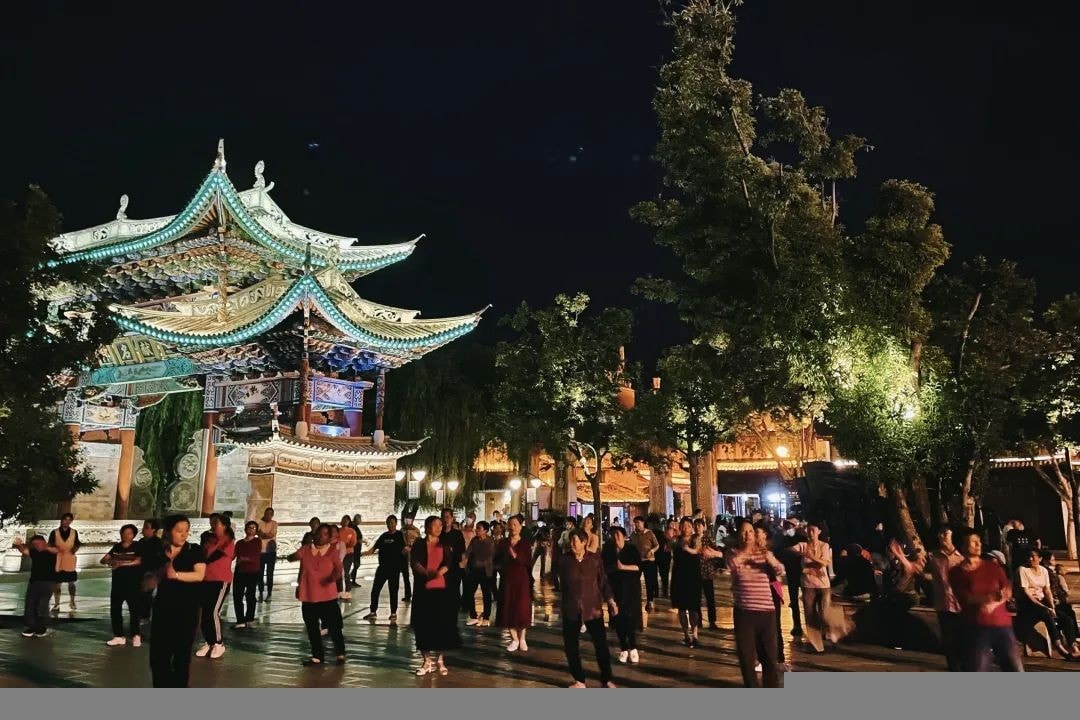
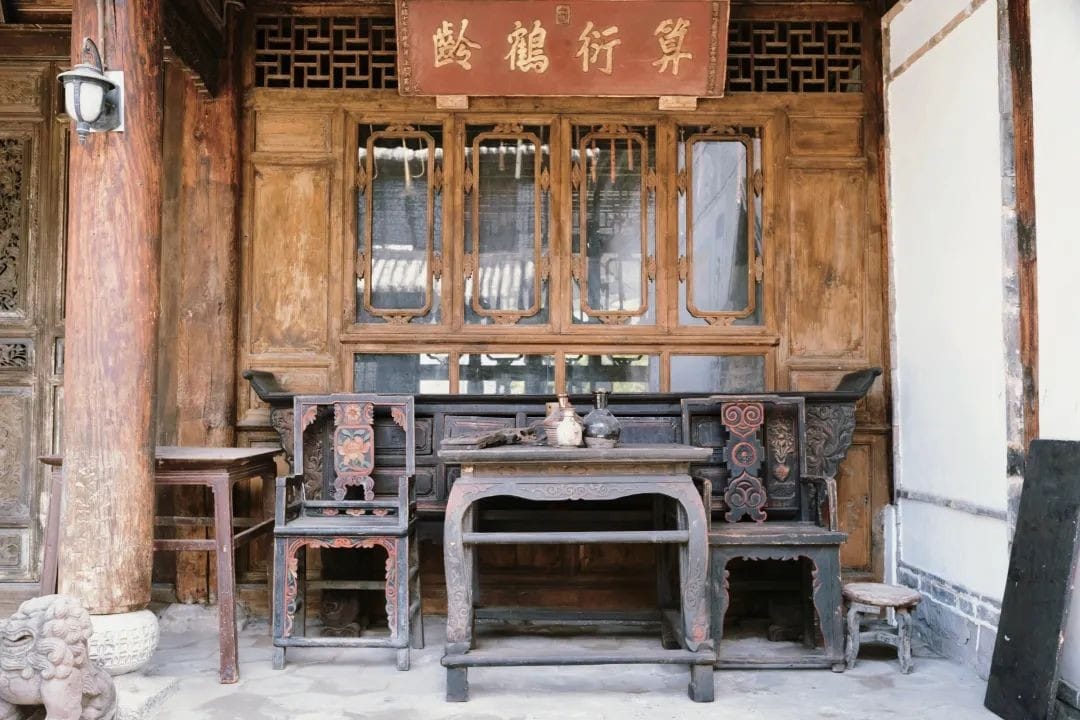
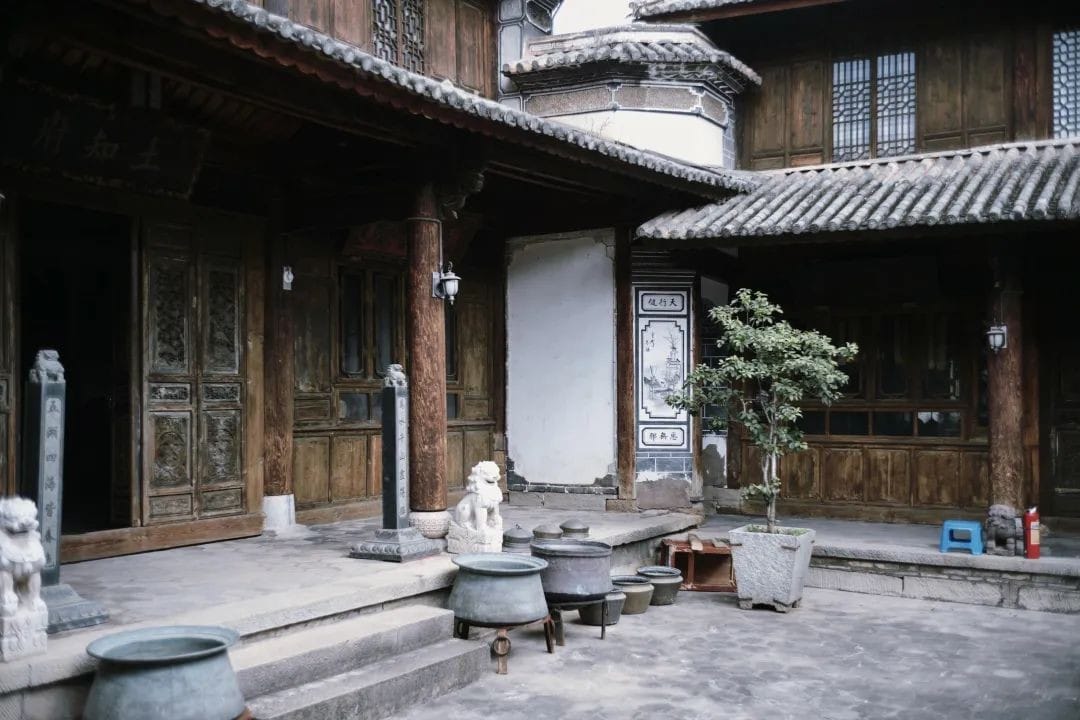
Each room has a thematic display, ranging from clothing, wooden plaques, items from horse caravans, Yi musical instruments, statues, calligraphy and paintings, to Jiama and even a red-themed exhibition. (Swipe right for images)
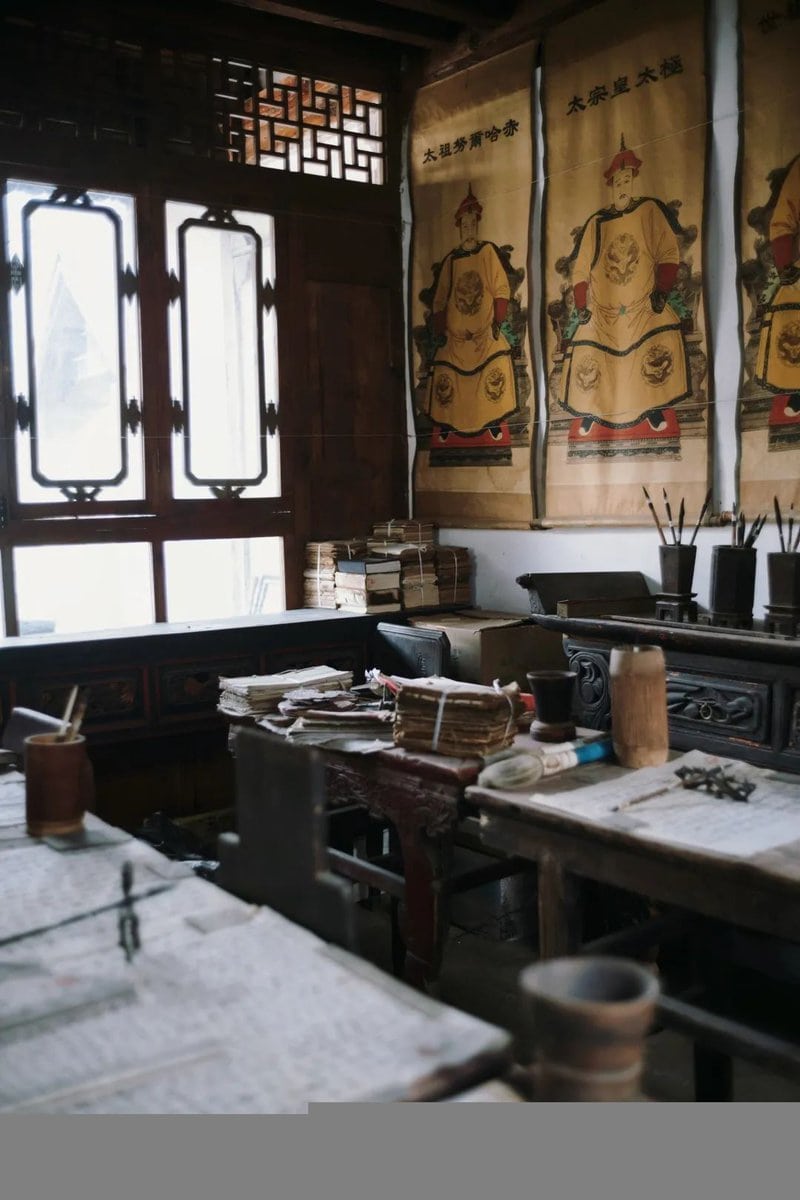
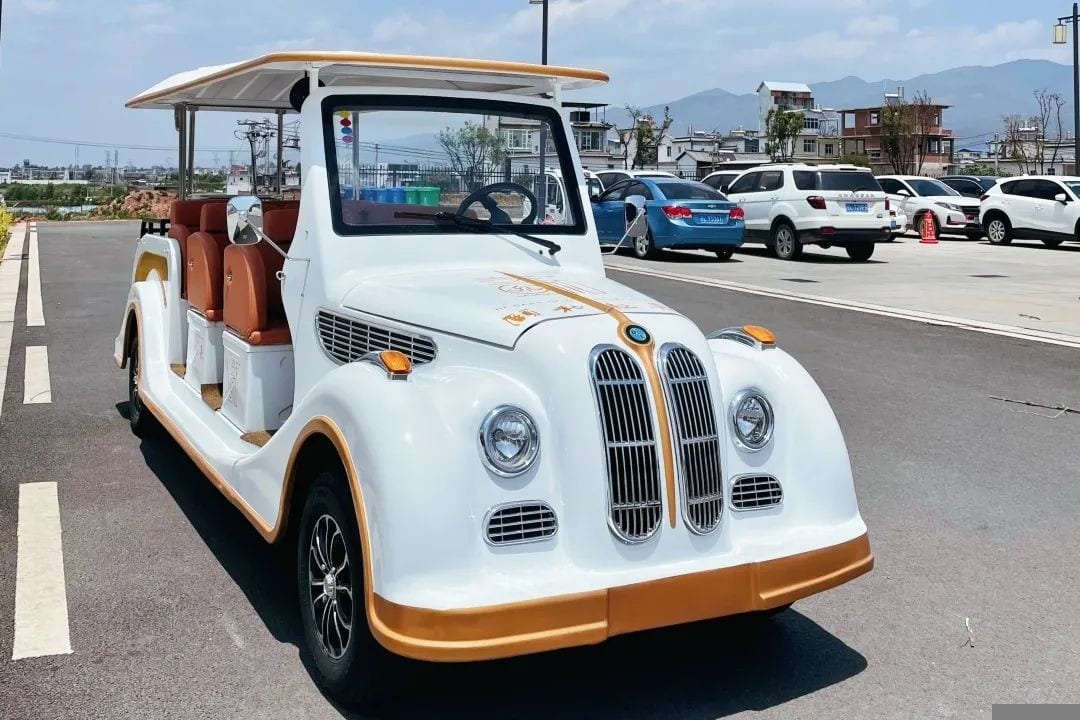
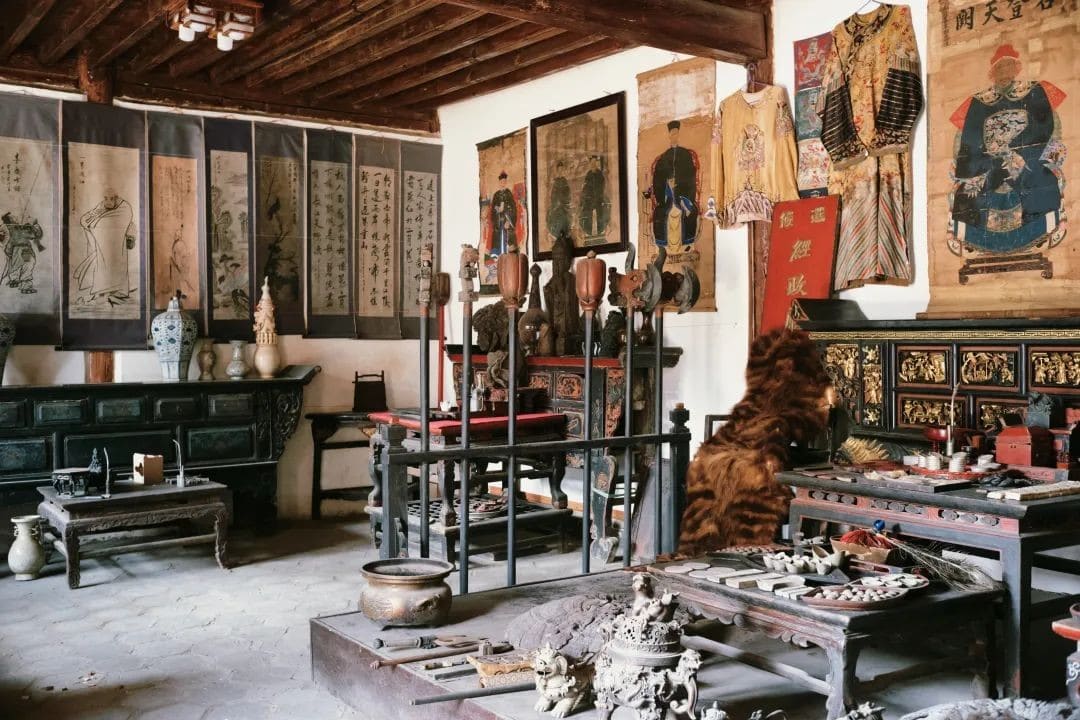
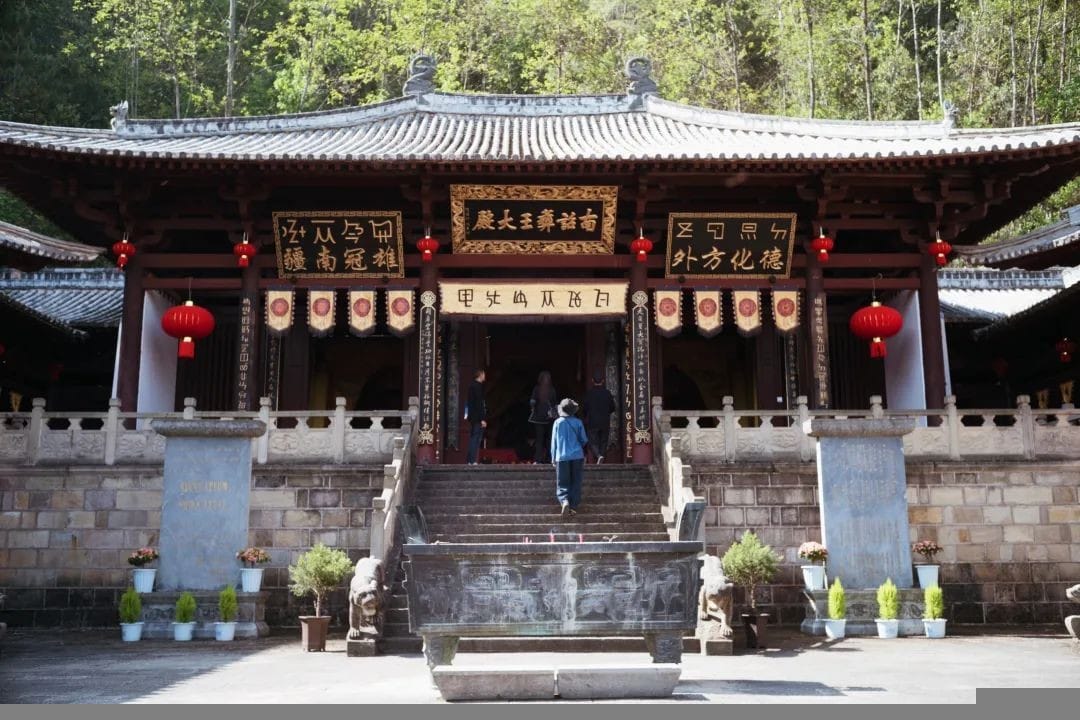
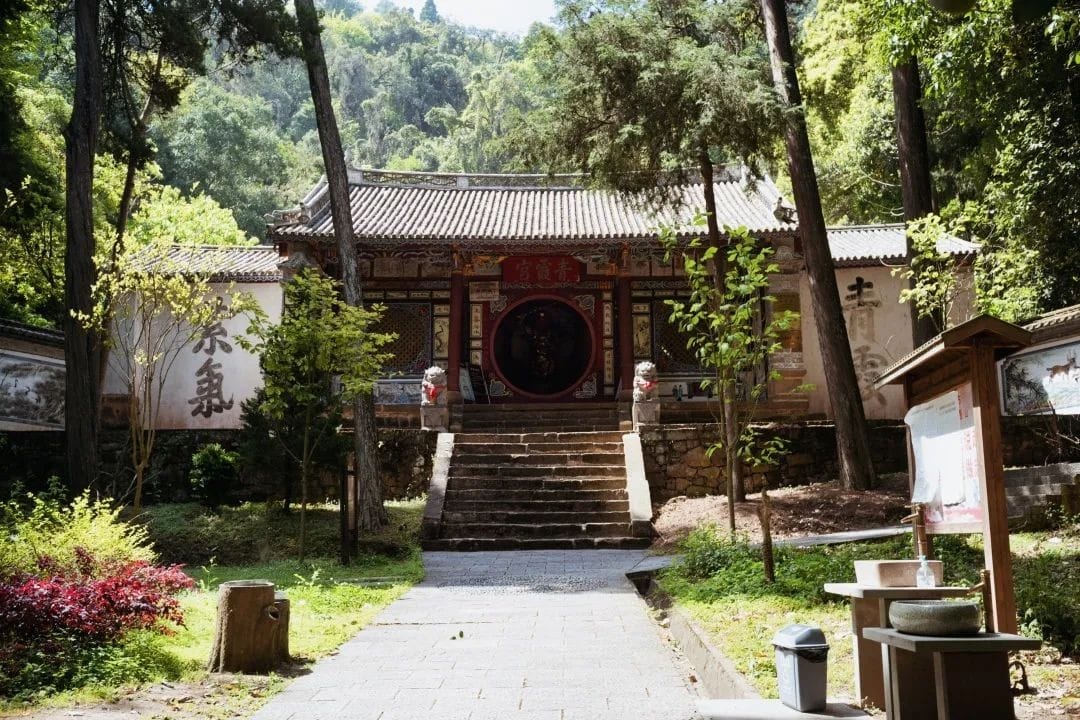
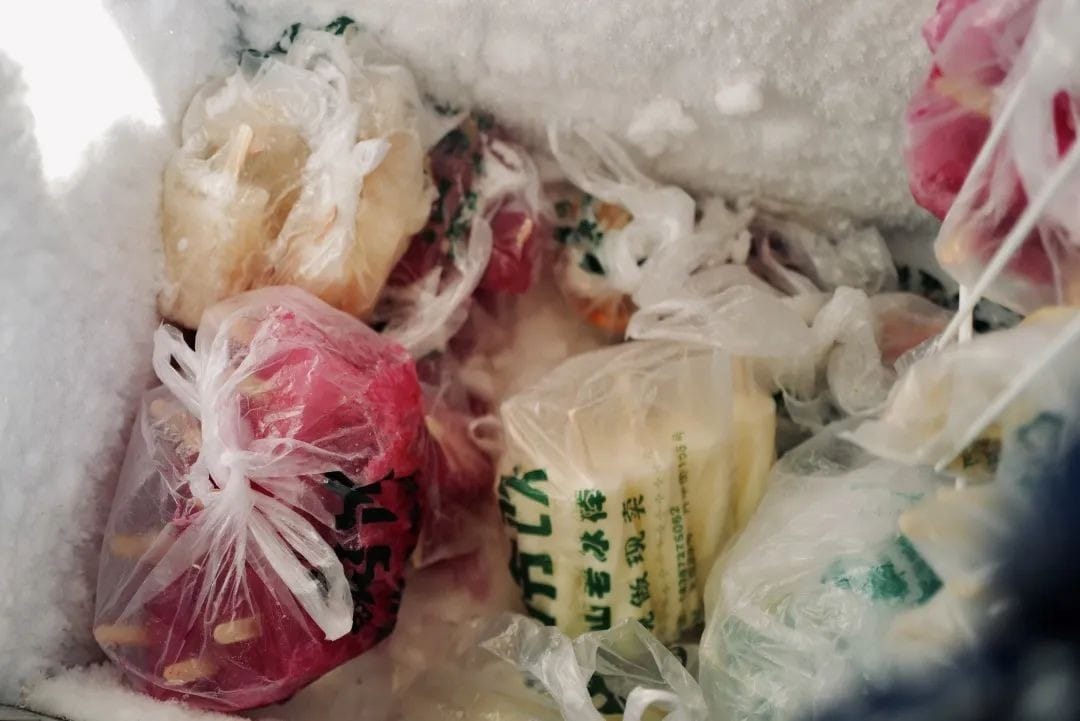
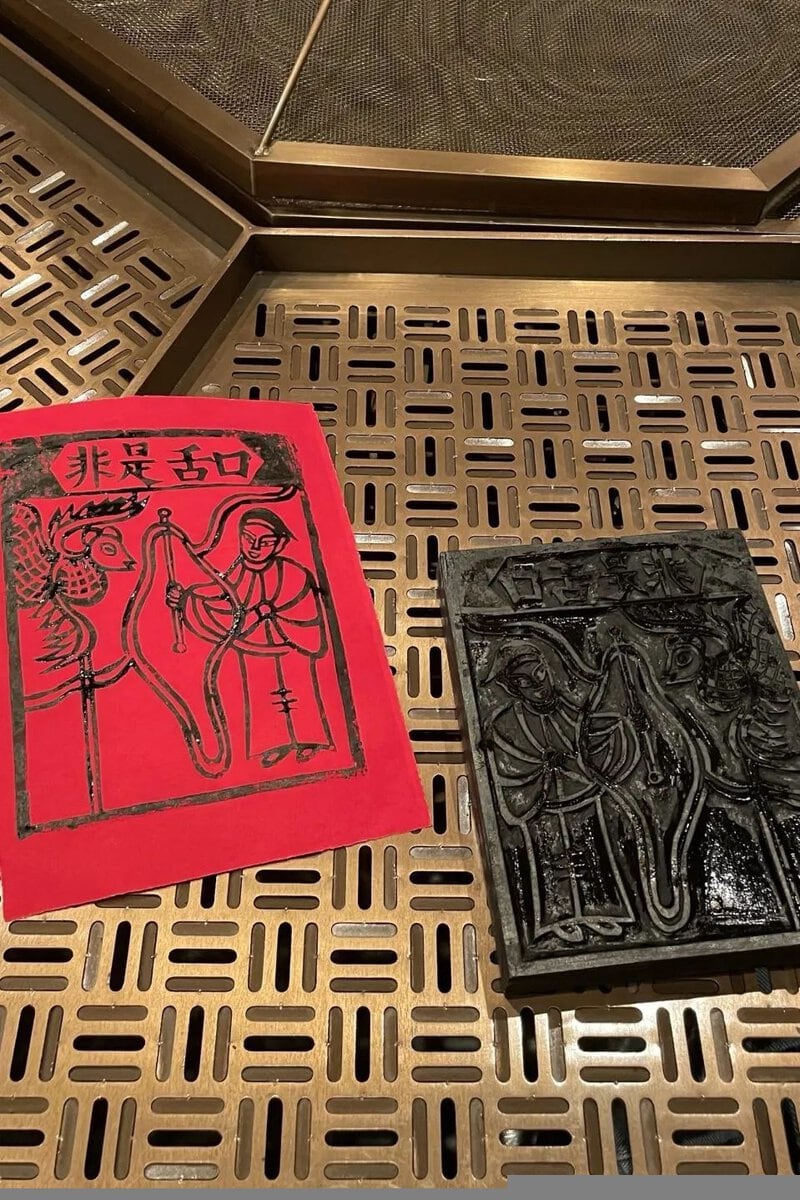
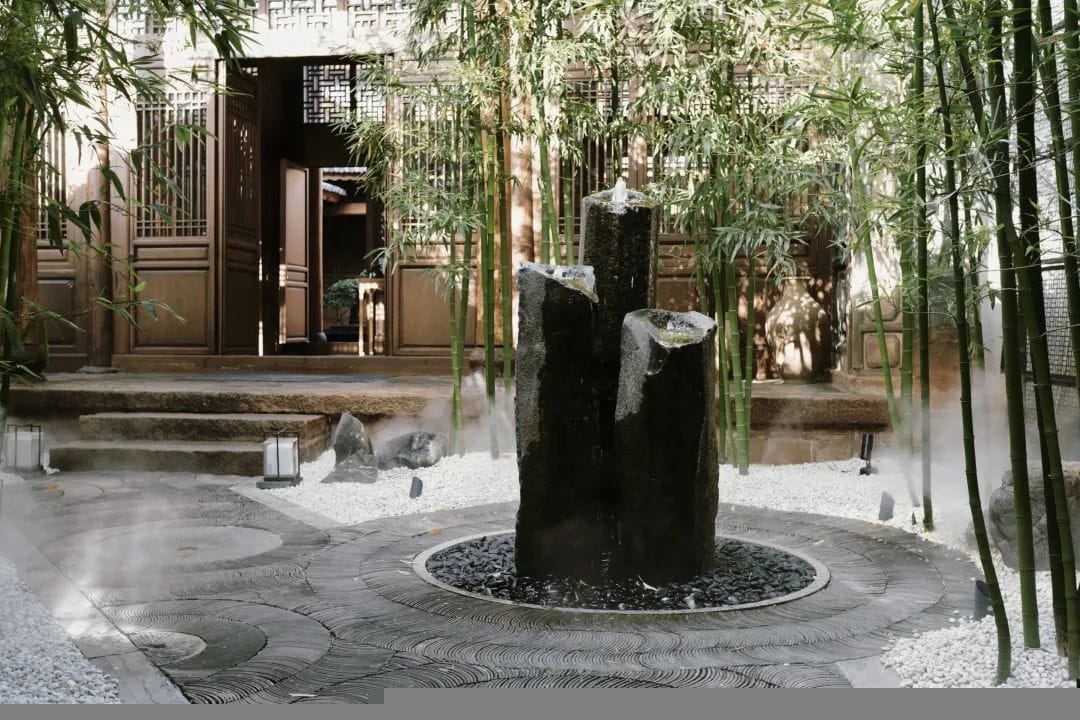
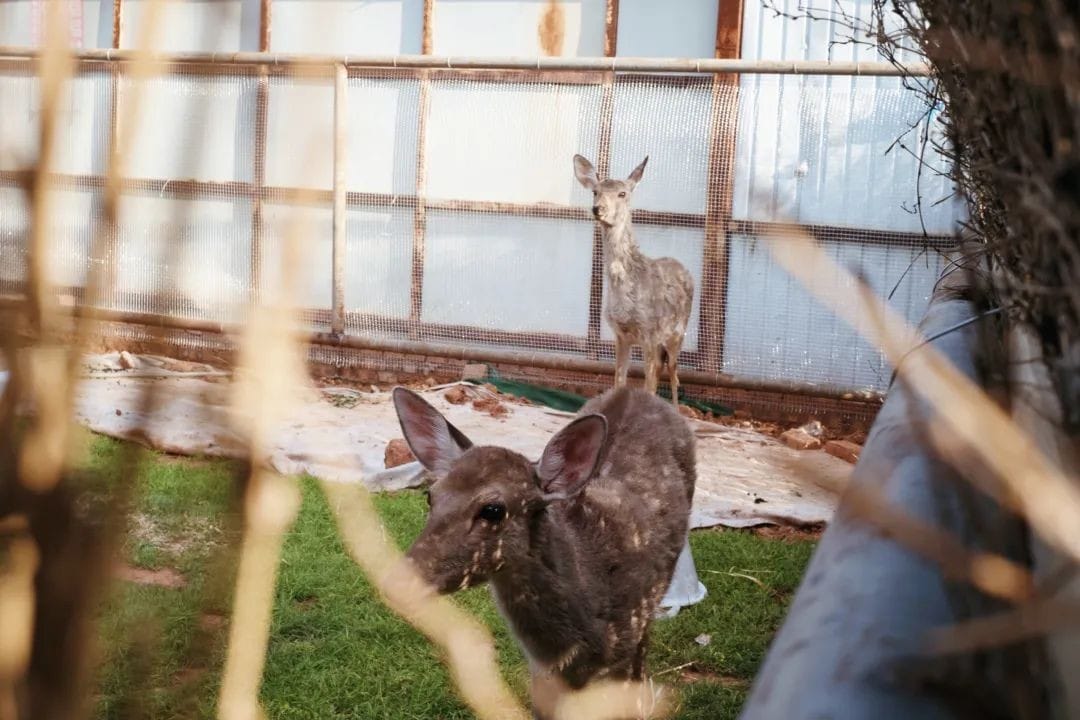
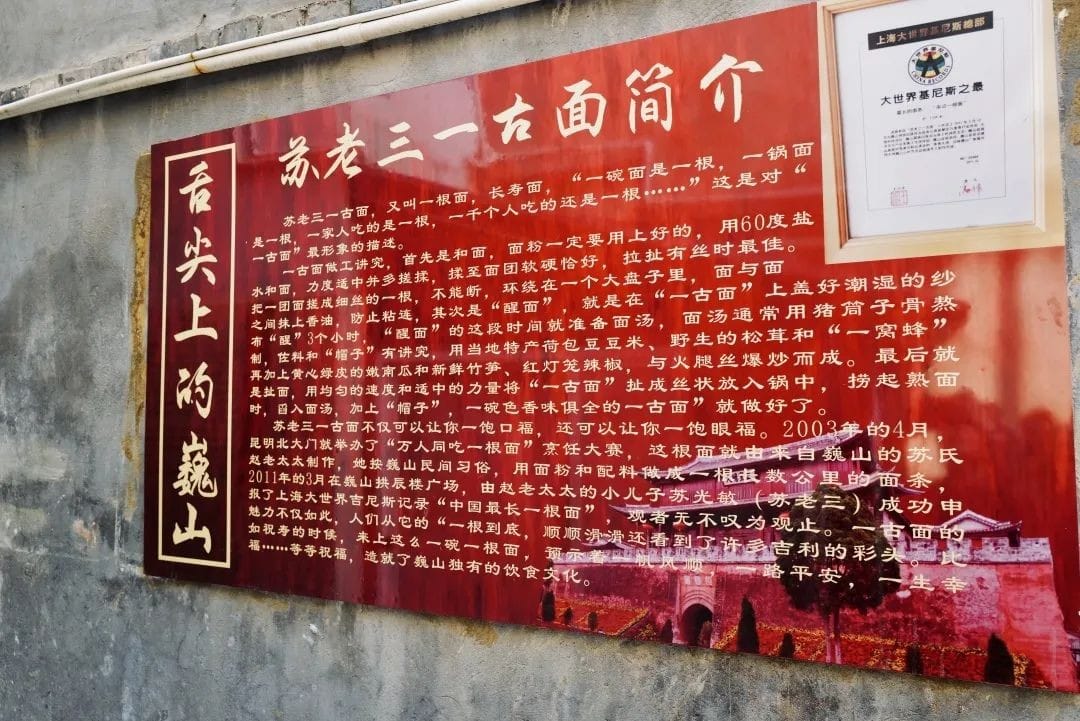
The room of Miss Liang is also exceptionally well-preserved.
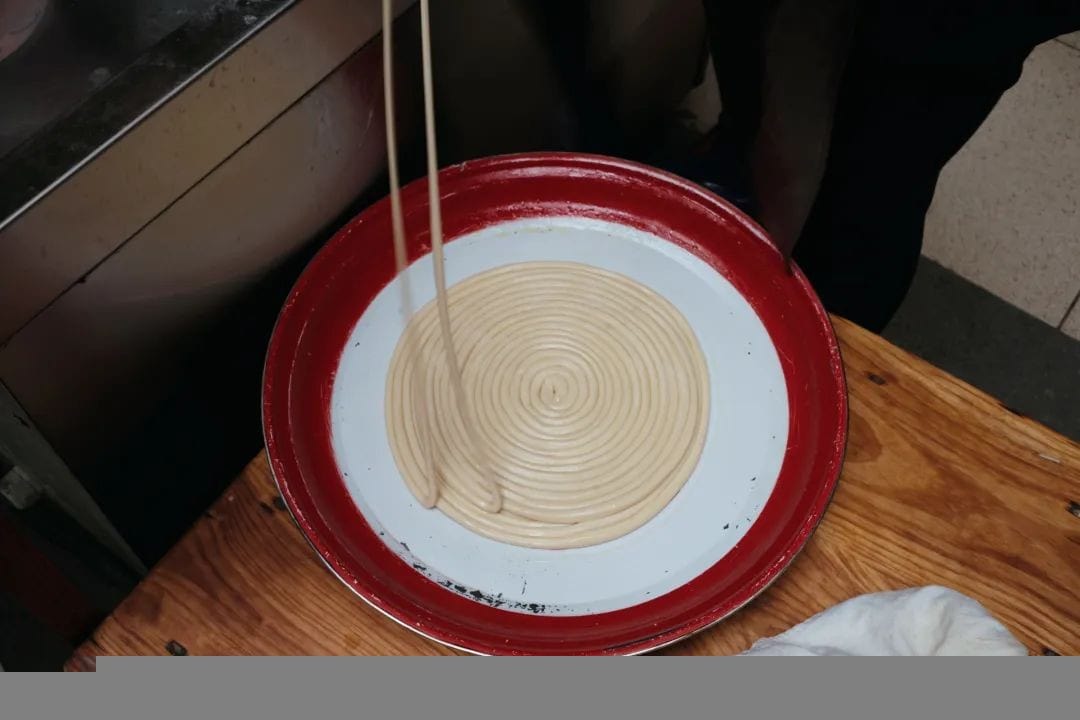
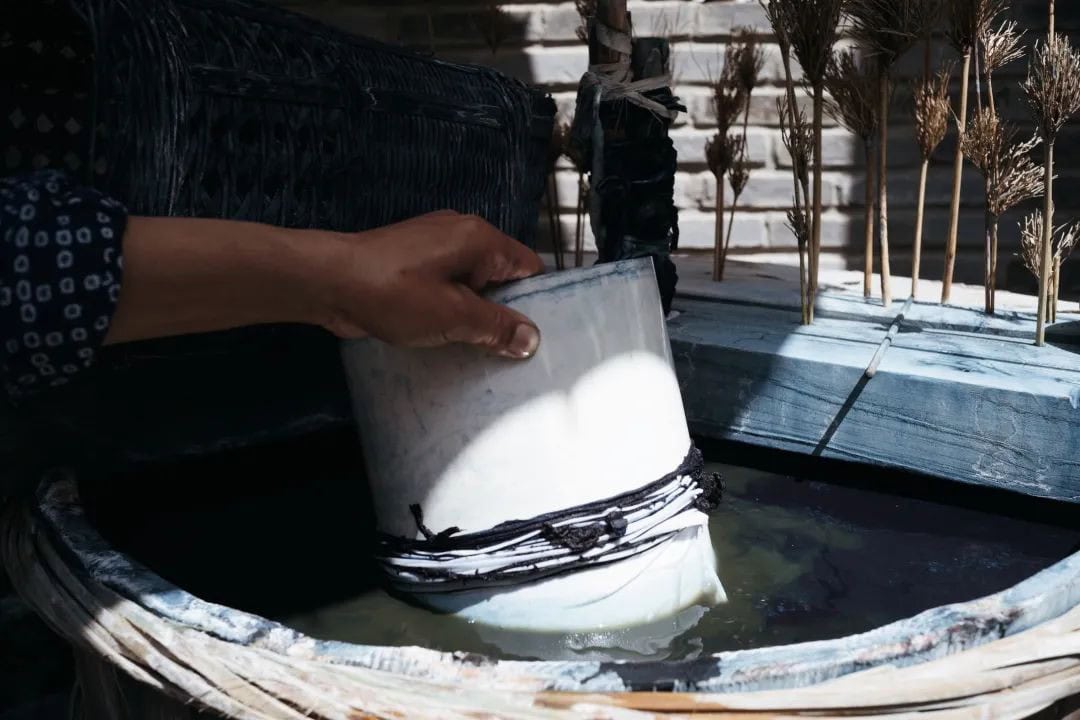
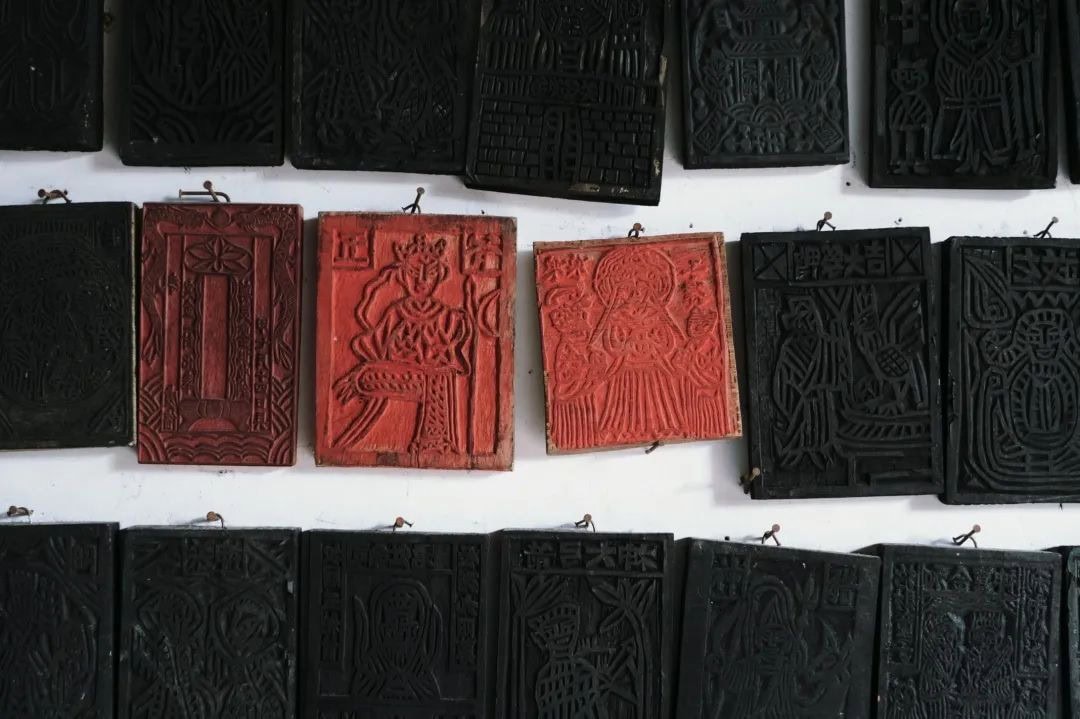
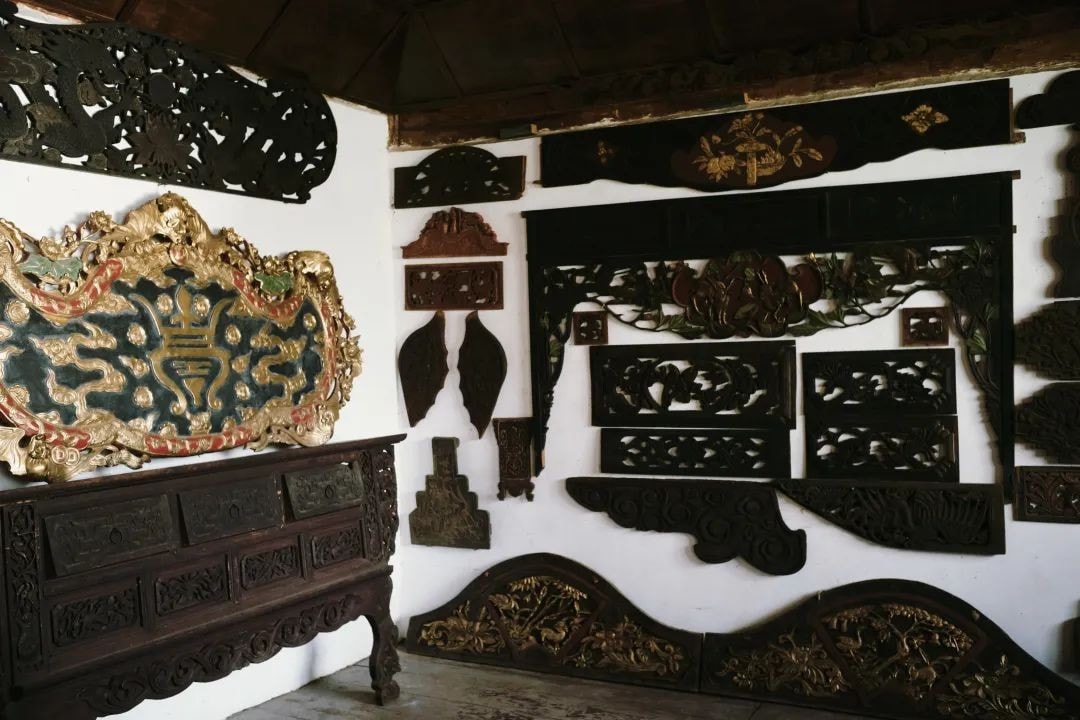
According to the owner, only a portion of the collections is currently on display, with many more yet to be organized.
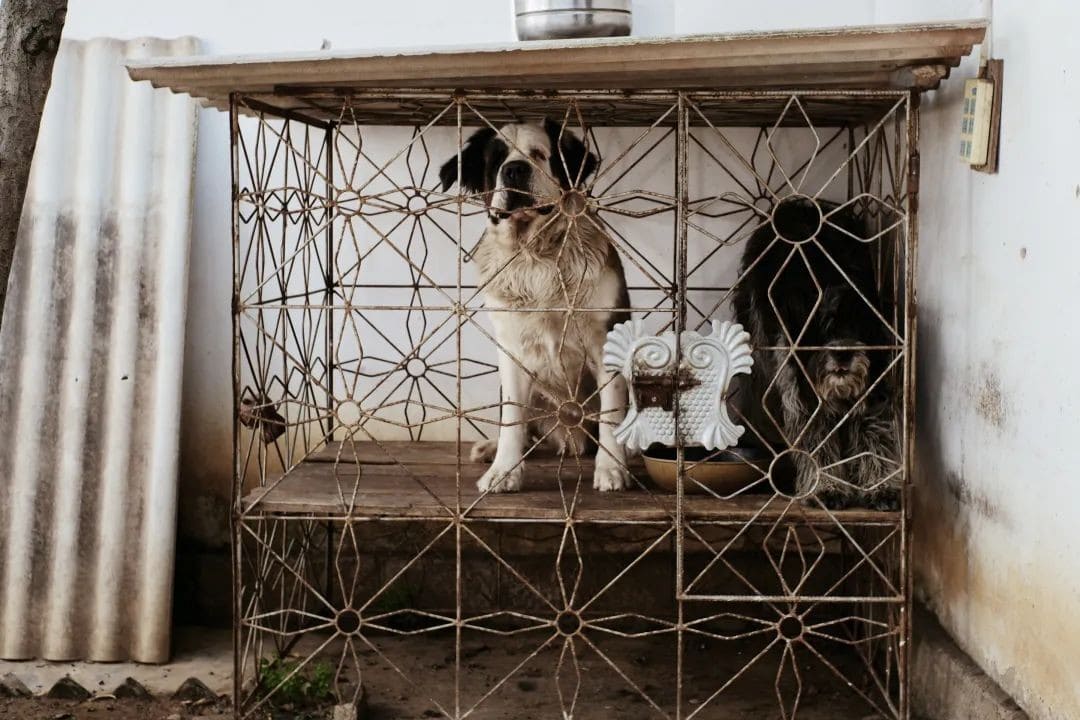
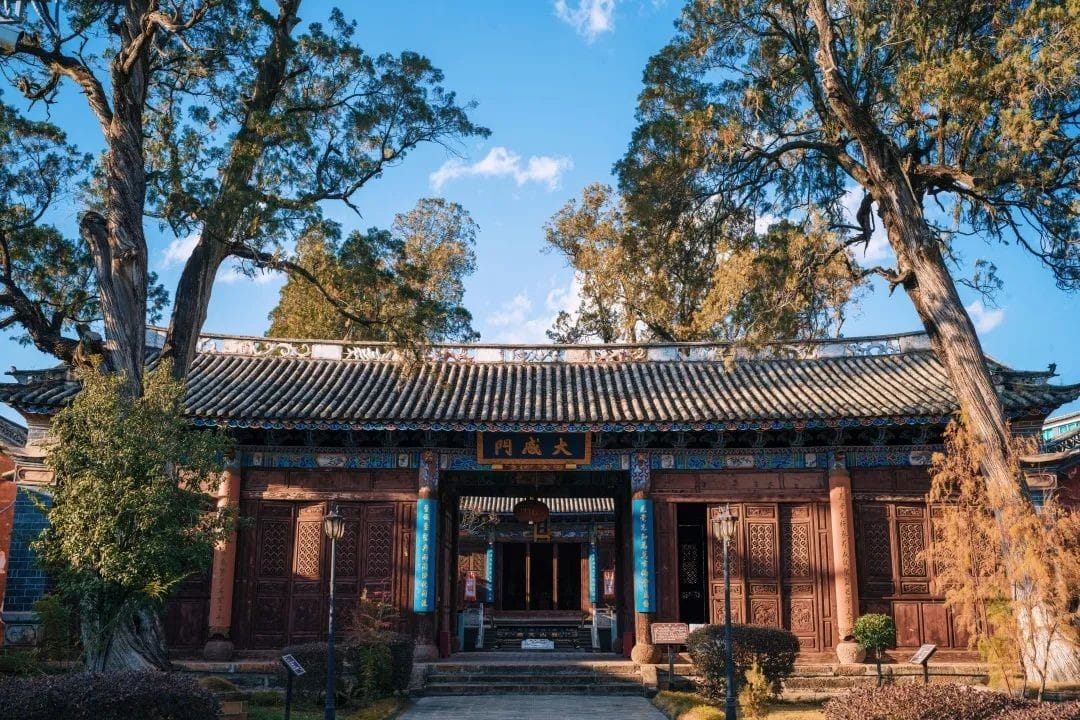
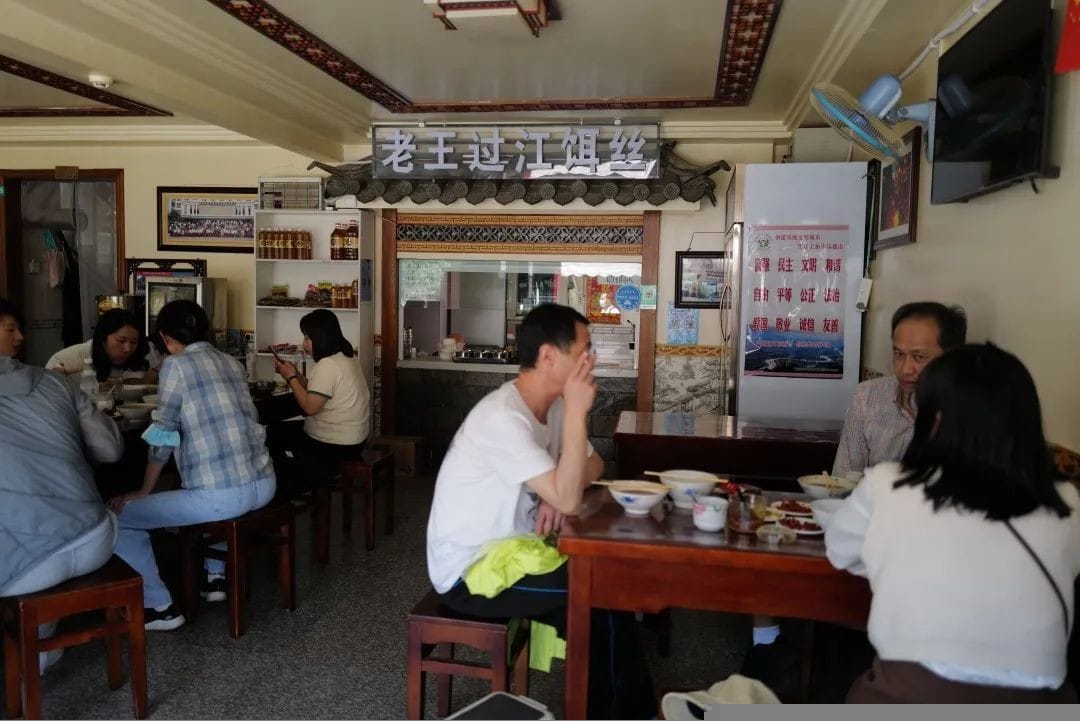
While viewing, I couldn’t help but ask the owner, “Where will you announce new exhibitions?”
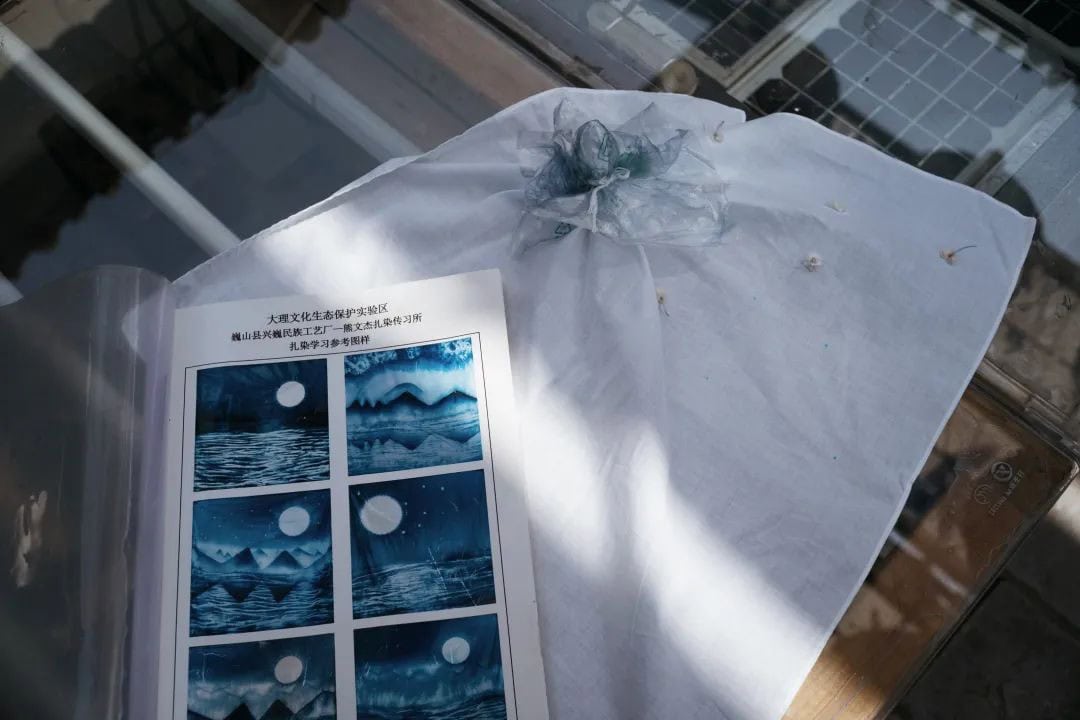
The owner replied with a hint of helplessness, “It all depends on you tourists.” In Weishan, where social media is not well-developed, even using WeChat and Weibo was taught to the owner by a Beijing university student who once lived in Weishan.
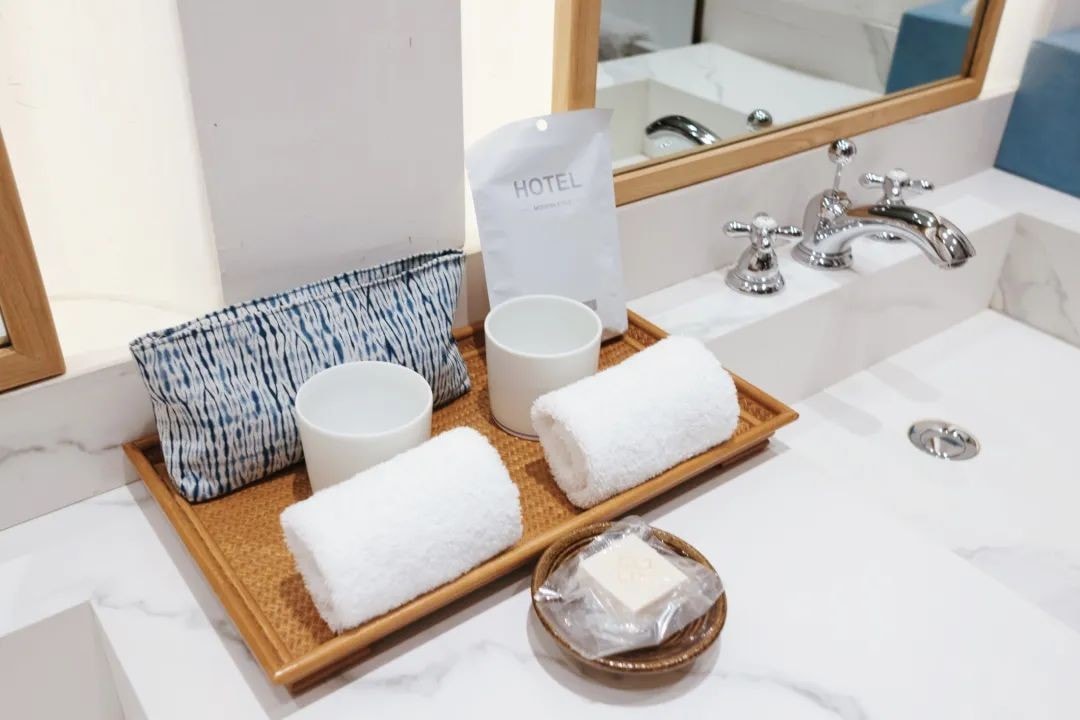
I thought to myself, if this museum were in Hangzhou, it would probably have already attracted MCN companies for video shoots.
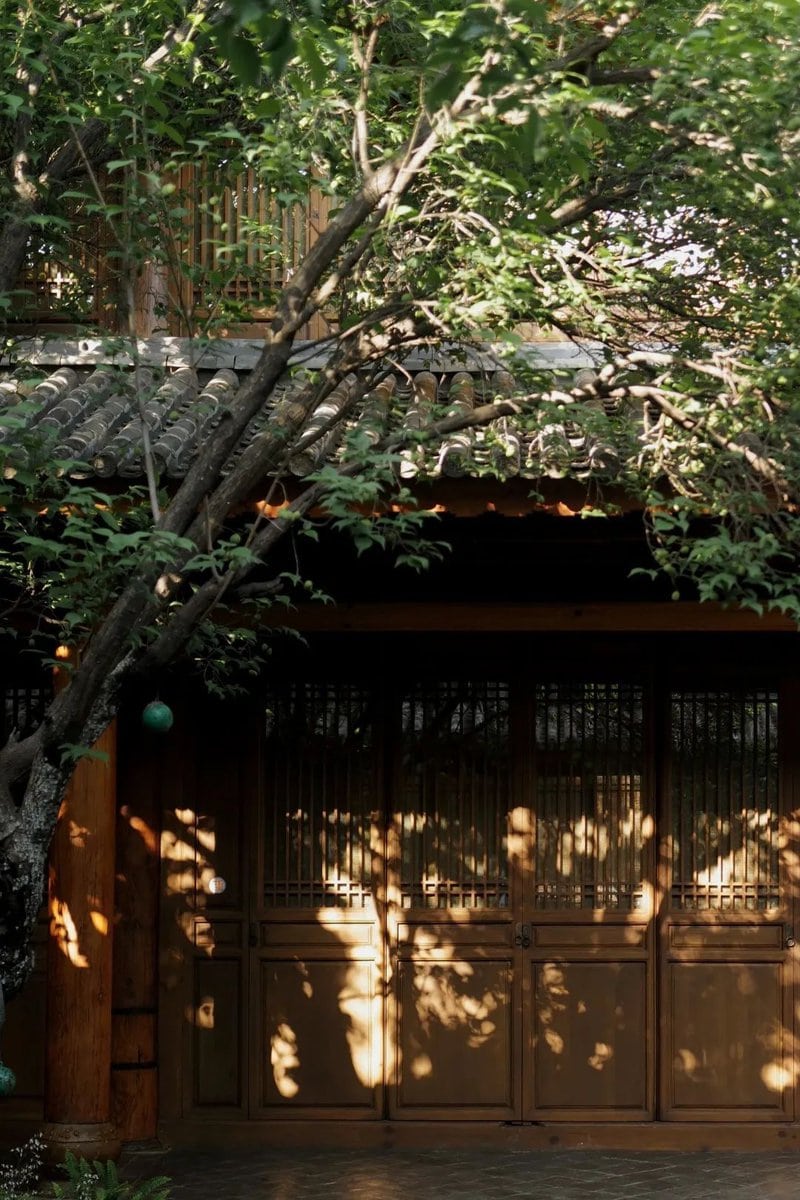
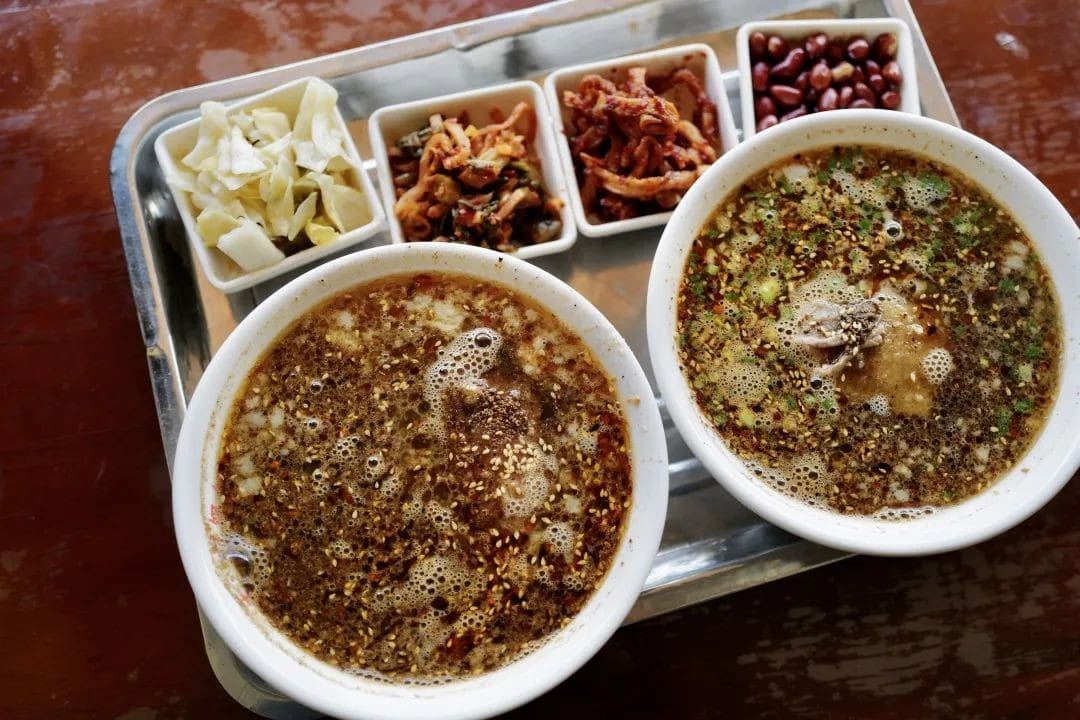
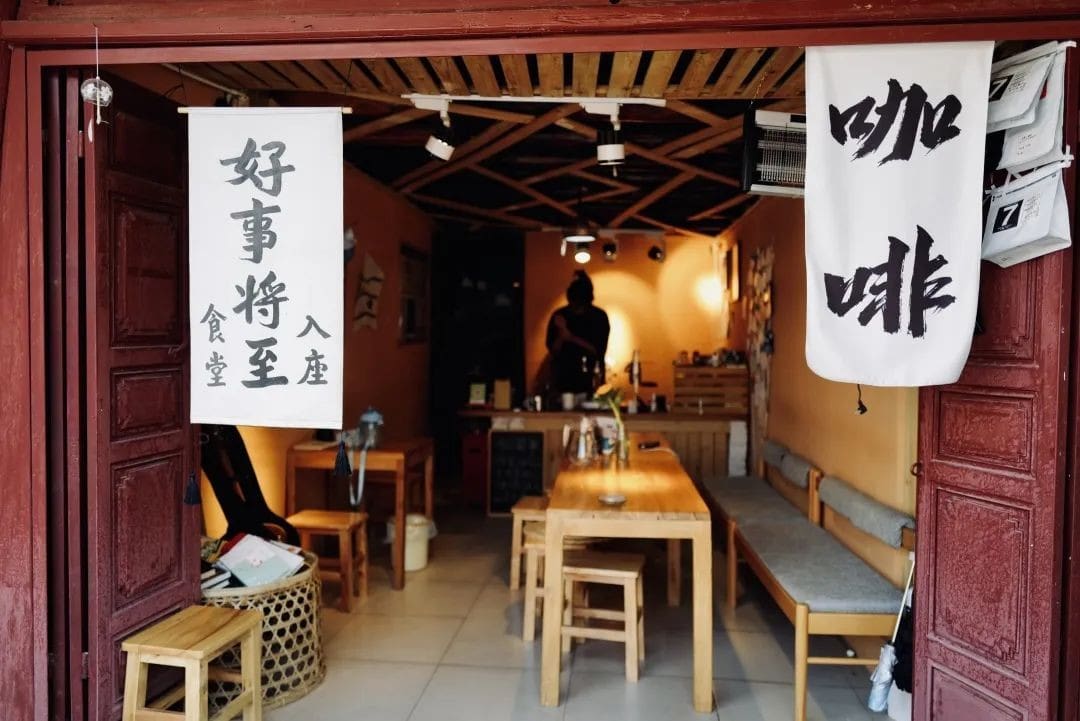
One room contains numerous ancient books, their pages yellowed and text somewhat faded. The owner admits she lacks the resources to preserve these items properly and hopes to find professionals to assist after she finishes organizing them.
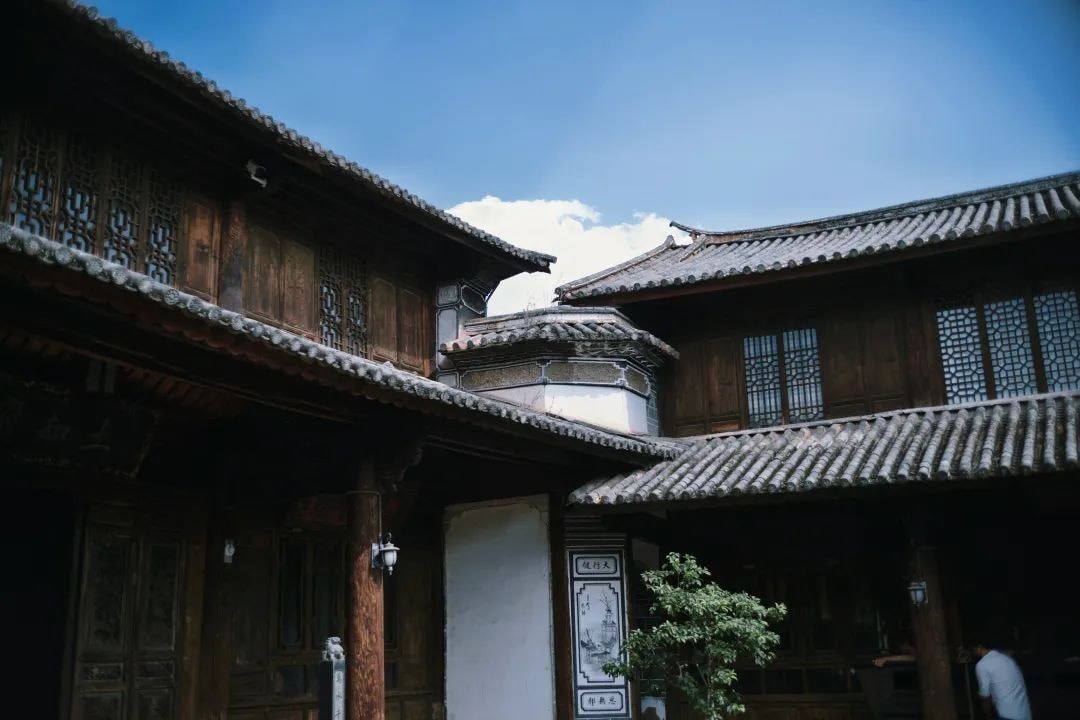
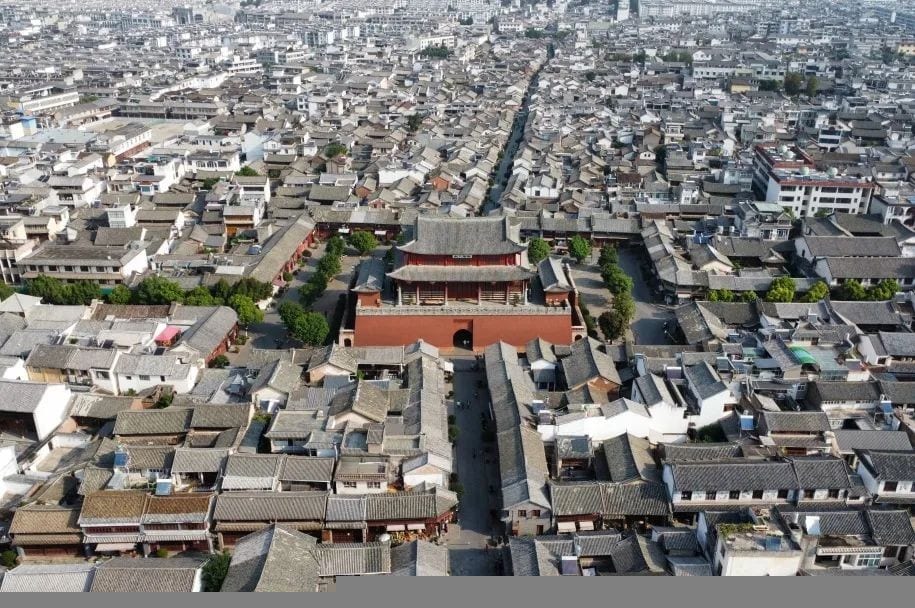
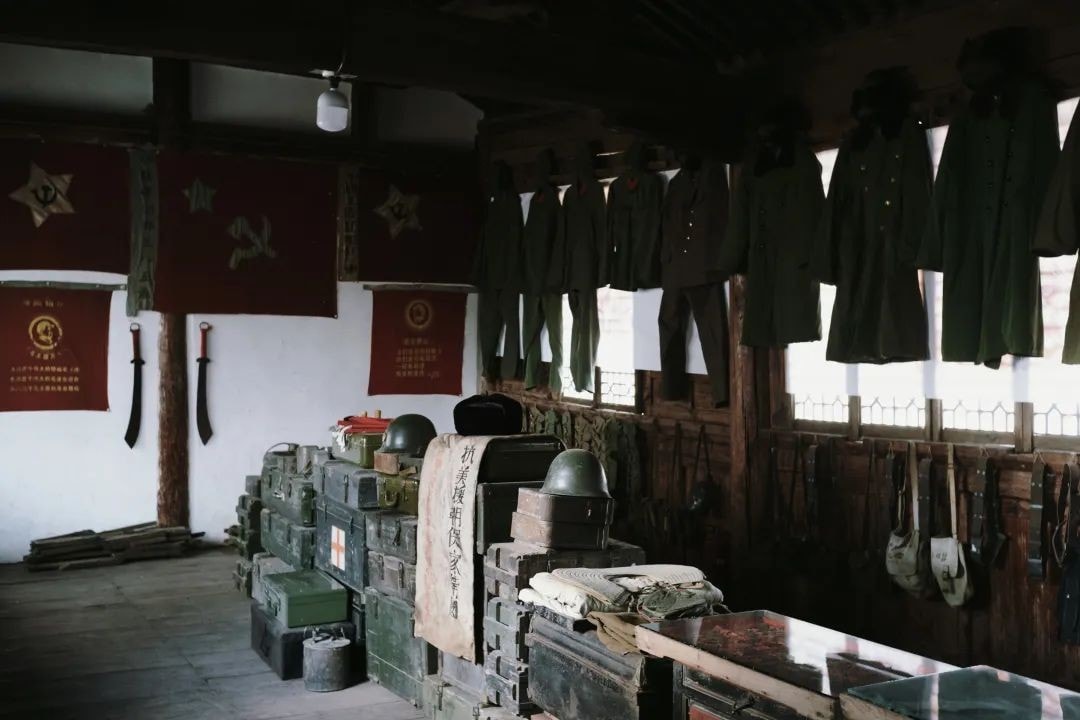
The owner has also donated many collections to the Nanzhao Museum. The Liang’s Mansion, where the museum is housed, is lent by the government for exhibitions. However, as Weishan is merely an autonomous rural county, the support it can provide is limited. The current organization and restoration of these artifacts are all funded and done by the owner and her husband out of their own pockets.
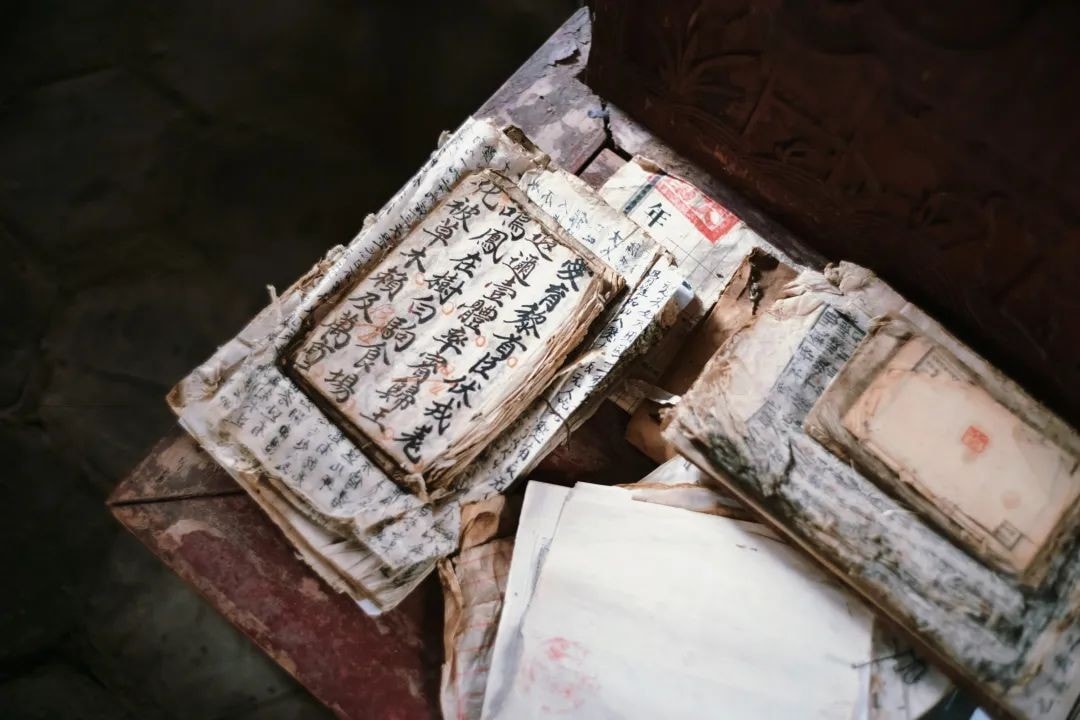
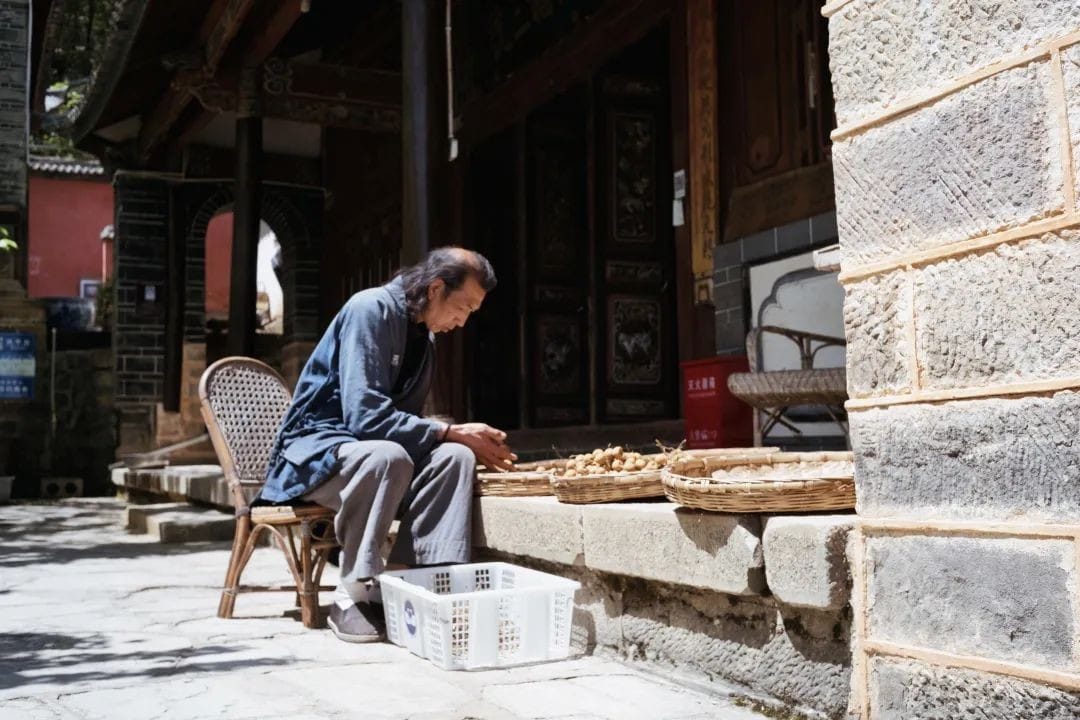
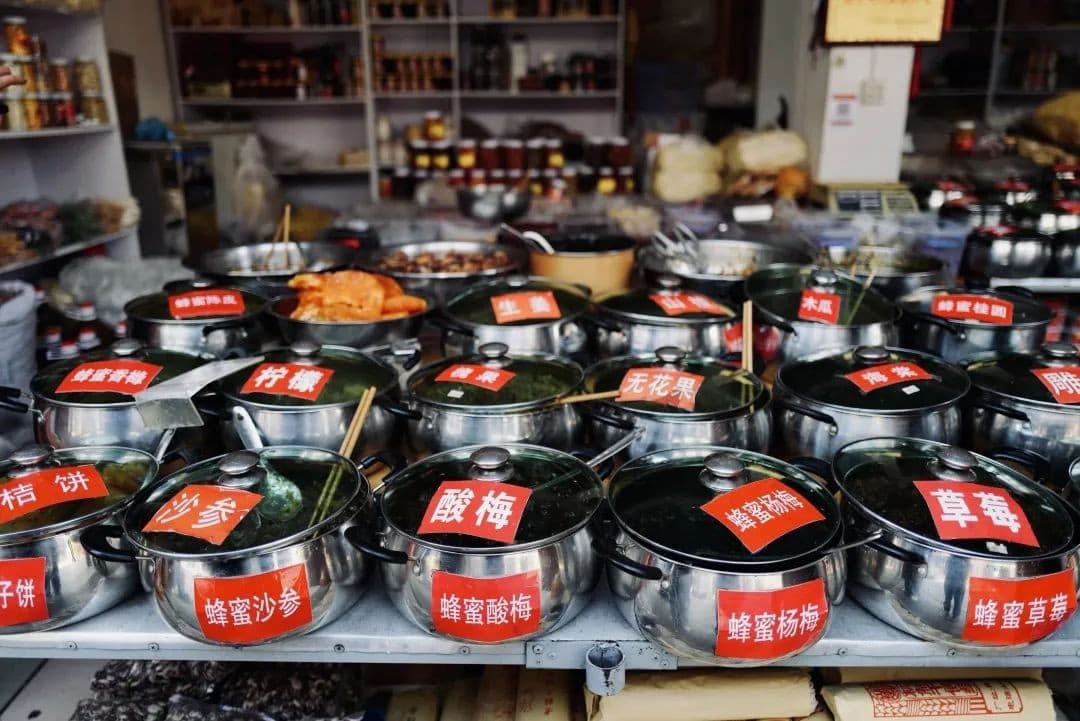
Personally, I believe the Folk Custom Museum is the most worthwhile place to visit in the entire Weishan ancient city, offering a unique museum experience.
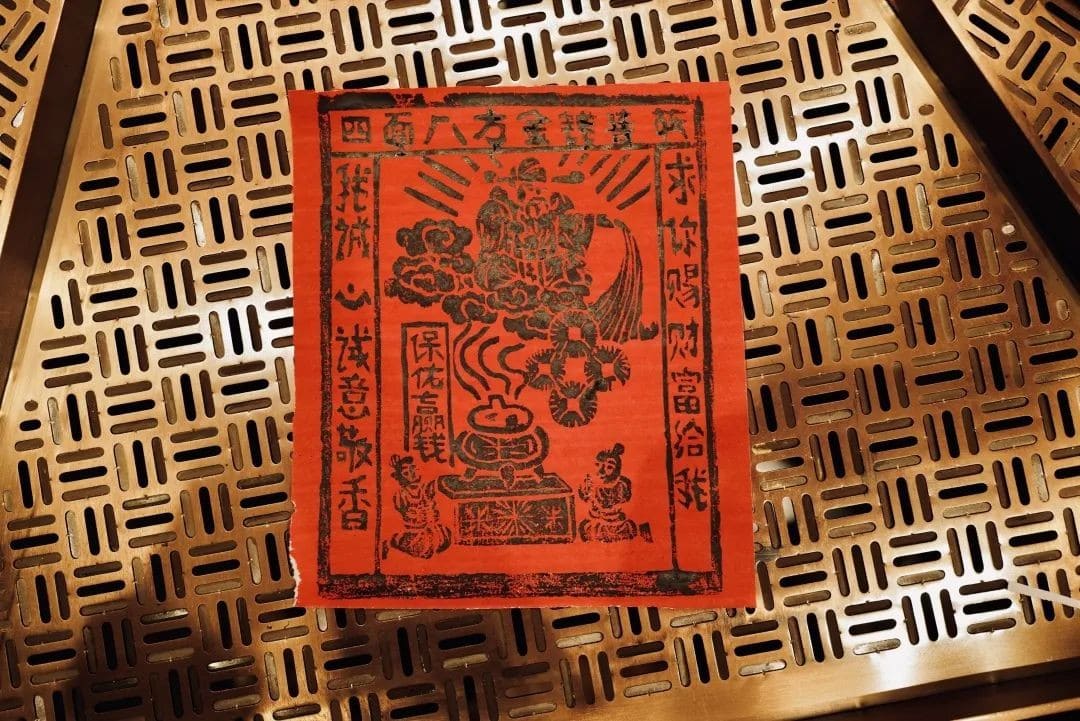
The entrance fee is only twenty yuan, and the owner provides a personal guided tour. I’ve heard of visitors so moved by their experience that they insisted on giving extra money to the owner.
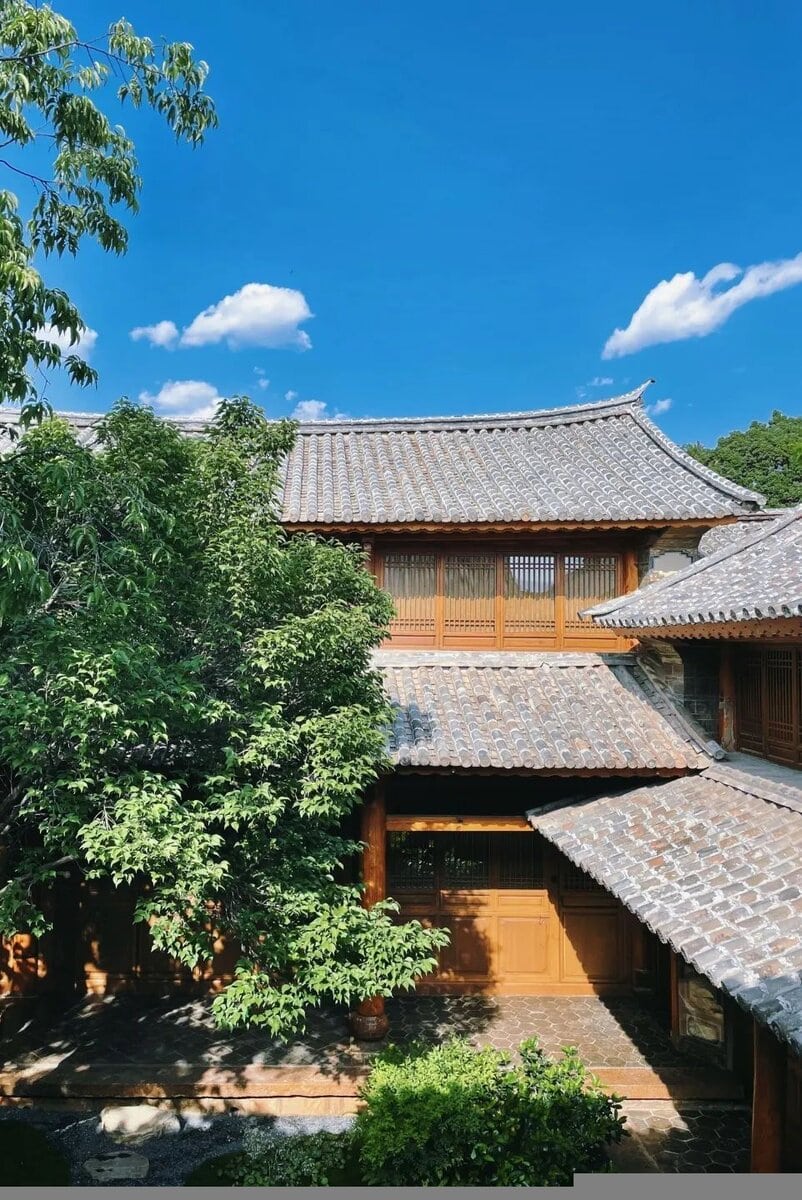
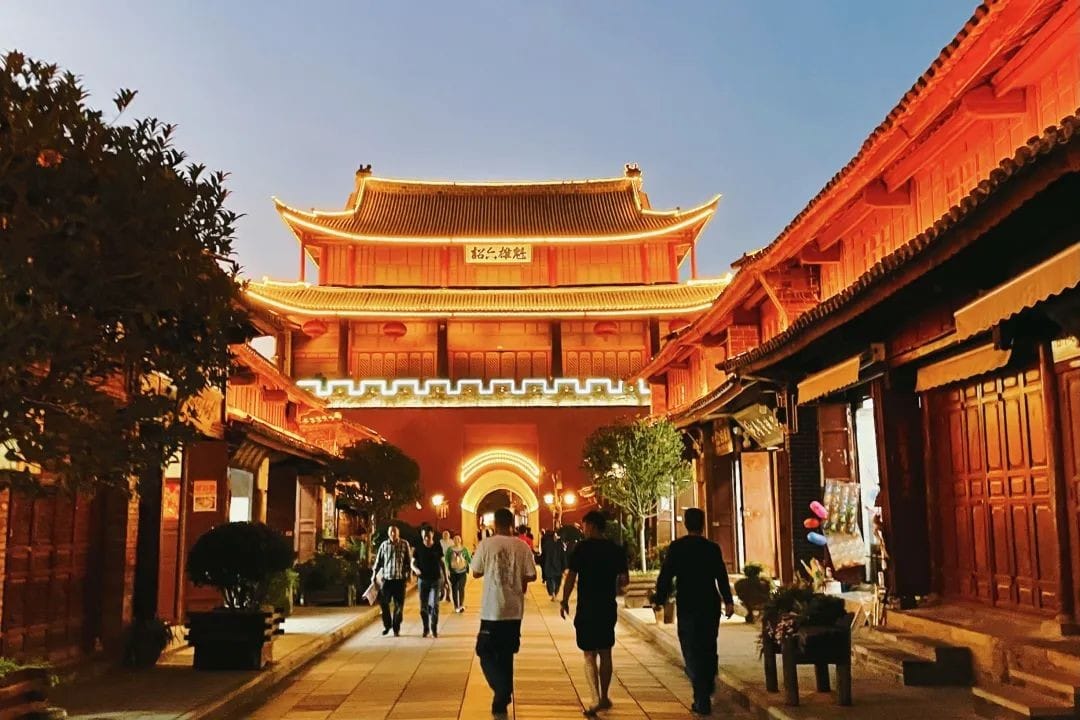
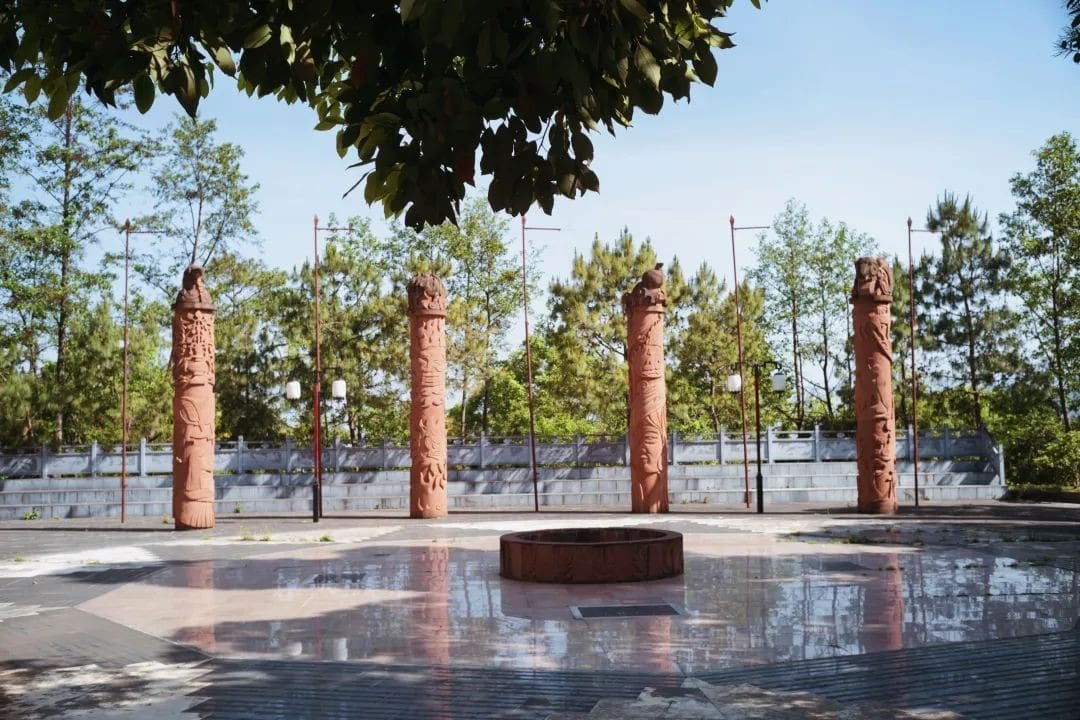
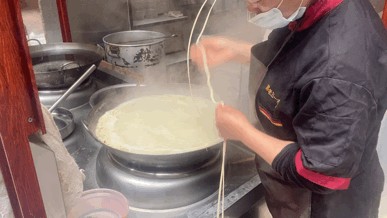
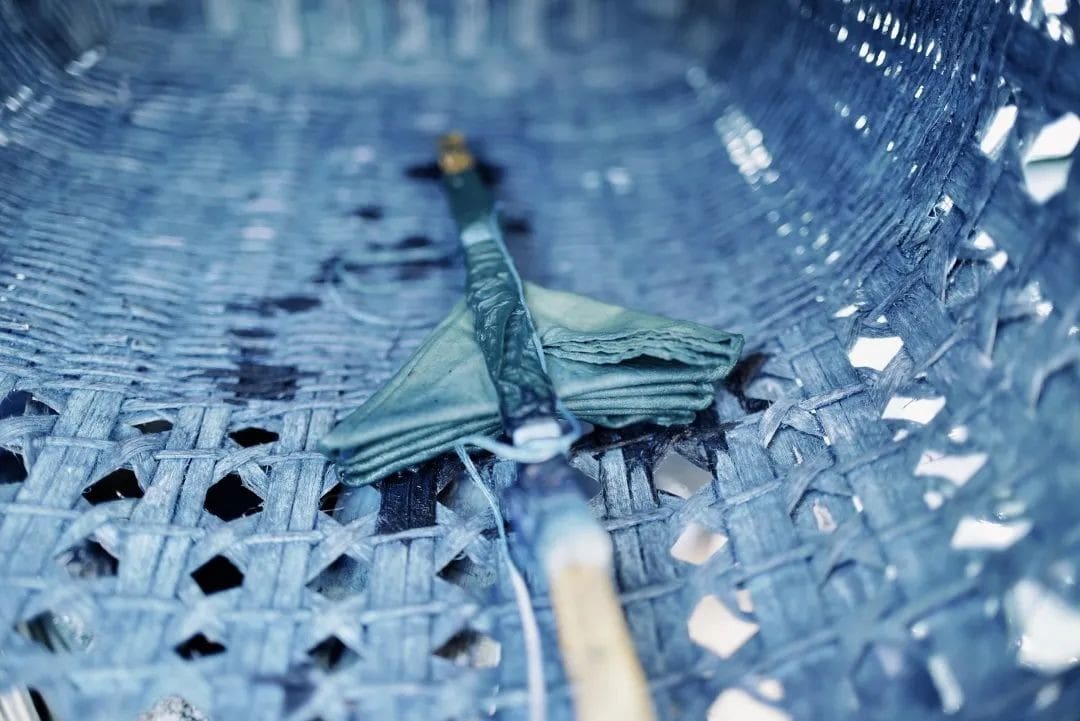
By the way, the museum also houses two enormous St. Bernards, the national dog of Switzerland, rarely seen in cities.
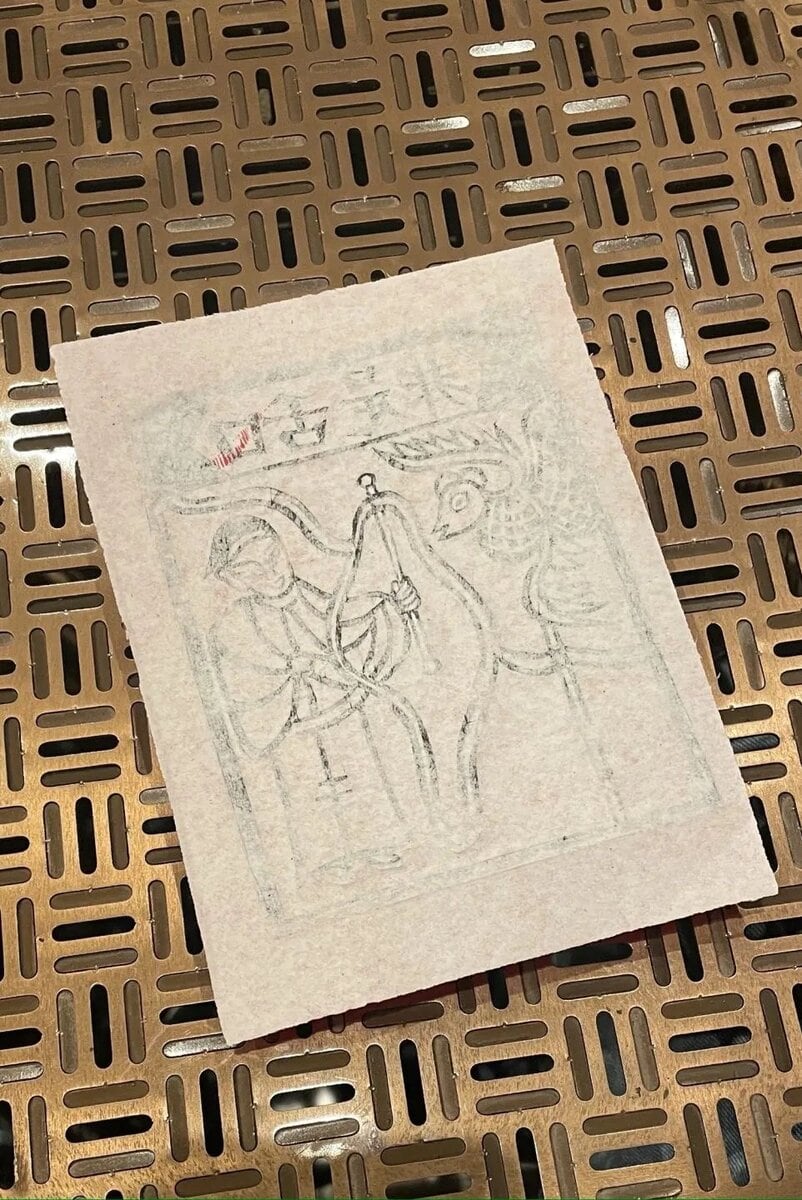
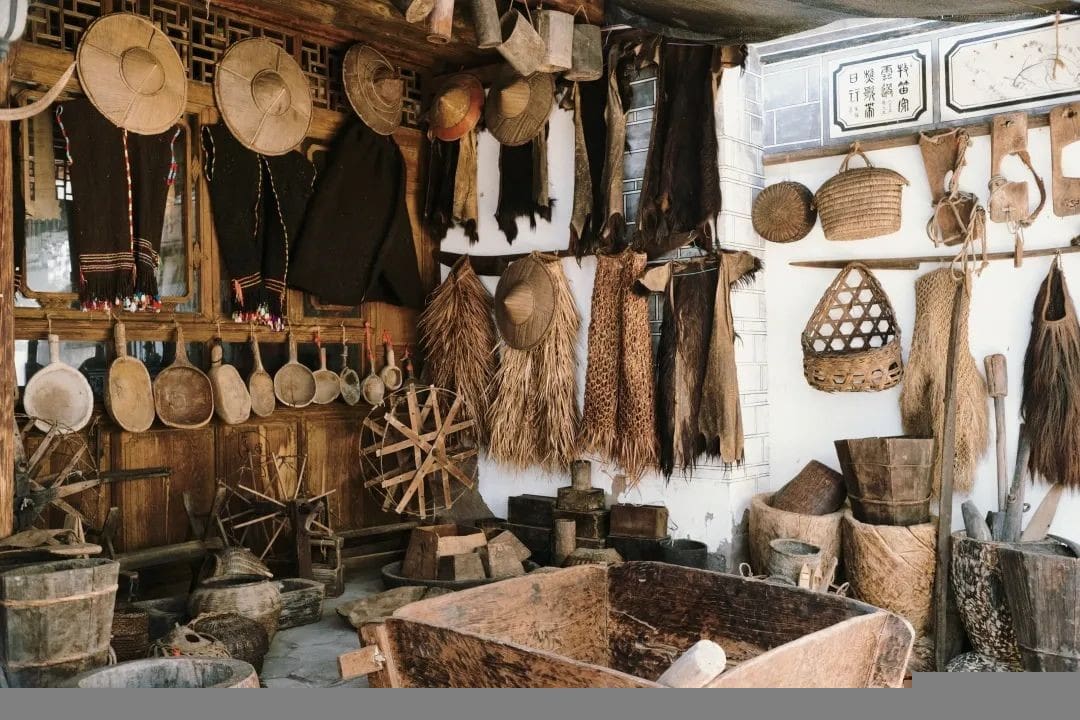
Nanzhao Museum
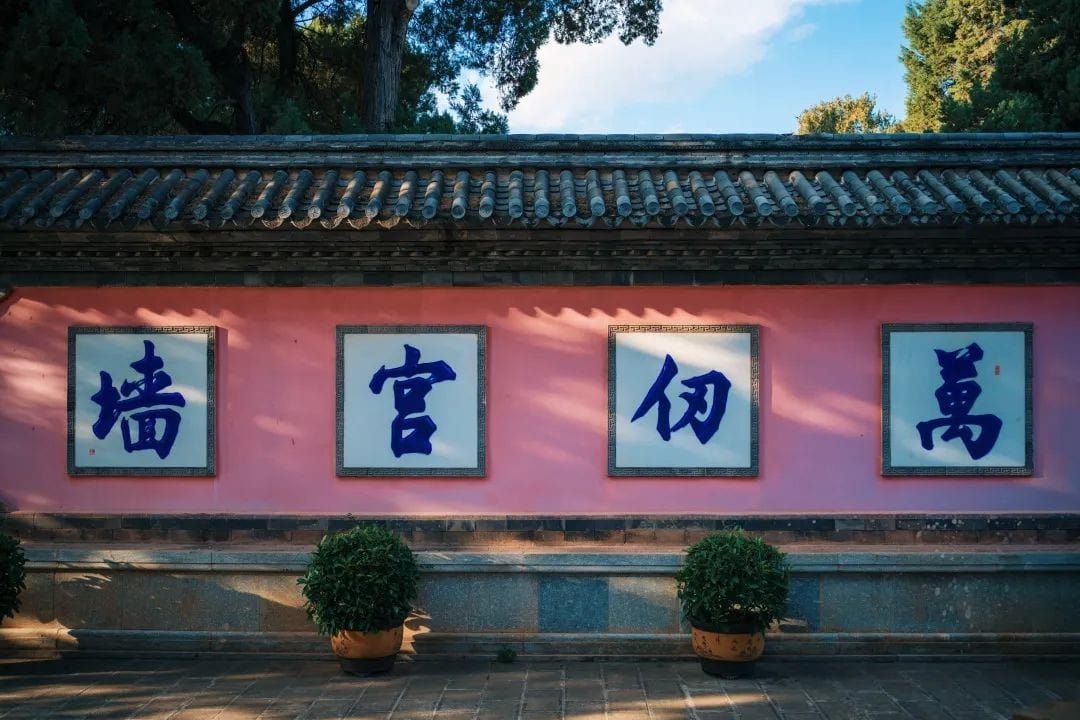
Compared to the Folk Custom Museum, the Nanzhao Museum appears more conventional. It is a museum that combines modern exhibition techniques with ancient architectural displays.
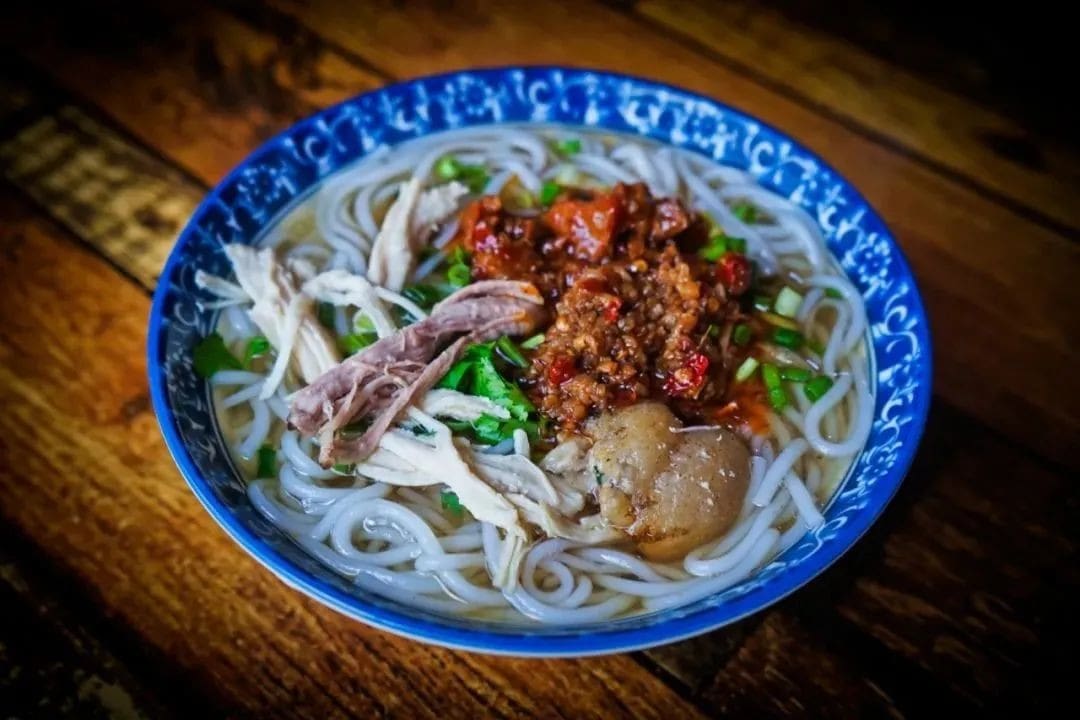
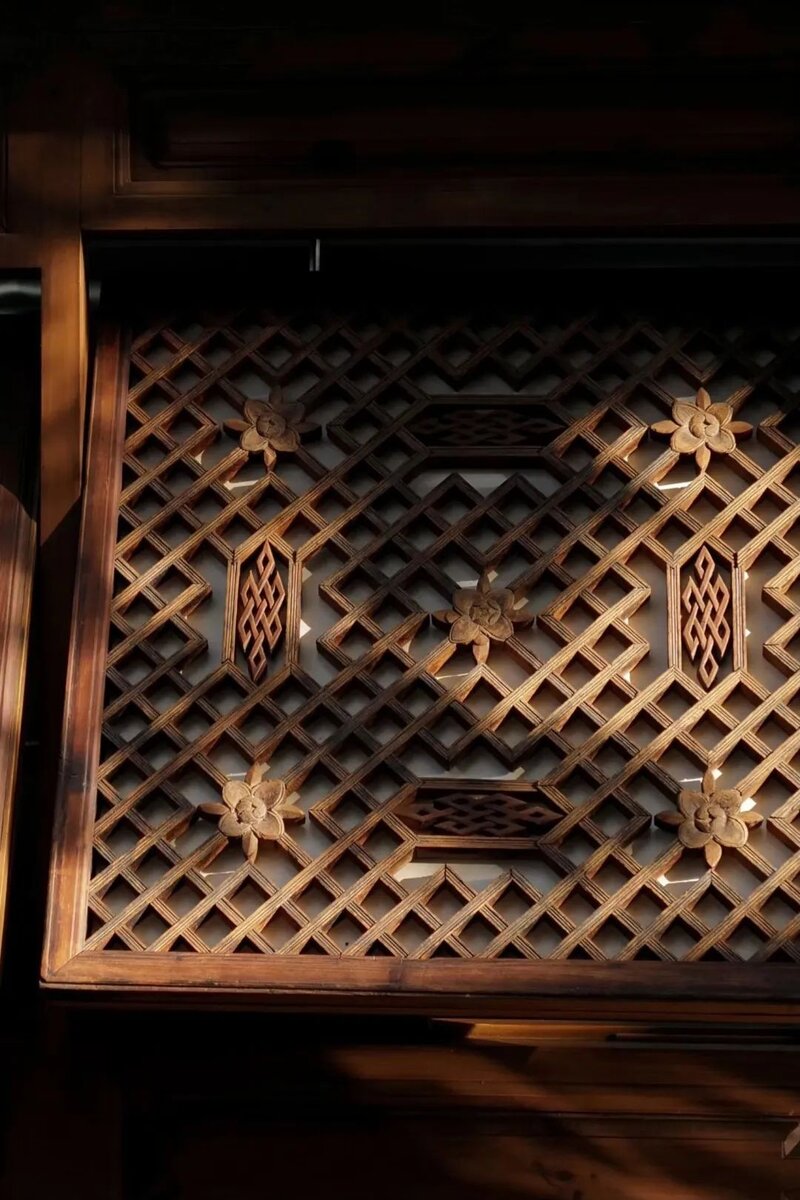
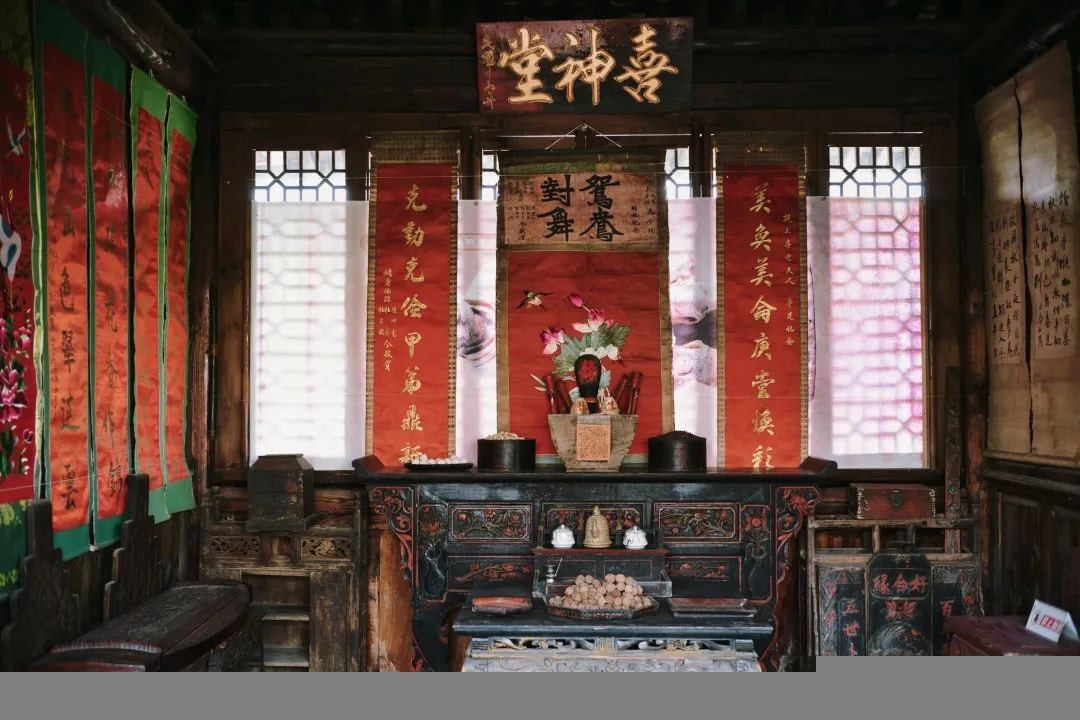
The entire Nanzhao Museum is divided into several areas: the Cultural Relics Exhibition Area, the Sun Palace, the Zhao Zhongci (Cultural Heritage Protection Unit Picture Exhibition Area), the Lin Gongci (Intangible Cultural Heritage Picture Exhibition Area), and the Stele Corridor.
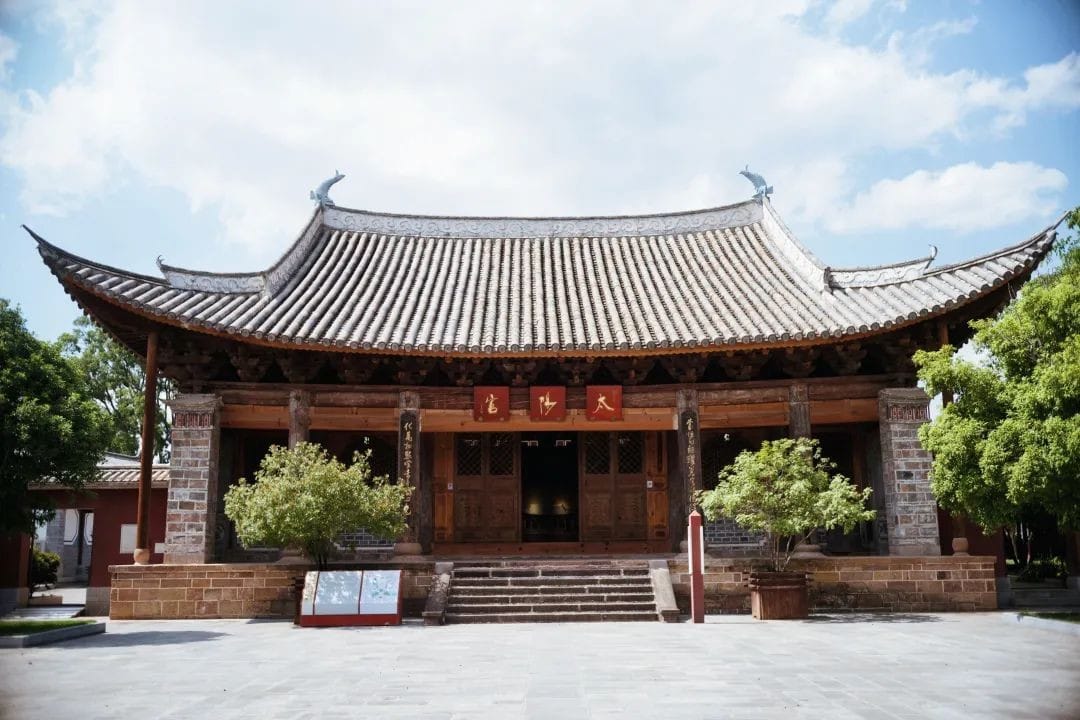
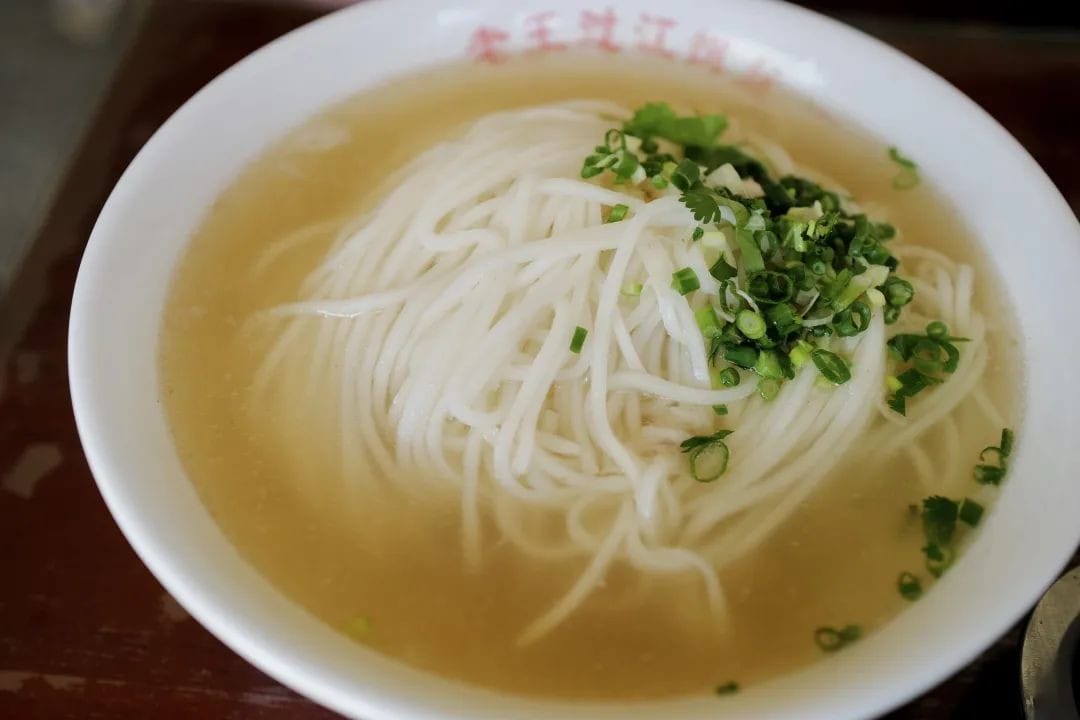
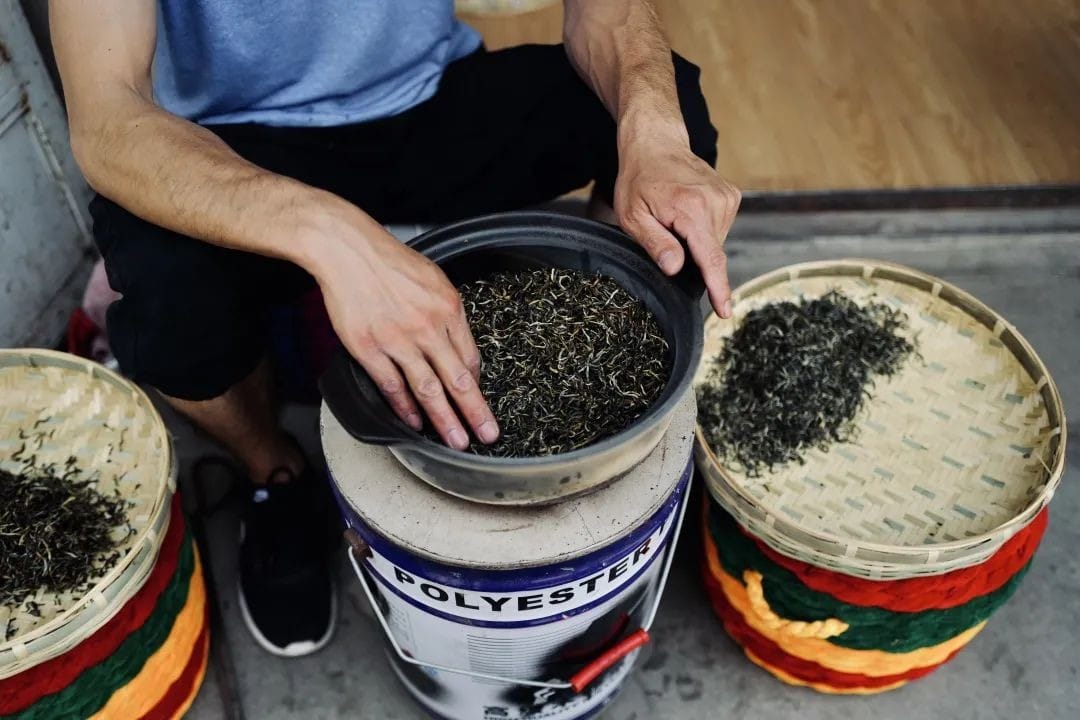
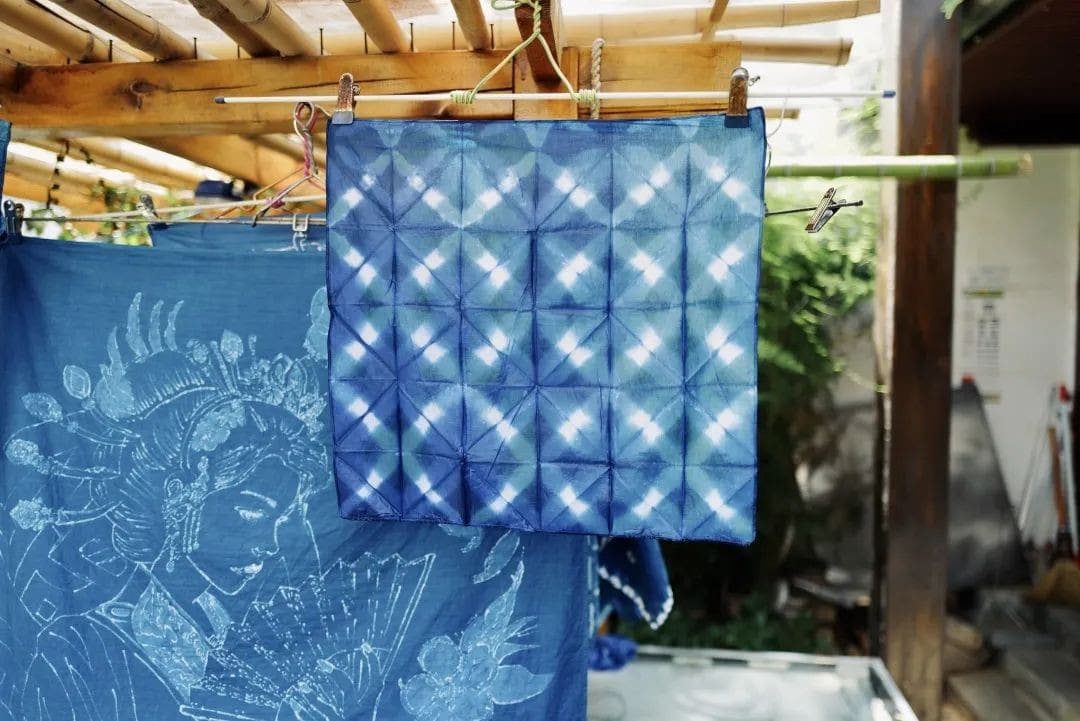
Compared to the Folk Museum, the collection here is not very extensive.
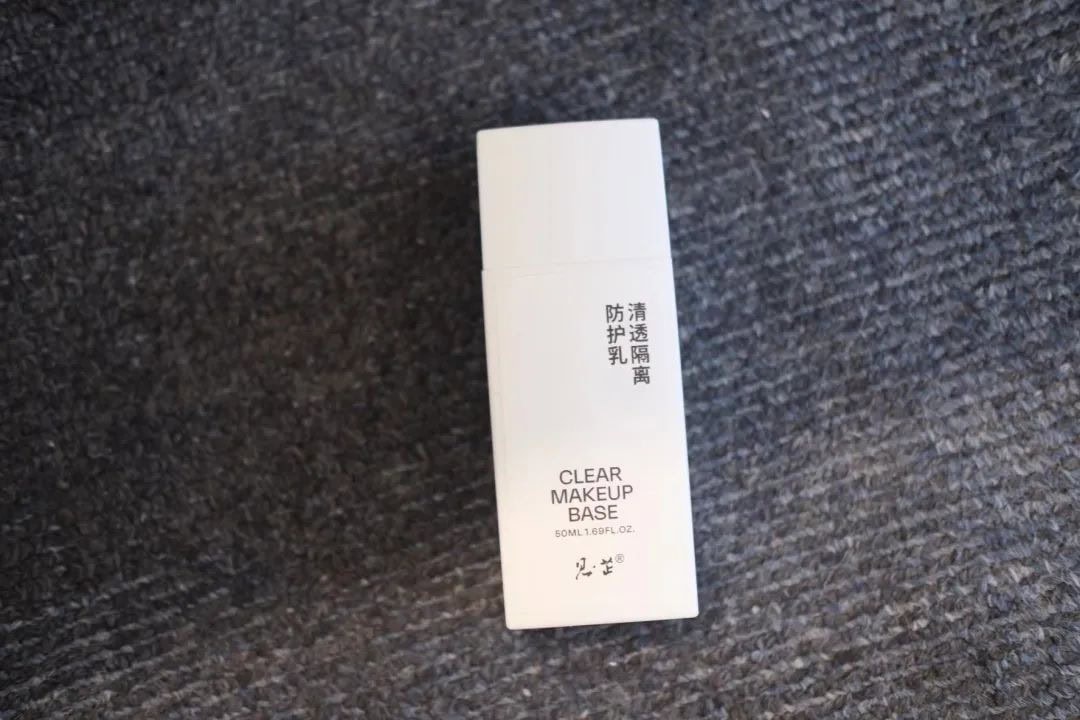
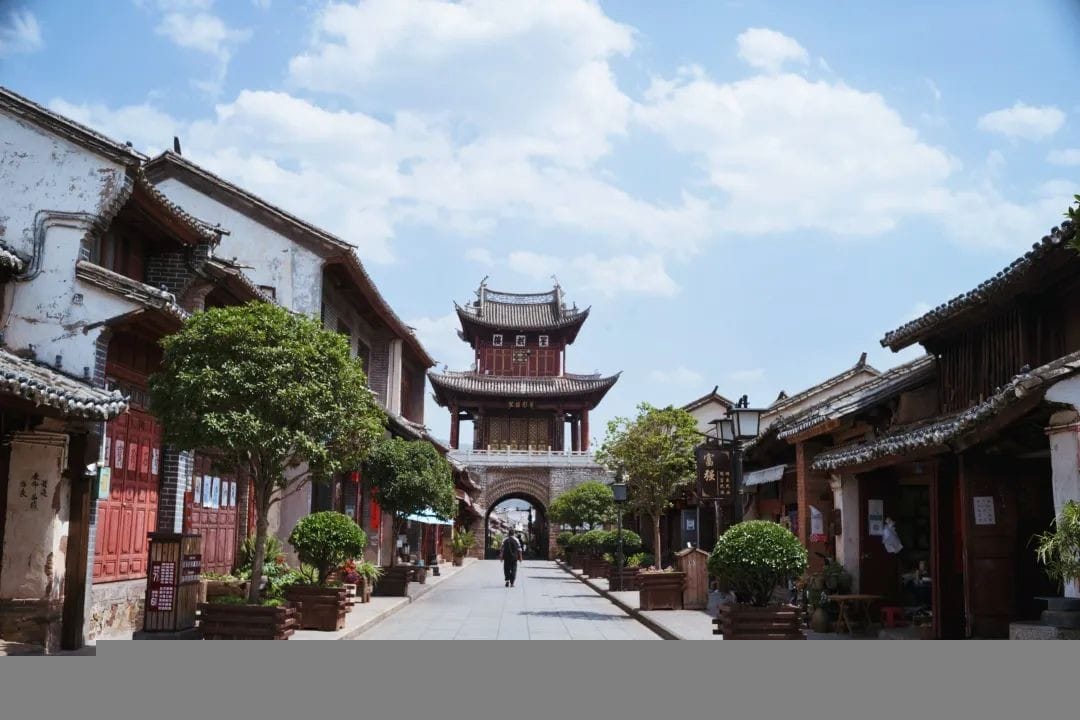
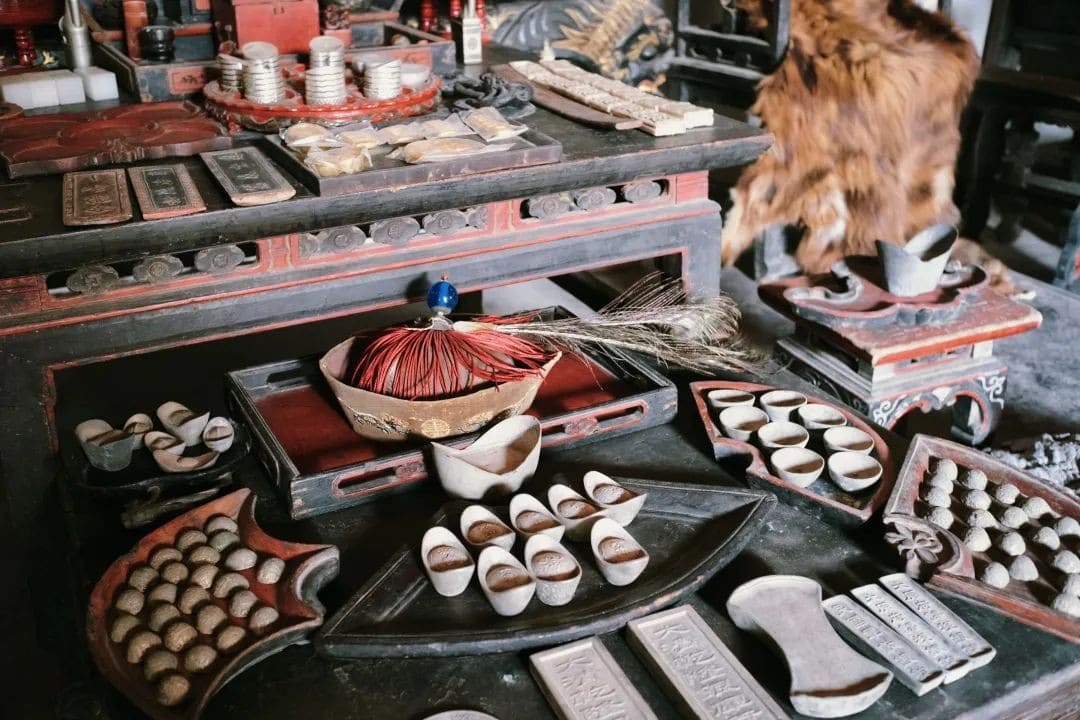
**Confucian Temple**
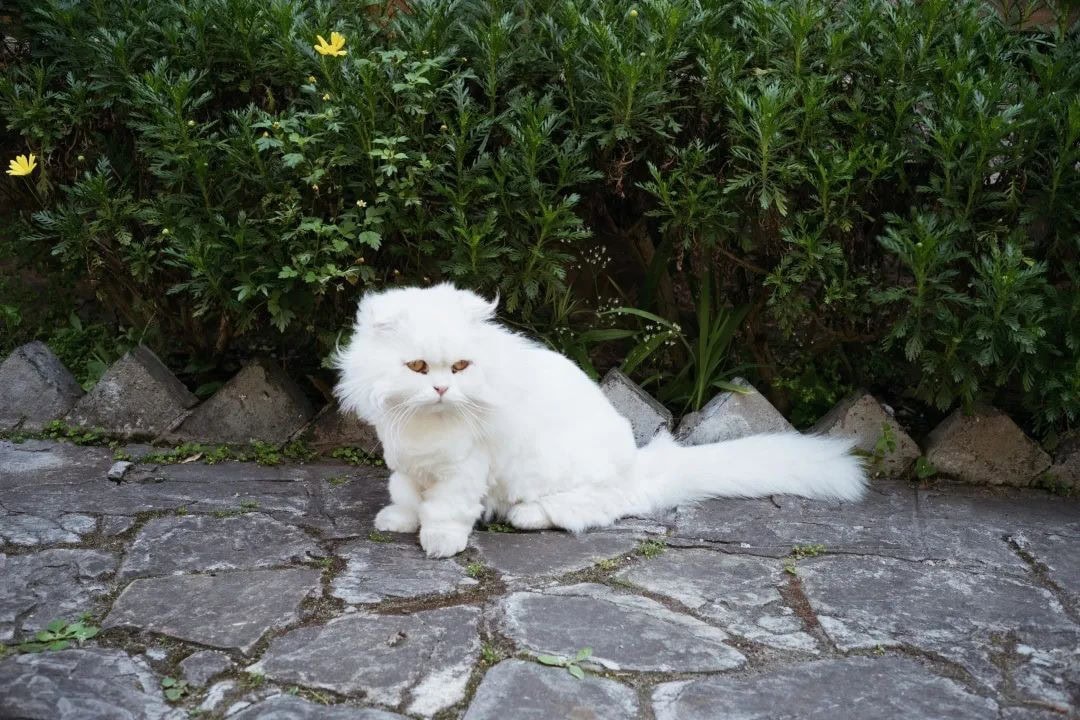
The Confucian Temple is a place of worship dedicated to Confucius in Chinese history.
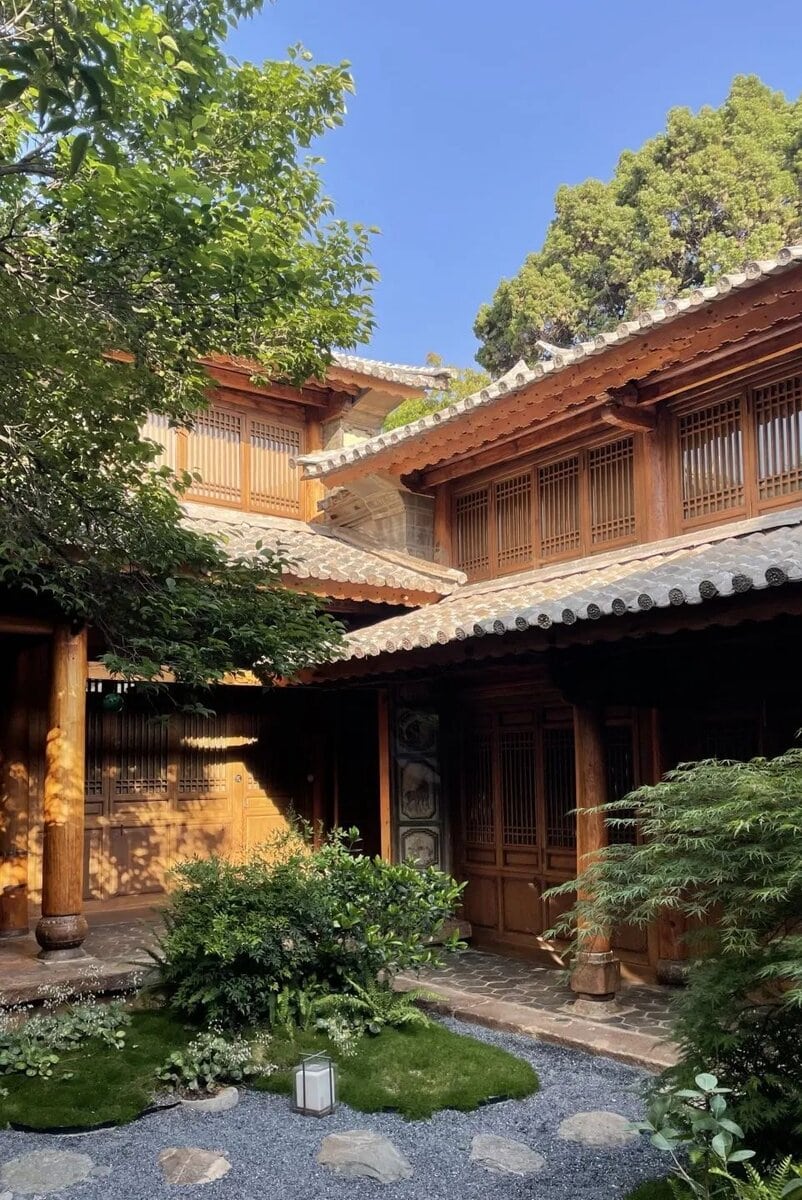
The Confucian Temple in Weishan Ancient City was built during the Hongwu period of the Ming Dynasty. It consists of 13 courtyards, with a series of ritual architecture along the central axis, including the Pan Pool, the Zhuangyuan Bridge, the Lingxing Gate, the Dacheng Gate, and the Dacheng Hall.
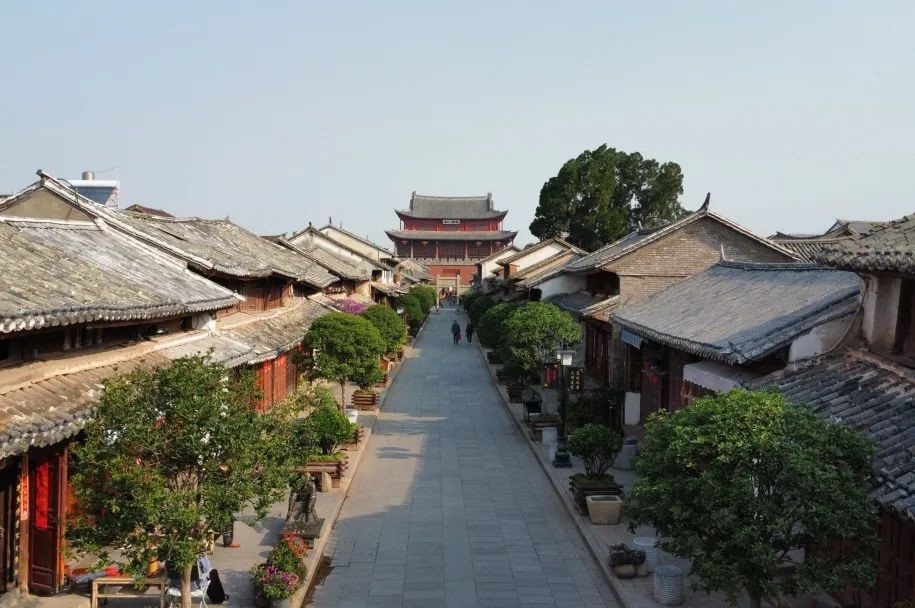
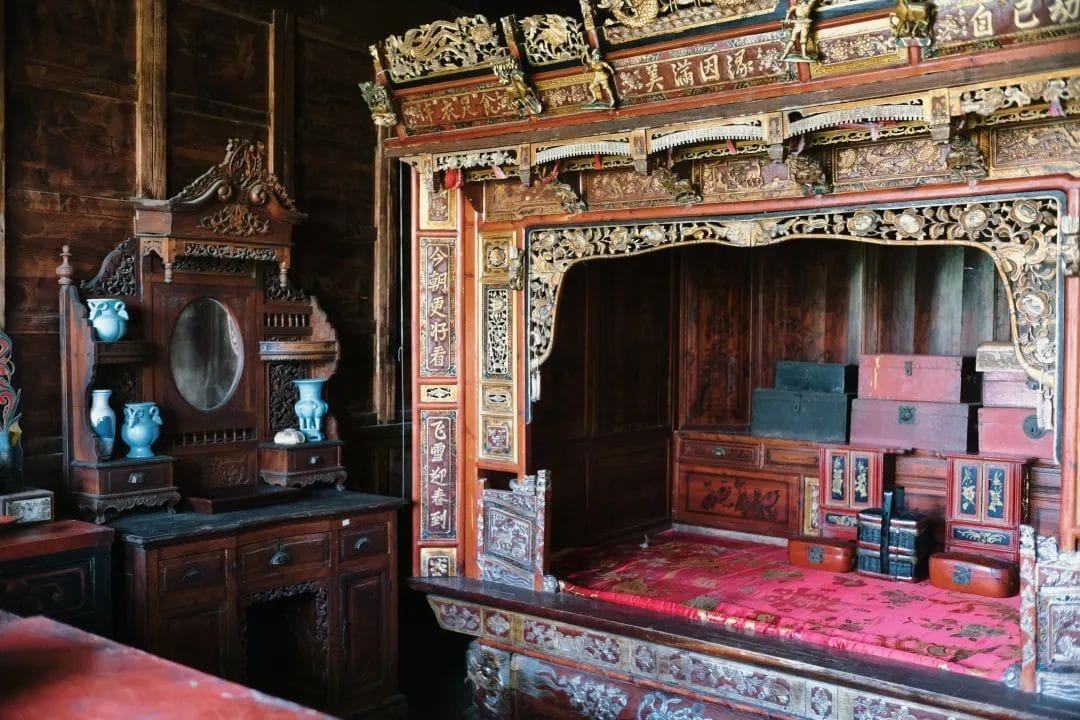
After multiple destructions and restorations, it still retains a complete nine-courtyard architectural layout, making it worth a visit.
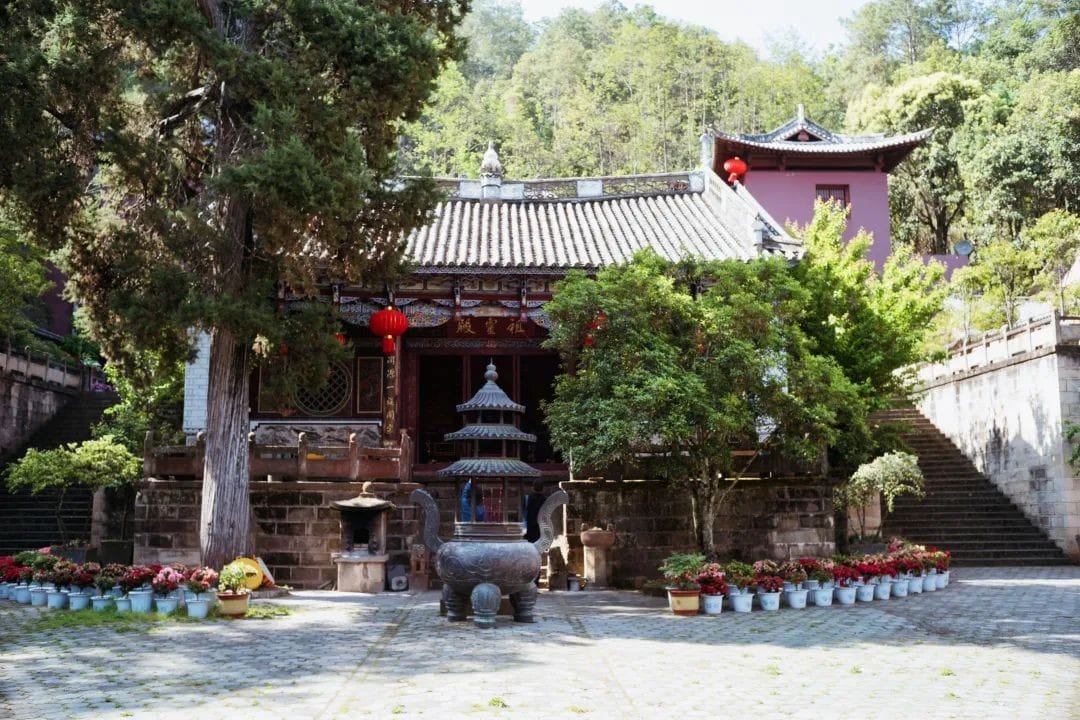
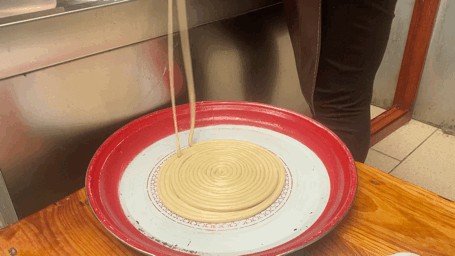
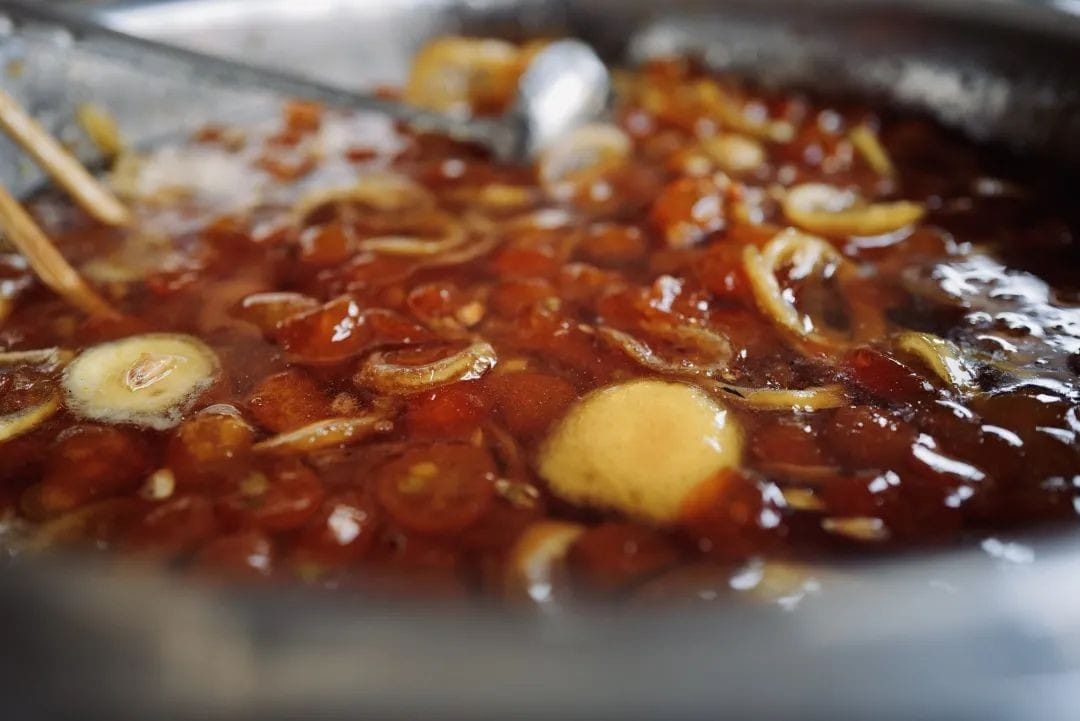
**Wenhua Academy**
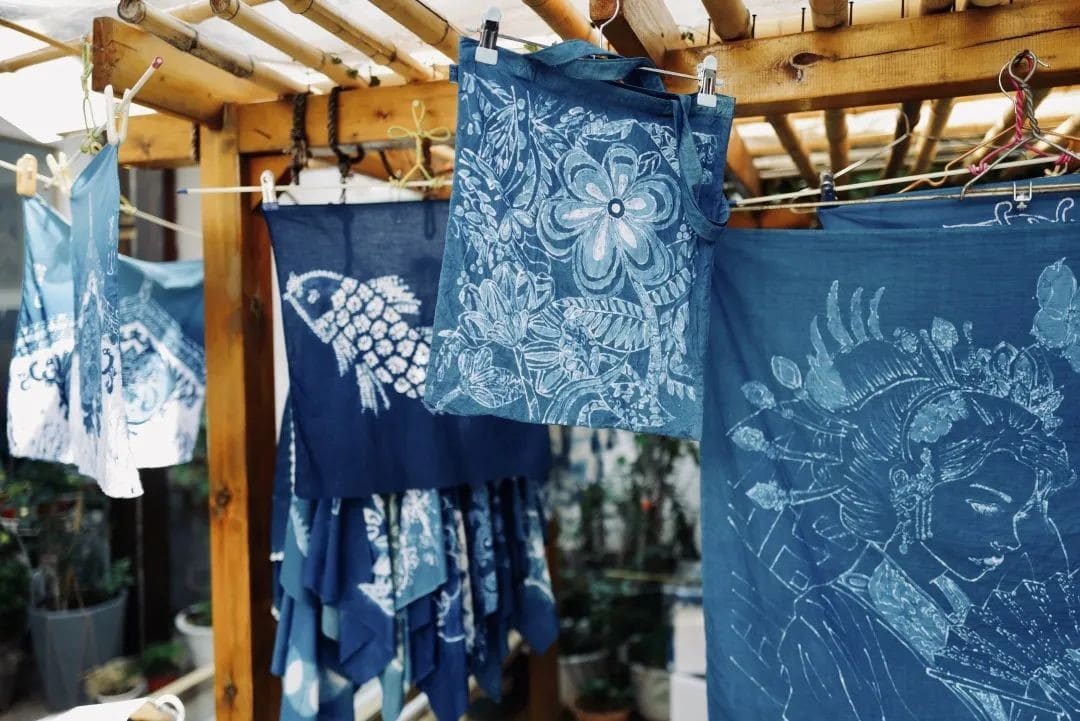
The Wenhua Academy, originally established in the first year of the Guangxu period of the Qing Dynasty, boasts a very beautiful courtyard. Entering the small pavilion on the side, staff members will come to introduce the history of the academy.
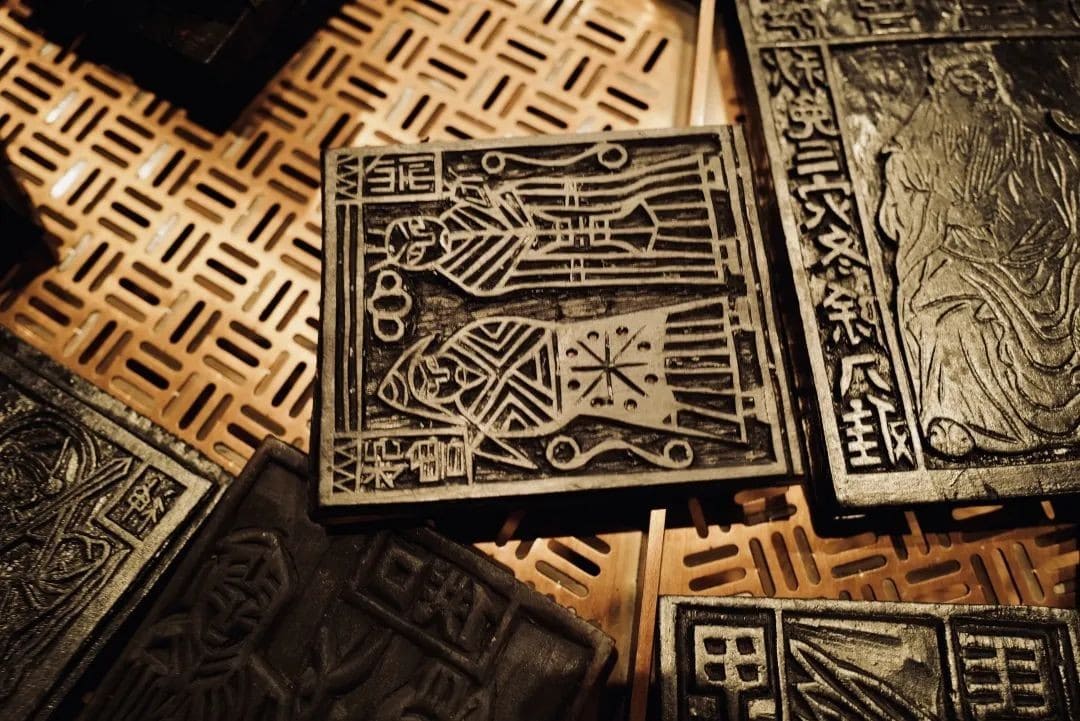
In addition to the exhibition of rare books, there is also a reading room available for people to read, providing a quiet place to spend some time with books.
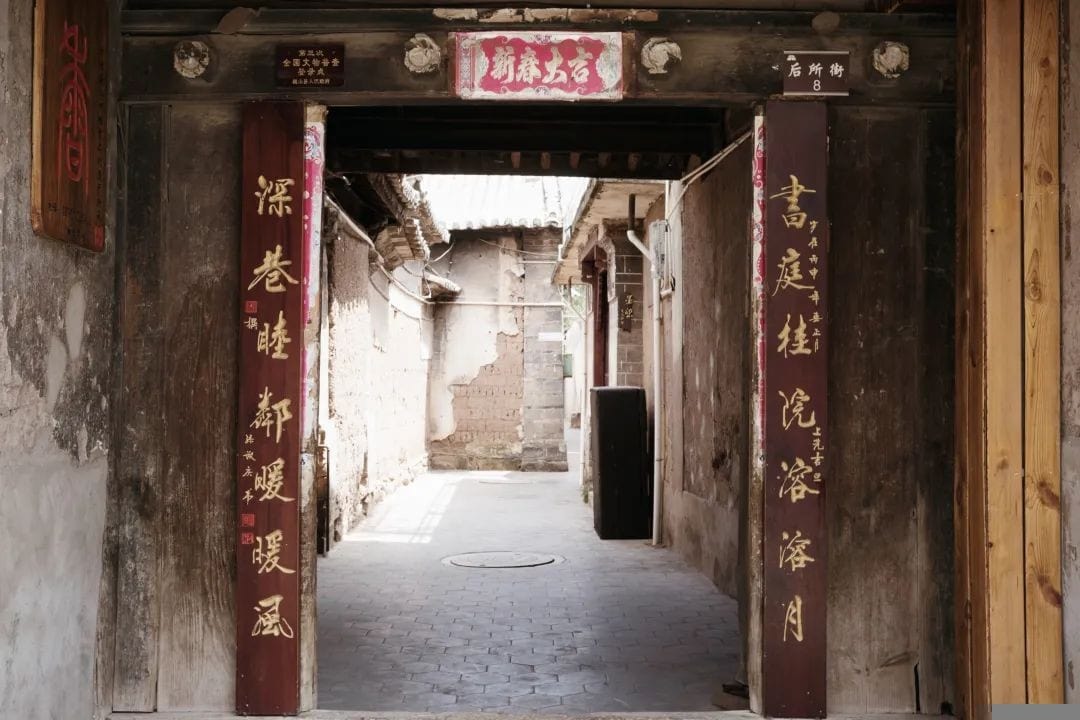
**Weibao Mountain**
If you plan to stay in Weishan for a few more days, Weibao Mountain is a must-visit.
It is one of the first national forest parks in Yunnan and is a renowned Taoist mountain. The mountain has pedestrian paths and horse trails. The supplies needed on the mountain are still transported by horses today.
Every August, there are many matsutake mushrooms to be picked in the back of Weibao Mountain.
**Nanzhao Tuzhu Temple**
Although Weishan was once the capital of Nanzhao, most of the buildings we can see now are from the Ming and Qing dynasties. Genuine ancient Nanzhao architecture is very rare, with the most intact being the Nanzhao Tuzhu Temple, built in 714 AD.
The Yi people have been conducting sacrificial activities at the Nanzhao Tuzhu Temple for over 1,300 years without interruption.
Every year on the eighth day of the second lunar month, Yi representatives from all over the country come to the temple to seek ancestral worship. At that time, the ancient sacrificial music, led by the suona horn, will be played, instantly transporting us back a thousand years.
Unable to resist, I asked an inappropriate question: “Can Han Chinese participate?” The answer was: “With an invitation letter, you can.”
There is a rumor in the world that the Indians and the Yi people share a common ancestor, though its authenticity is uncertain. However, the murals in the Nanzhao Tuzhu Temple do indeed have a distinct “Indian” exotic feel.
Perhaps the ancient Tea Horse Road had already intertwined the cultures of the world.
Taoist Temples
After passing the Nanzhao Tutu Temple, the entire mountain is filled with Taoist temples.
From the literary and film works I watched as a child, it was always said that the life of Taoist monks was quite austere. But in Weibao Mountain, it seems to me that the Taoists are living a life of leisure, akin to that of Tao Yuanming’s divine existence.
Breathing in the freshest mountain air, cultivating one’s favorite succulent plants, raising cats, and living in rhythm with the mountain’s breath—one’s spirit and energy couldn’t be better. This is probably due to the protection of the mountain god.
Here’s a little-known fact: in the Taoist temples of Weibao Mountain, if you’re lucky, you can ask the Taoist masters for tea.
Of course, you can also pay to sit down and enjoy tea, which is made from wild tea leaves dried by the Taoists themselves.
If you stay in Weishan for three days and two nights, the ancient town of Weishan and Weibao Mountain are enough for daily strolls.
If you stay longer, you can visit Donglianhua Village, a typical Hui Muslim village with many well-preserved Ming and Qing dynasty buildings. Here, you can experience the local customs and culture of the Hui people.
Eating in Weishan
It’s often said, “Play in Dali, eat in Weishan,” and Weishan is far tastier than Dali.
In fact, on the streets of Dali, you can see many restaurants offering Weishan’s pa meat rice noodles. Since Weishan is so close to Dali, why not go to the source to eat?
Snacks
Crossing-River Rice Noodles
Rice noodles are a specialty of Yunnan, made from rice. They look like rice noodles but have the texture of rice cakes. The rice noodles I had in Weishan were even more glutinous than those in Dali.
The Crossing-River Rice Noodles, however, can only be found locally in Weishan and are the premium version of the pa (pá) meat rice noodles.
The standard set includes a bowl of rice noodles, a bowl of pa meat, and a few side dishes. The side dishes are all pickled by the shop itself.
The pa meat is stewed to perfection, with the pork leg meat already shredded. Although it looks heavily seasoned, it actually tastes completely non-greasy, with a hint of sesame flavor.
The standard way to eat it is to dip the rice noodles into the pa meat broth before eating, hence the term “crossing-river.”
Eating the rice noodles with the pa meat creates a wonderful chemical reaction, making it even more fragrant and glutinous. For those with smaller appetites, two people can share a medium portion.
🍽 Restaurant: Lao Wang Crossing-River Rice Noodles
Paw Meat Vermicelli
Paw Meat Vermicelli is essentially the non-cross-river version of Cross-River Vermicelli. In Weishan, as long as the restaurant is run by locals, you generally won’t go wrong.
I’ve discovered that Yunnanese people are truly particular about dipping sauces. I used to be puzzled why our Yunnan photographer, Teacher Potato, would arrange a plate of dry dip when eating barbecue.
After eating more in Yunnan, I realized that locals truly pair everything with dipping sauces. Moreover, each shop’s dipping sauce area has no less than ten types of seasonings, and every Yunnan person probably has their own secret recipe.
🍽 Shops: Luo Ji Luo Wei Paw Meat Vermicelli, Hotel Breakfast at Yihuo Yunxi Jinshi Di
One Ancient Noodle
“One bowl of noodles is one strand, one pot of noodles is one strand, one family eats one strand, and a thousand people eat one strand…”
A must-try in Weishan is the One Ancient Noodle, where the noodles are made of a single unbroken strand.
The most impressive part is watching the aunt put the noodles into the pot, a seamless process.
However, the taste of the noodles themselves is rather ordinary. The red topping looks heavy in flavor, but it’s not very spicy. Friends from the Yangtze River Delta might find it too oily if they have it for breakfast.
🍽 Shop: Su Laosan One Ancient Noodle
There are also some satisfying and not overly filling snacks in Weishan, scattered throughout the ancient city. Grilled vermicelli cakes, millet cakes that suit the Jiangsu-Zhejiang-Shanghai palate, thin bean paste, and Weishan’s old popsicles wrapped in paper (with many flavors, though the cheese popsicle is not as good as those in Shaxi)… Worth trying if you pass by.
Honey-preserved fruit shops are everywhere, with many varieties, though most are on the sweeter side. You can taste before you buy.
Main Meals
Eating local dishes in Weishan can be a bit adventurous, as some dishes use local medicinal herbs, which may be less acceptable to non-locals.
For example, foods like hairy tofu, which are loved by some and loathed by others, were enjoyed by the Shandong sister we were with, who even mixed it with rice. But I took a small taste and almost couldn’t handle it, the rotten tofu was just that.
Following hairy tofu, fishy-stem was even more unbearable for the taste buds. I didn’t dare to challenge it, but the brave Ni Zi tried it. Her overly expressive facial expressions spoke volumes. If you are not from Yunnan, Guizhou, or Sichuan, please do not easily try fishy-stem.
The two main meals arranged at the hotel were one local dish and one chicken feast. If there are dishes you really can’t accept, you can ask the kitchen to change them.
🍽 Shops: Lao Er Restaurant, Master Kun, Qionglin Private Cuisine (inside Yihuo Yunxi Jinshi Di)
Tea Time
In Weishan, tea culture is also an essential part of life. Whether it’s a casual chat or a formal gathering, tea is always present. The local tea shops offer a variety of teas, from the famous Pu’er to local specialties. It’s a great way to relax and immerse yourself in the local culture.
In Shaxi and Xizhou, I had the pleasure of visiting coffee shops that truly impressed me. Unfortunately, my brief experience in Weishan left me somewhat disappointed, as the atmosphere was pleasant, but the coffee quality was just average.
However, Weishan is famous for its local favorite, roasted tea. The tea is roasted in handmade earthen pots, and besides plain tea, there are also options like sophora flower tea, sophora fruit tea, and chrysanthemum tea.
The tea-drinking culture in Weishan mirrors that of Chengdu, where the atmosphere is casual and relaxed. A cup of tea costs just three or five yuan, and one can sit and enjoy it for hours.
There are also some more refined tea houses, such as Xingshan Tea House.
### Weishan’s Intangible Cultural Heritage Experiences
As a historically rich small town, Weishan offers many opportunities for immersive experiences in intangible cultural heritage.
#### Tie-dyeing
Most people associate tie-dyeing with Dali, but Weishan’s tie-dyeing culture actually predates Dali, tracing back over a thousand years to the Nanzhao period.
In the ancient town of Weishan, there is a place called Xingwei Craftsmanship where you can experience the most authentic plant tie-dyeing.
Tie-dyeing involves using tools like yarn, thread, and rope to bind, sew, and tie fabric in various patterns before dyeing it.
Upon entering the shop, you first choose a pattern and then prepare the fabric accordingly. I chose a basic continuous pattern, which simply required folding the fabric into a triangle and tying it onto a stick.
Nizi chose a more advanced pattern, a “Sea Rising with the Moon.”
The process before dyeing was more complex than mine; she first sewed cotton (representing stars) onto the fabric and then tied the fabric onto a bucket, with the tied circles symbolizing waves.
The dye is made from banlangen (Isatis root) and is stored in a large vat. The fabric starts off green and, after soaking and exposure to sunlight, oxidizes to become the classic blue of tie-dyed fabric.
The tie-dyed fabric made from plants does not fade, no matter how many times it is washed.
Xingwei Craftsmanship also sells many tie-dyed products, including various styles of hats, scarves, Chinese-style clothing, tablecloths of different sizes, and bags for various purposes. It’s hard not to be tempted to buy.
#### Jia Ma
Jia Ma is a type of woodblock print that is part of the Bai ethnic group’s original witchcraft rituals, used for blessings, disaster prevention, andactivities. Its history predates movable type printing by a long time.
The patterns on Jia Ma often depict gods, spirits, birds, beasts, and natural landscapes, exuding a sense of mystery.
At the Yihuo Yunxi Jinshi Hotel, you can experience the joy of printing Jia Ma.
The wooden jia ma, having been printed with ink numerous times, had turned a deep, inky black. The raised parts of the jia ma pattern were evenly brushed with ink, and then a piece of red paper was quickly pressed onto it, completing a piece of paper artwork.
The hotel had quite a variety of jia ma designs, including the twelve zodiac signs, as well as gods of wealth, vehicles, and even a “gambling god.”
The “gambling god” had an upper couplet that read, “I sincerely and earnestly offer incense,” and a lower couplet that said, “Please grant me wealth,” with a horizontal inscription of “Money Bodhisattva from all directions,” and the central four characters: “Protect and ensure winning.”
As someone who always loses at the game of “dry staring,” I printed one out fiercely and took it home.
Making Incense
In a small alley of Weishan Ancient Town, there is a family that has been making incense for generations. They have persisted in handcrafting incense for four generations, and the current head, a millennial named Yang Ruxuan, is the inheritor of the intangible cultural heritage of hand-made incense in Weishan County. He has also established the Chinese incense brand “Heyue Xuanxiang.”
The incense materials used by Heyue Xuanxiang mostly come from local Yunnan, including homemade mugwort, sandalwood, wild atractylodes, wild calamus, agastache, and angelica.
At their home, you can mix these plants to create your favorite scent, then grind them into incense pellets or threads. In an era where perfumes are prevalent, this traditional Chinese incense made by hand is truly special.
This experience of intangible cultural heritage was part of the hotel package at the Yihuo Yunxi Jinshi Di Hotel. While being educated about traditional culture, I also felt the joy of handcrafting. It was truly delightful. Friends who have booked the package should definitely go and experience it if they can!
Staying in Weishan
Before the opening of the Yihuo Yunxi Jinshi Di Hotel, there weren’t really any good hotels in Weishan.
It was the existence of Yihuo Yunxi Jinshi Di that brought many people to Weishan, allowing them to discover its beauty.
Cai Cai has written in great detail about Yihuo Yunxi Jinshi Di before, so I won’t repeat that. Whether it’s the hardware, soft furnishings, various facilities, or services, I, as a Virgo, couldn’t find any flaws.
Here, I’d like to highlight a few details.
From the moment you arrive at Weishan High-Speed Railway Station, the hotel’s service begins. There will be staff holding a hotel sign (with your name on it) waiting for you at the station.
The tie-dyed toiletries bag in the room was custom-made by Xingwei Craftsmanship, which even included practical compartments, so I took it without hesitation.
The in-room amenities are from the Chinese brand Jianzhi, with a fresh set provided daily. What’s even more thoughtful is the inclusion of a 50ml transparent sunscreen. With the abundant and long sunshine in Yunnan, it’s necessary to apply it on your hands. I checked on Taobao, and one tube costs 168 yuan.
The hotel’s restaurant also deserves praise. Since we couldn’t get used to the dish with fishy-stem the first day, the restaurant replaced it the next day, showing that we were well taken care of.
Moreover, this is truly a hotel that has explored the beauty of ancient architecture to the fullest. As I strolled around, I was constantly stopped in my tracks by the beautiful interplay of light and shadow.
The of “The tree desires stillness but the wind will not cease” is concrete and flowing at Yunxi Jinshi Di.
Other hotels that are also “experts in ancient architecture preservation” should really learn from the Yunxi Jinshi Di Hotel. Some hotels converted from old buildings can be quite eerie if the atmosphere isn’t right.
But the Yunxi Jinshi Di Hotel has definitely cured my PTSD from old houses, and this all-inclusive hotel package is just perfect for lazy people like me who hate thinking. I can’t say anything else except that I really like it, and I’m tired of praising it.
Oh, and by the way, the hotel has recently expanded with a large grassy area suitable for camping. It wasn’t ready when Cai Cai visited before, but now it’s almost done, and there are even alpacas and sika deer roaming around.
If you feel that Dali is no longer the utopia it was ten years ago, come to Weishan and experience life like a local.
But personally, I hope it doesn’t get too popular, maintaining its original pace is already wonderful.
⛰️
/ Weishan /
– Transportation –
There is a direct high-speed train from Dali to Weishan (22 minutes)
– Best Seasons to Visit –
Torch Festival (around the 25th day of the sixth lunar month)

